There is a choreography to a Polish wedding and the party that follows that dictates the what, when, where, and how of almost everything. It’s not necessarily obvious at the first wedding and outsider attends, but once you make it through a few weddings, you know what to expect. They’re really not all that different from weddings in America as a whole, but in a surprisingly ironic twist, it’s just bigger. Everything is bigger. More, more, more: more food, more alcohol, more dancing, more singing, more games with the bride and groom.
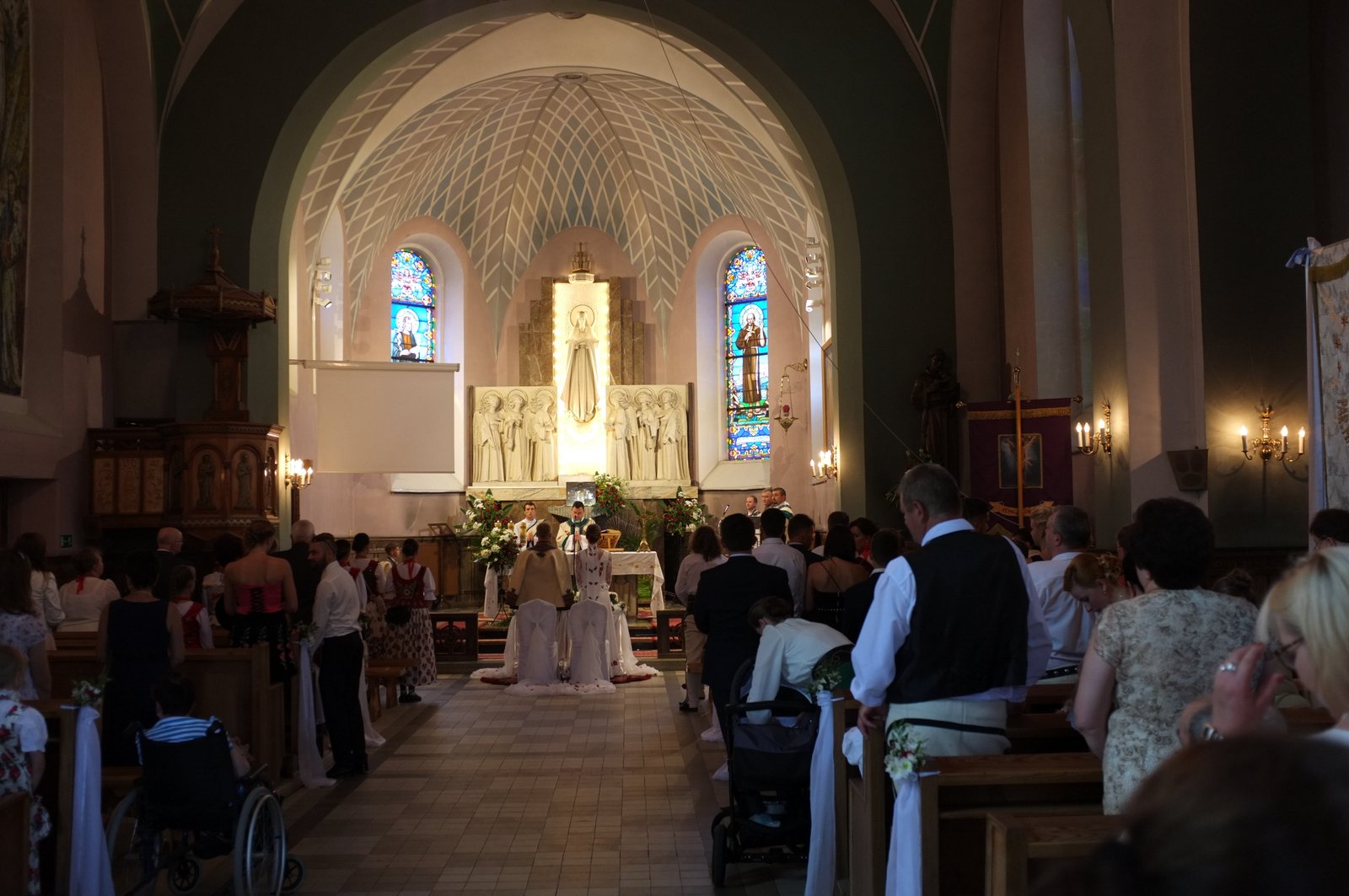
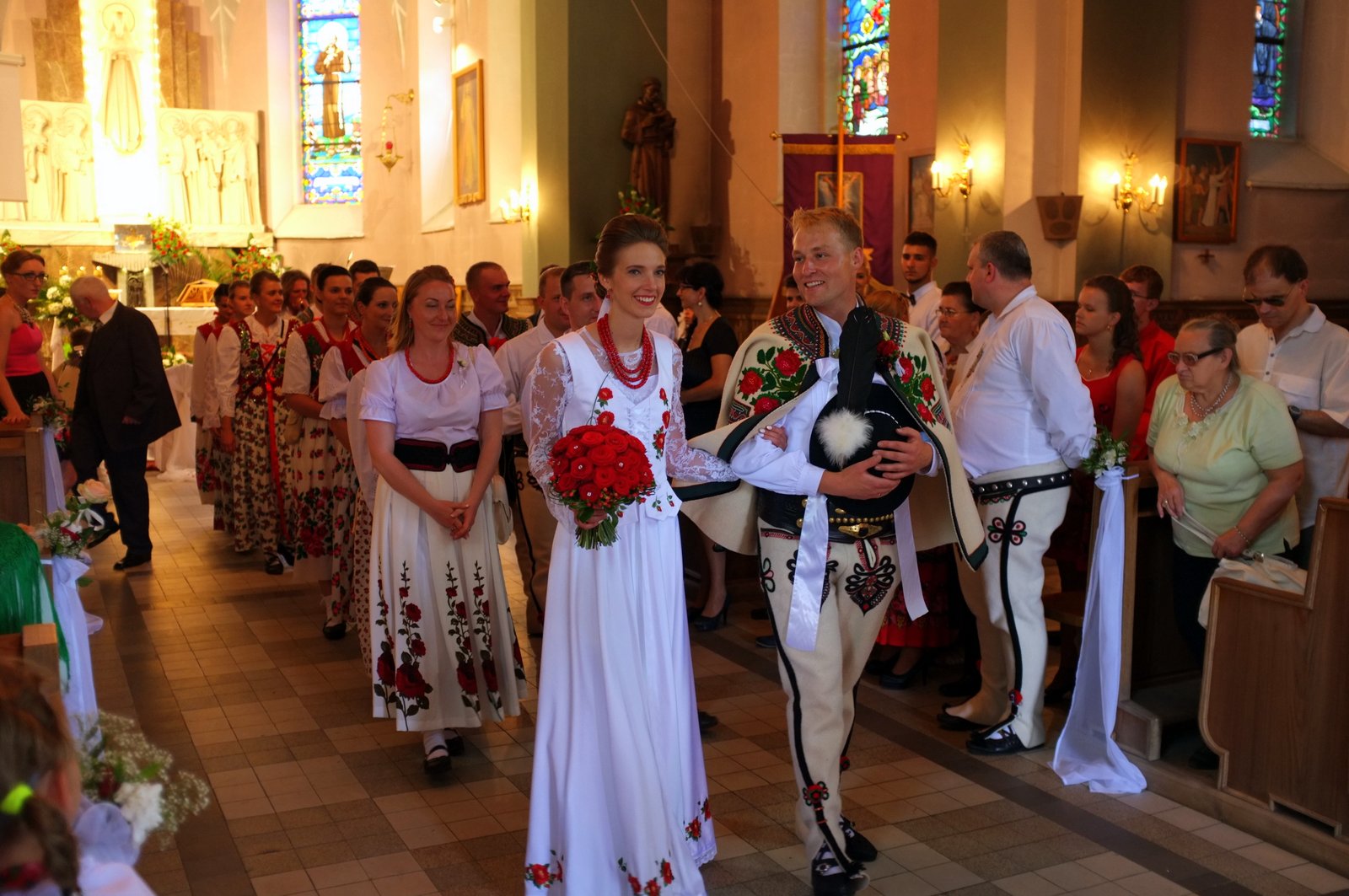
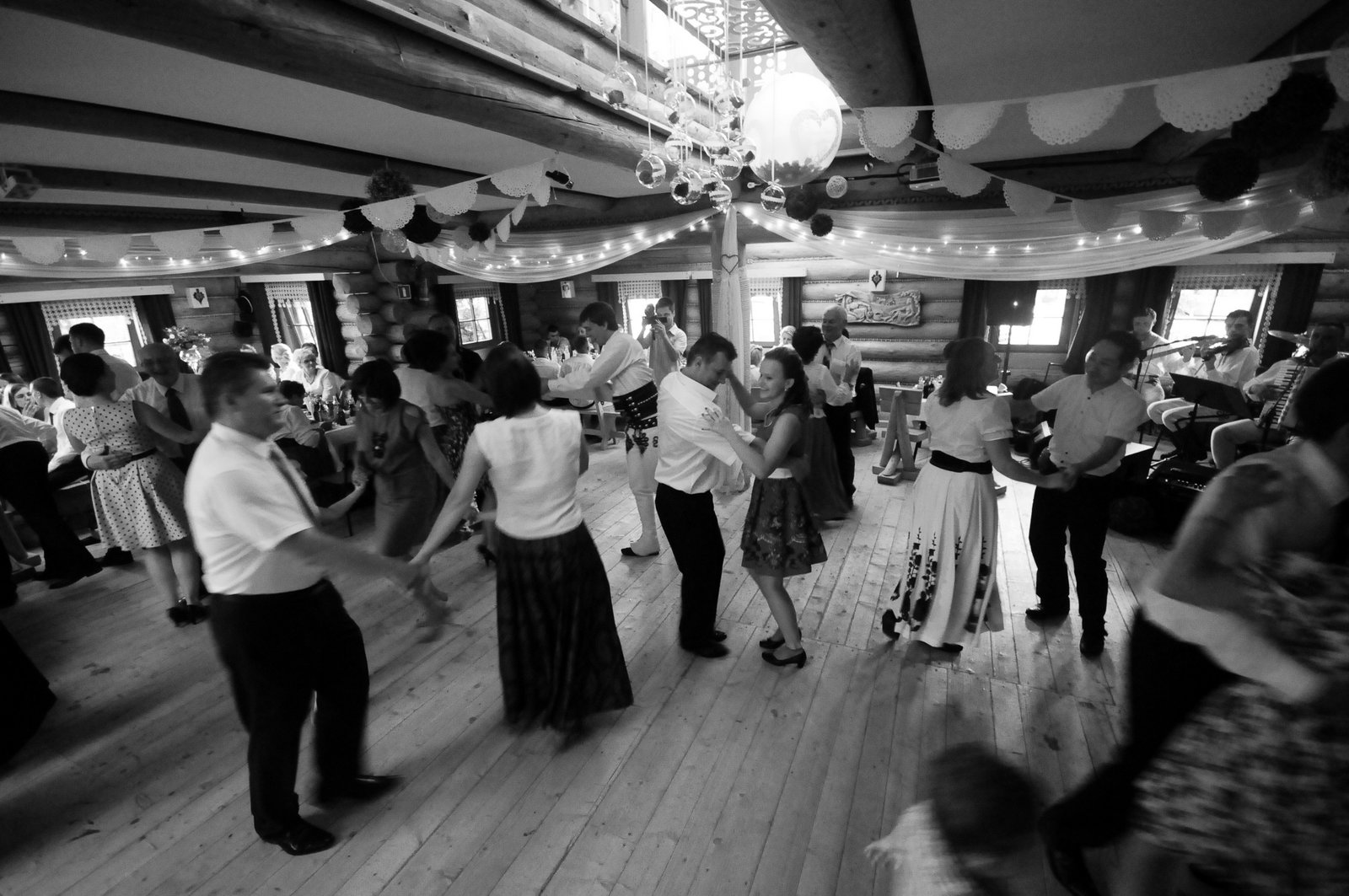
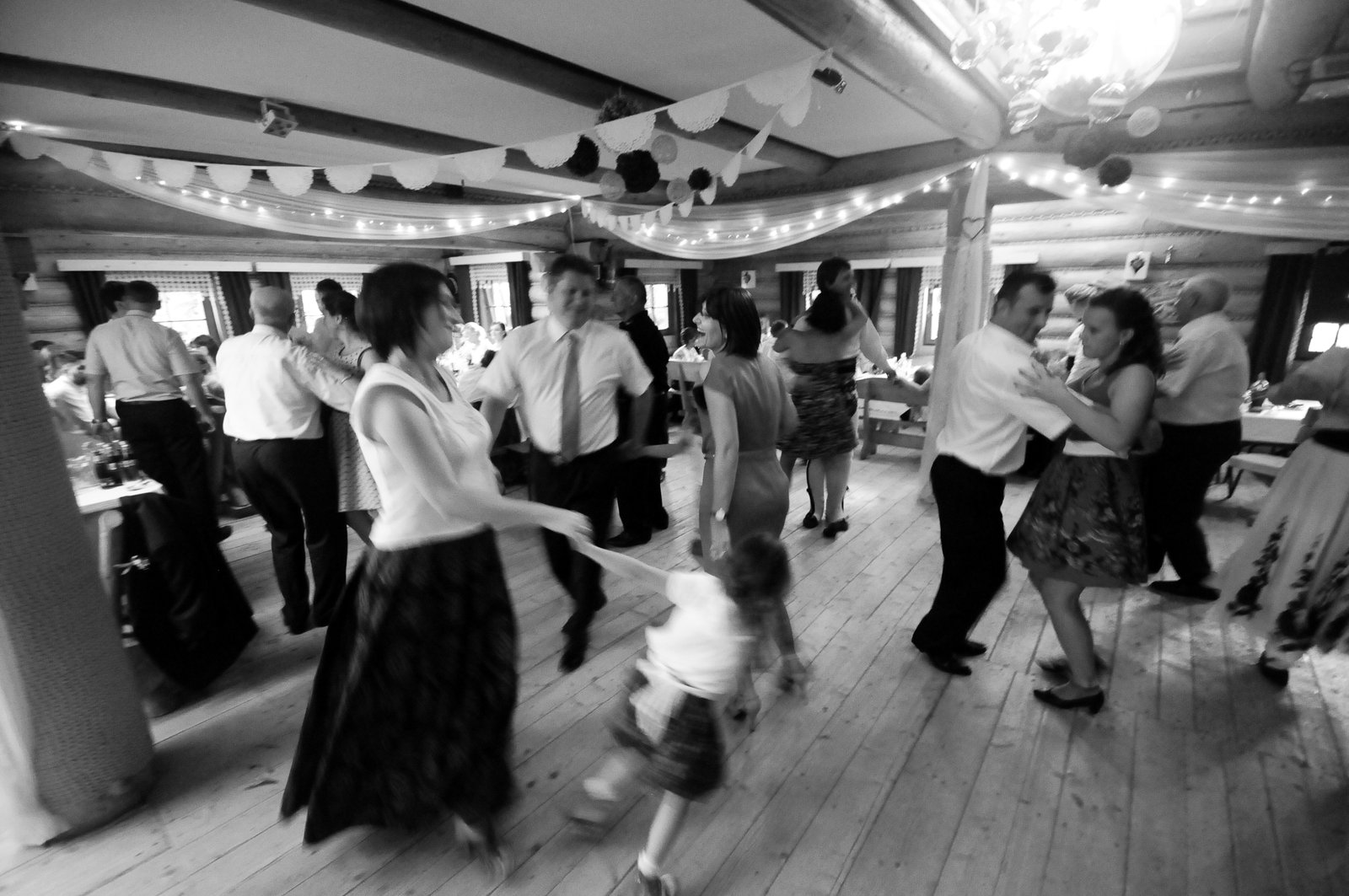
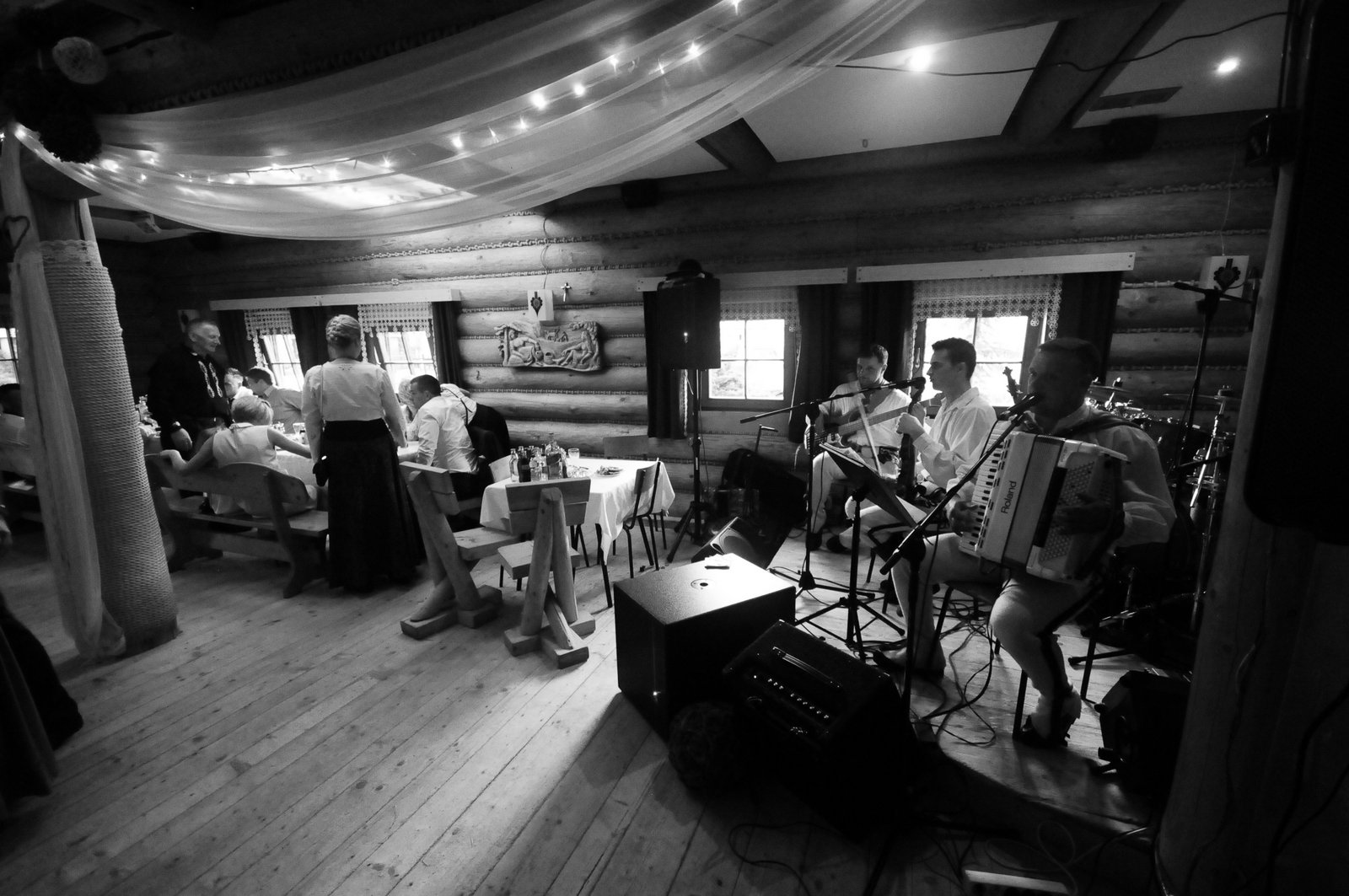
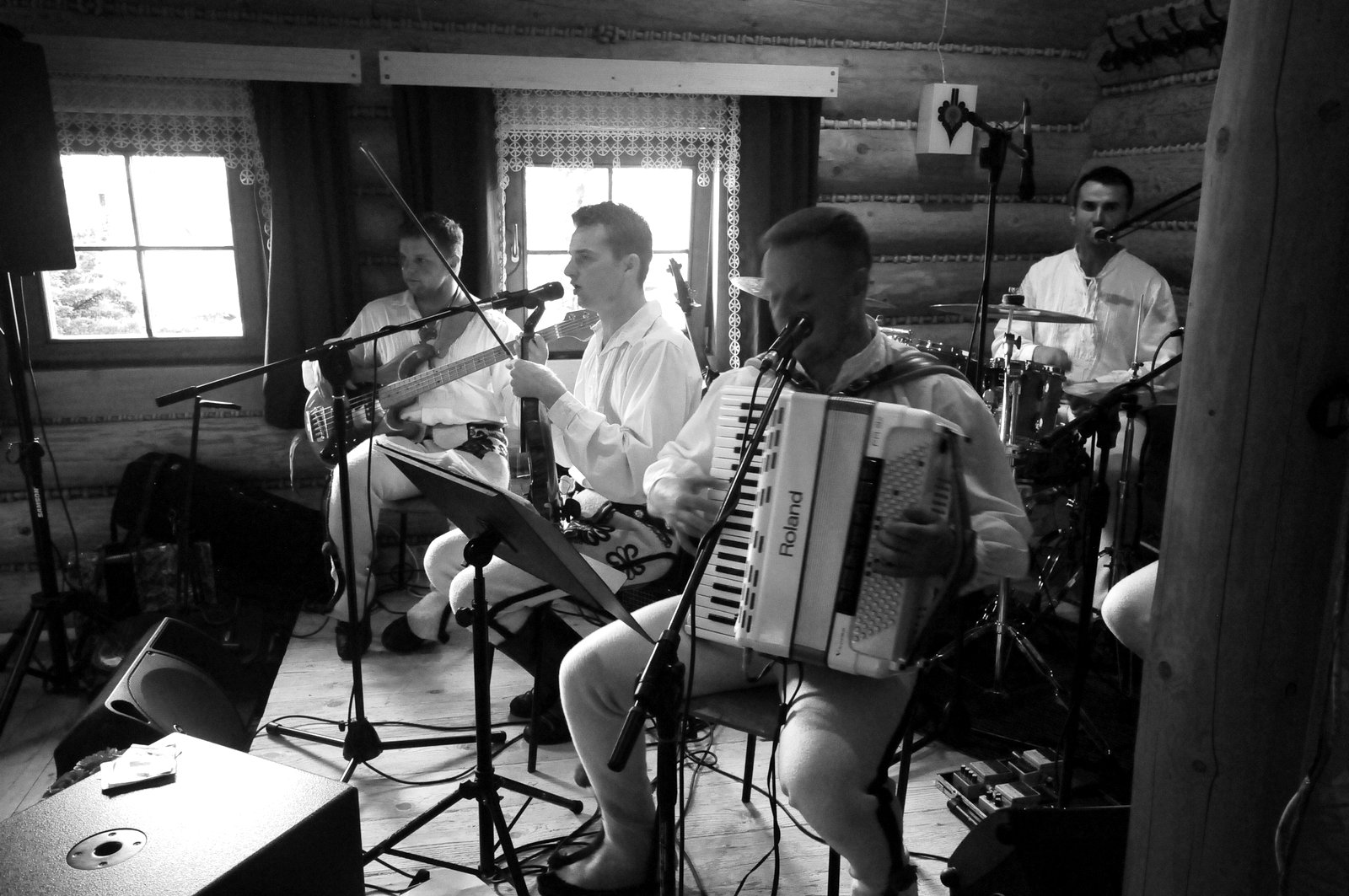
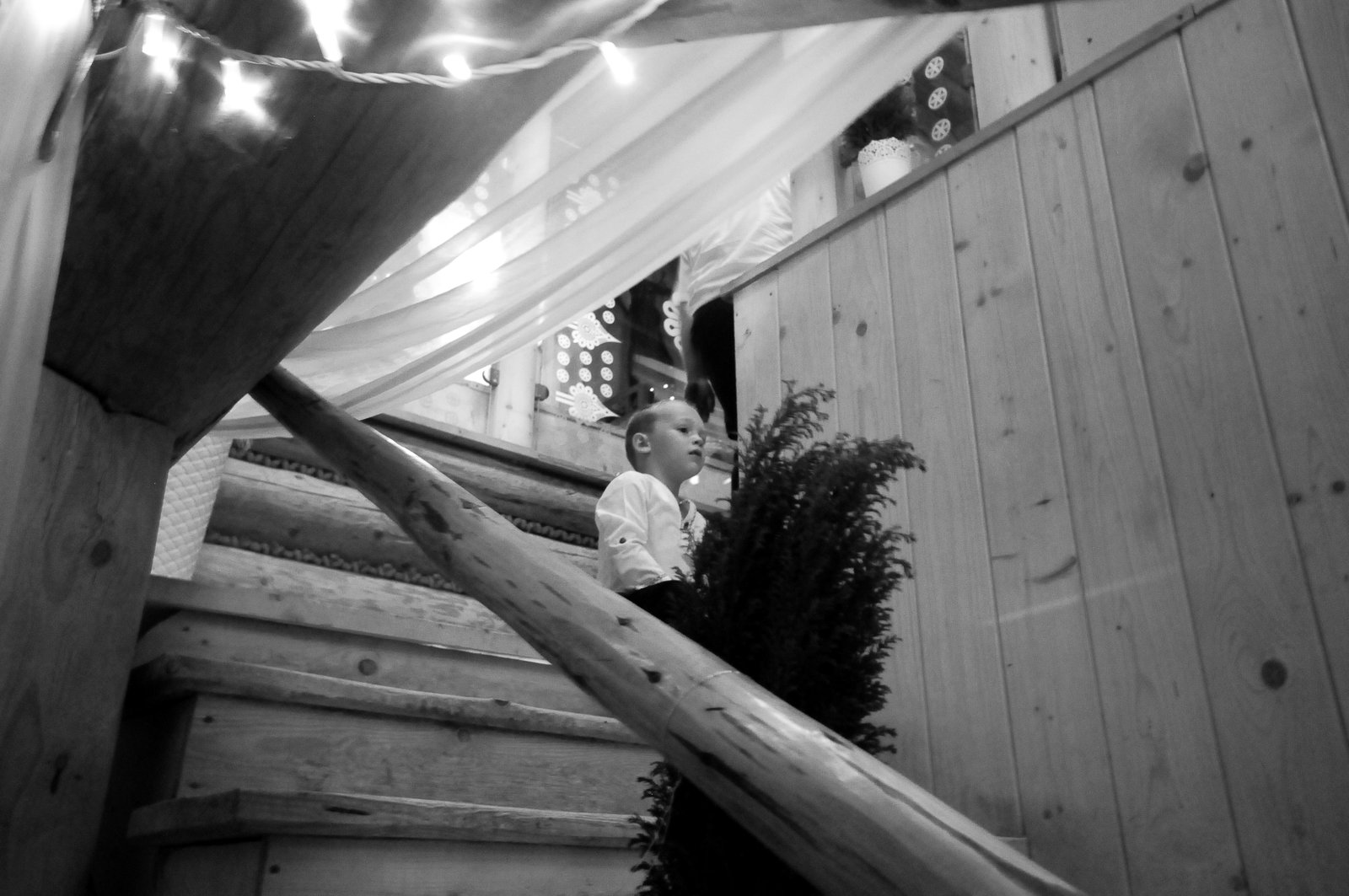
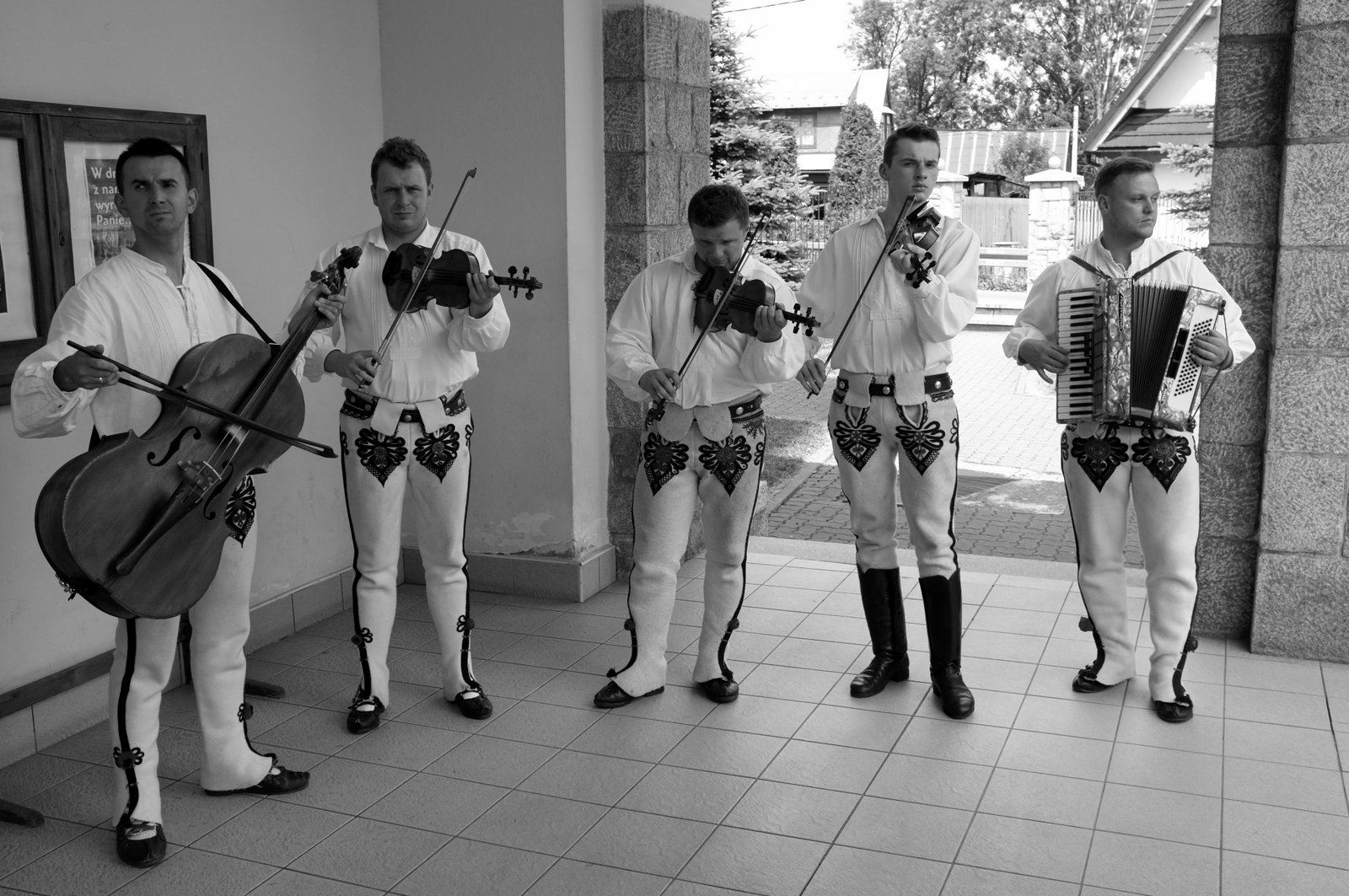
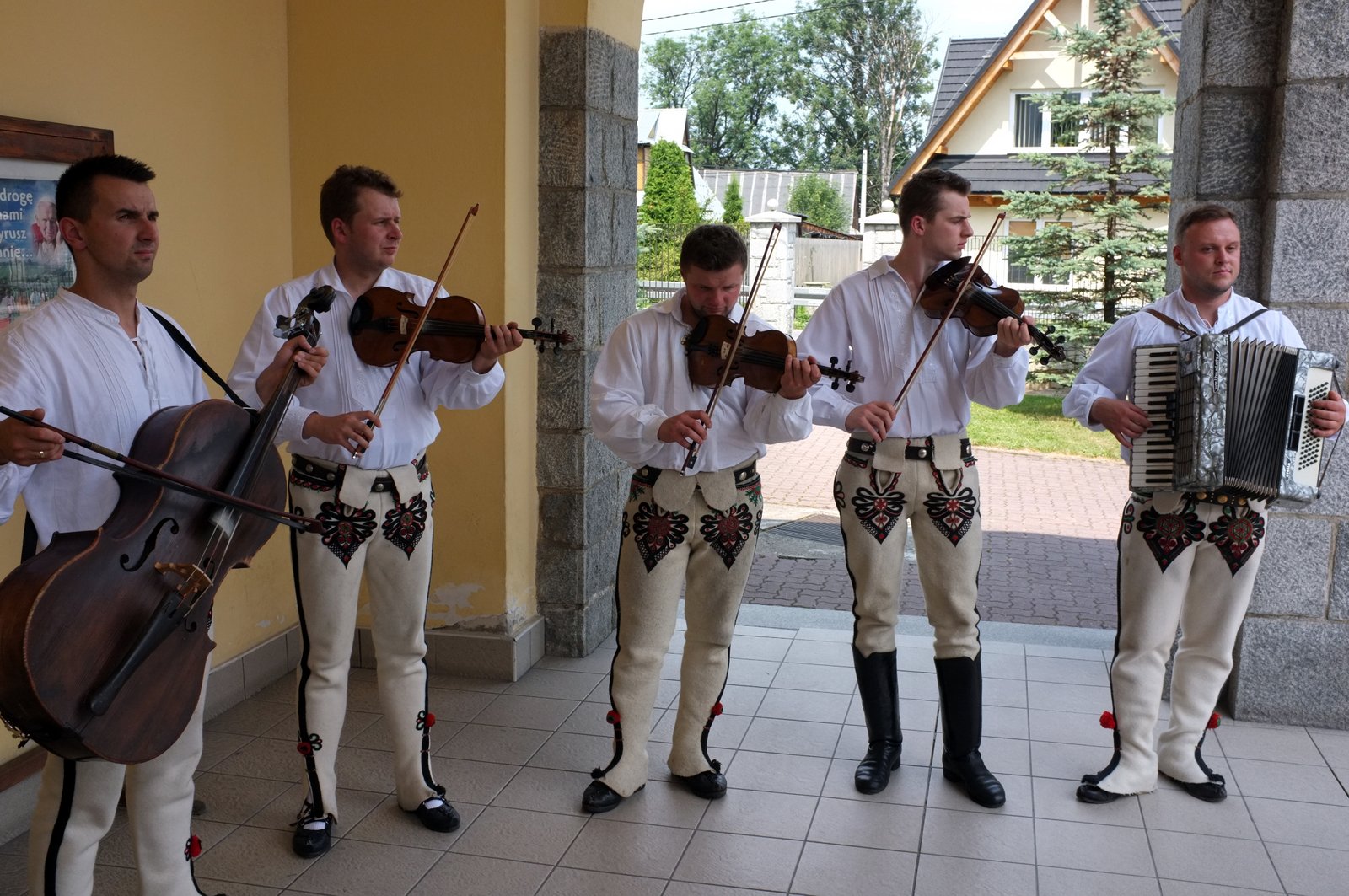
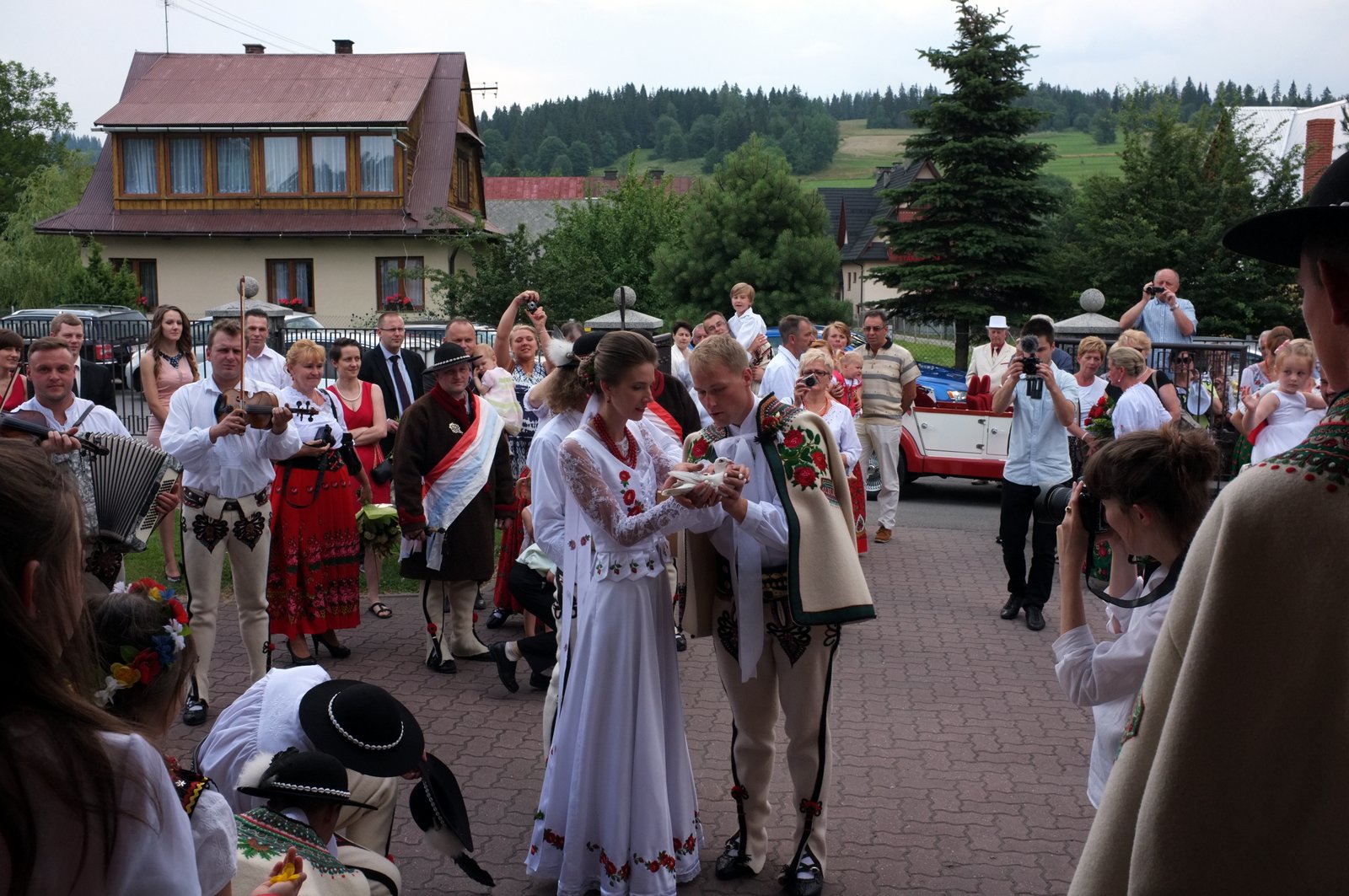
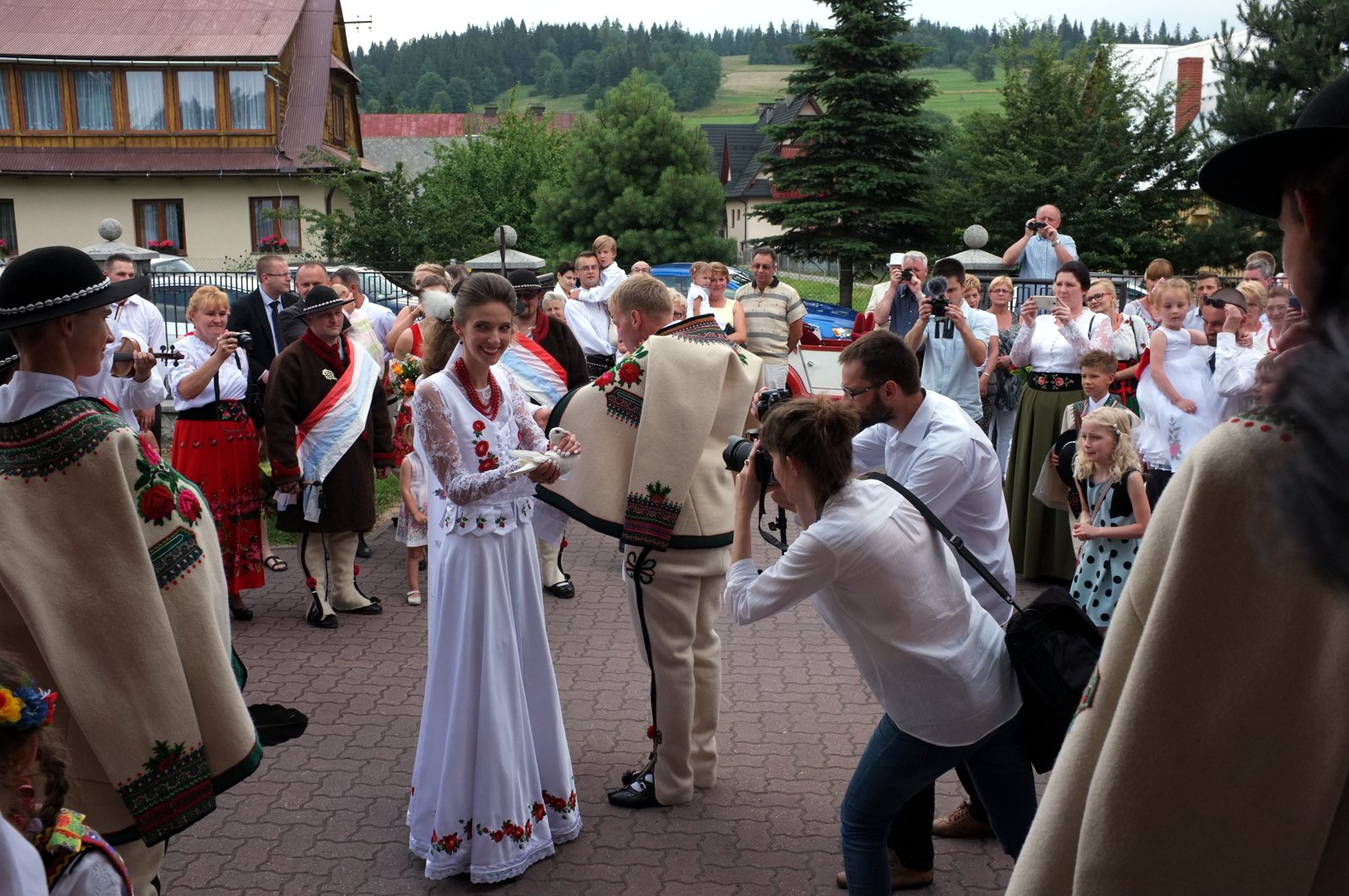
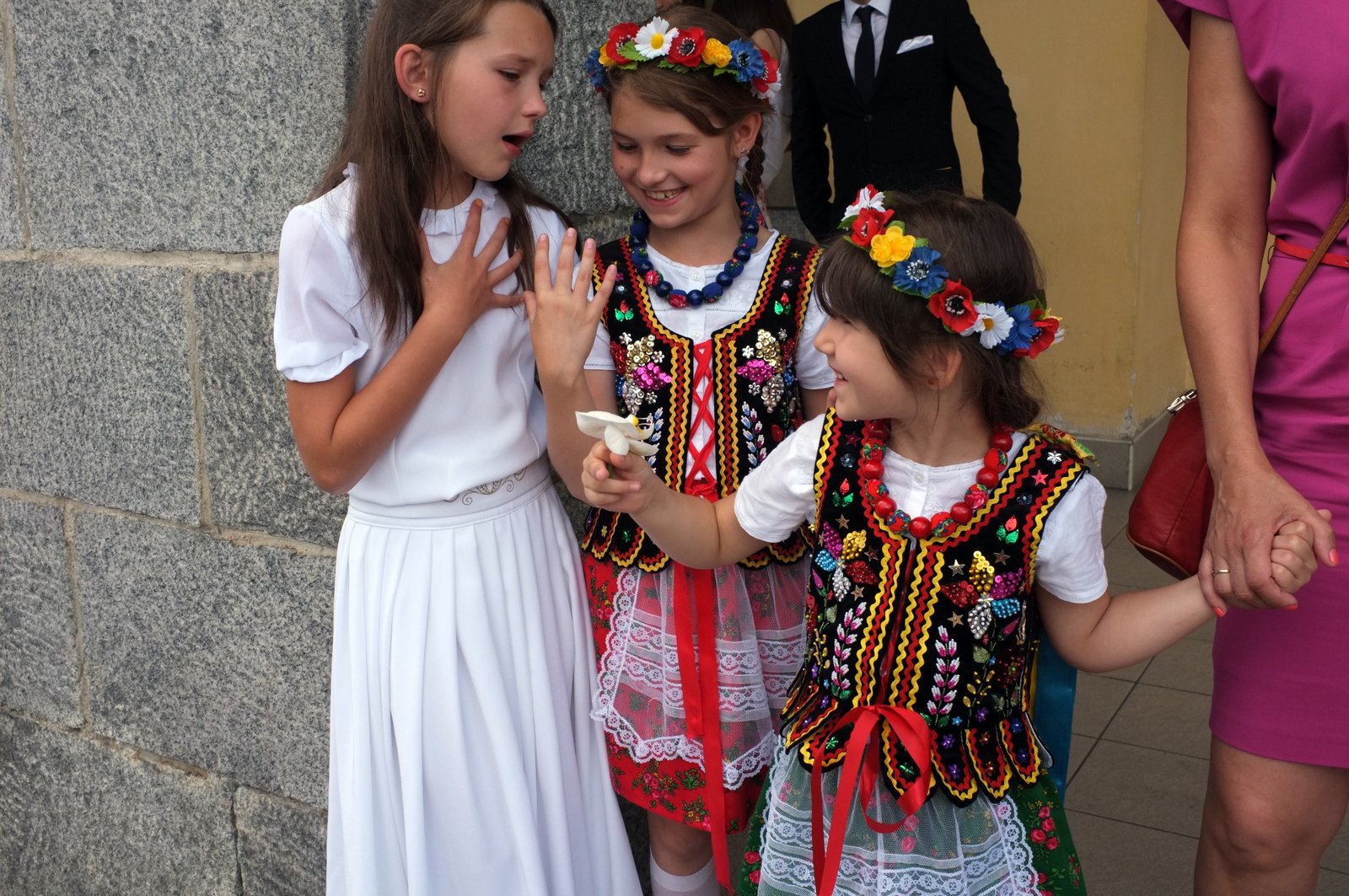
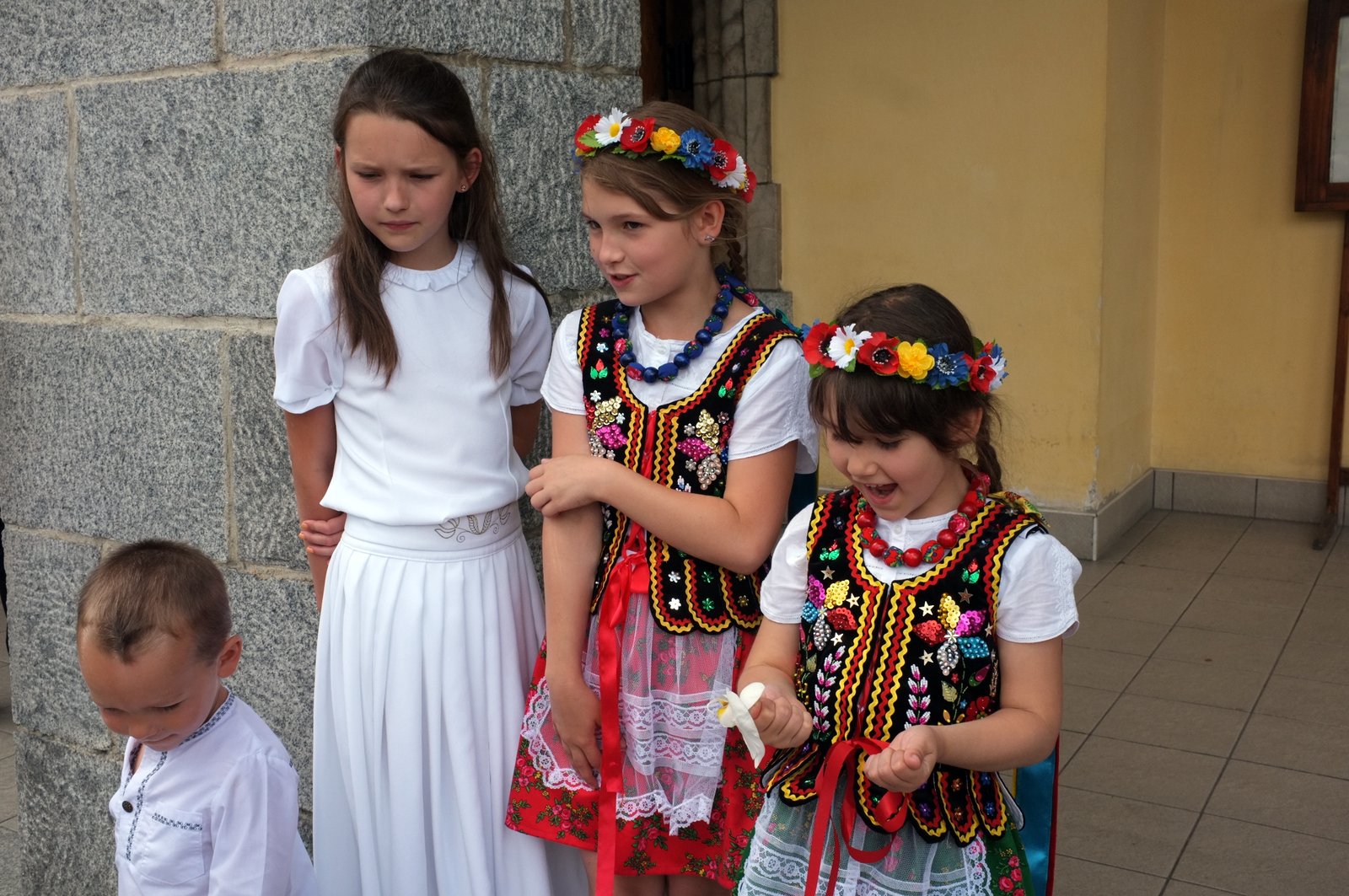
To begin with, there’s the food. It’s everywhere, piled on every table throughout the whole evening. Plates of pickled veggies, cheeses, cold meats, cakes, and bowls of salads cover the tables when guests arrive, and they’re constantly replenished throughout the evening. At the end of each table stand bottles of cola, juice and water, with the center of each table reserved for bottles of alcohol: vodka (obligatory, and in various forms: clear vodka, homemade flavored vodka made with lemons or carmelized sugar, store-bought flavored vodkas — endless vodka), liquours, wines, and more. The groomsmen weave their way among the tables on a regular basis, replacing empty bottles with full from a basket of bottles they carry with them. And that’s not to mention the full meals that are served every four hours or so: plates piled high with two or three meats, some potatoes, two or three salads. Food, food, food; drink, drink, drink. It’s a cornucopia in every sense of the word.

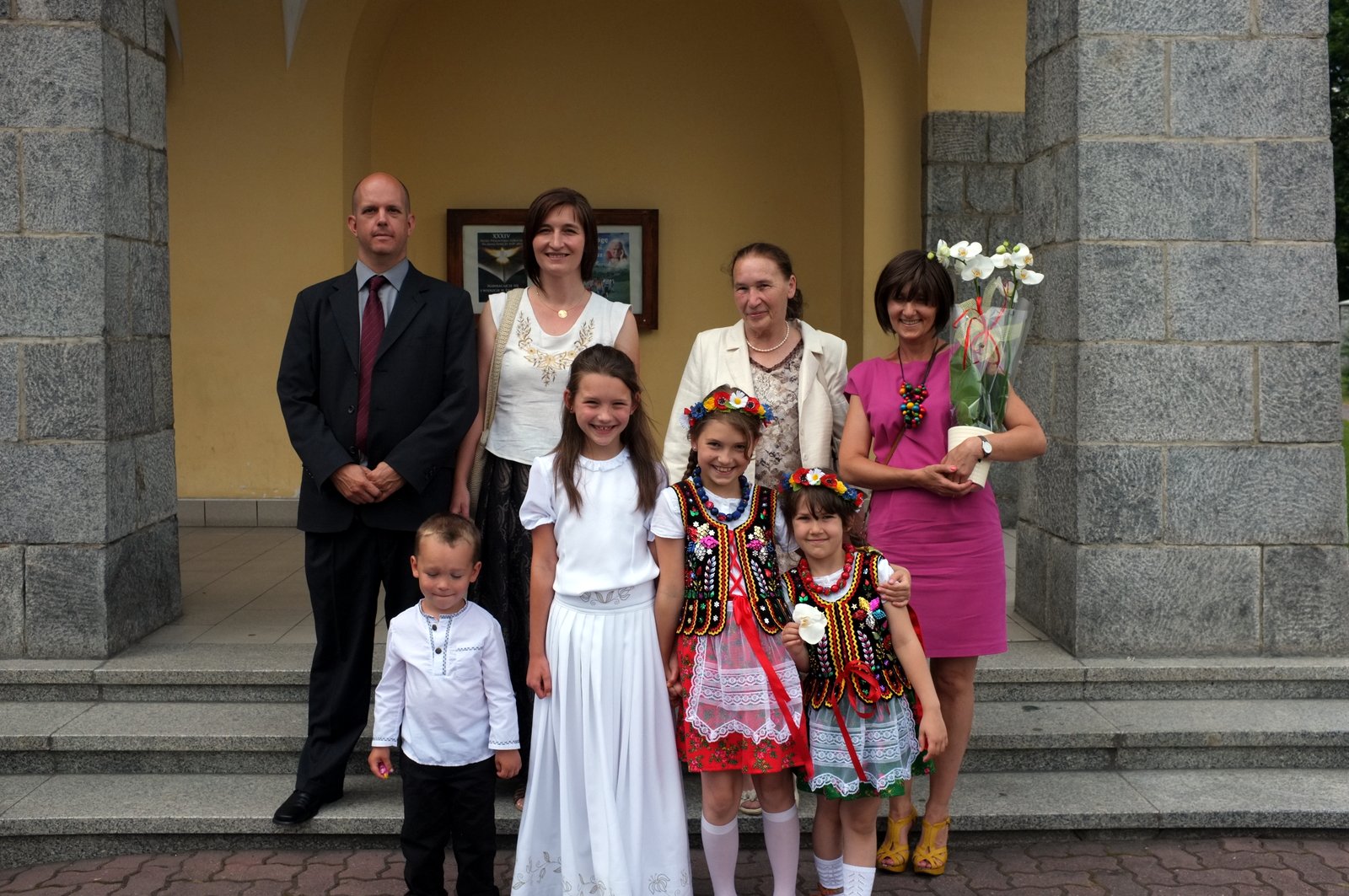
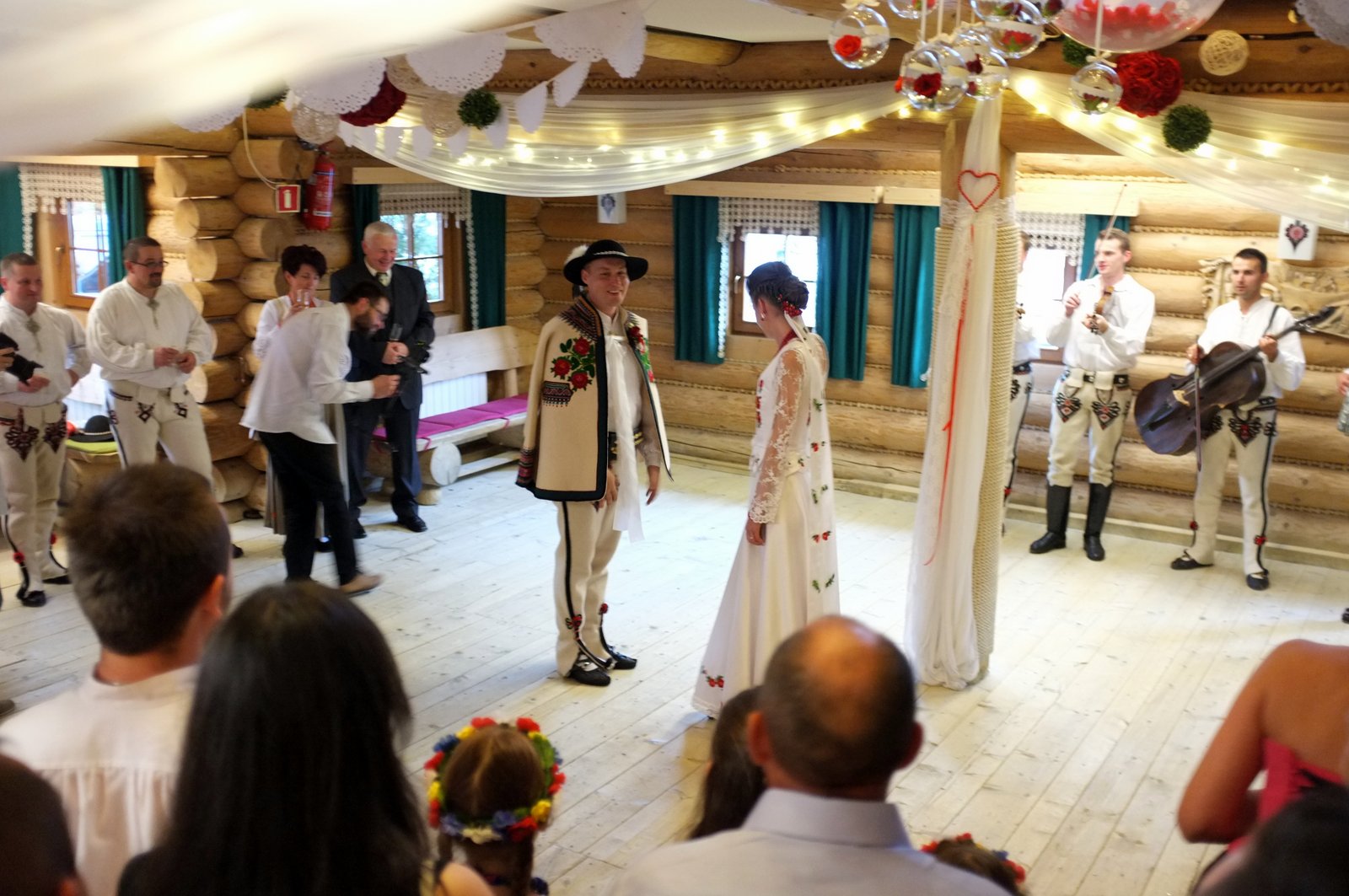
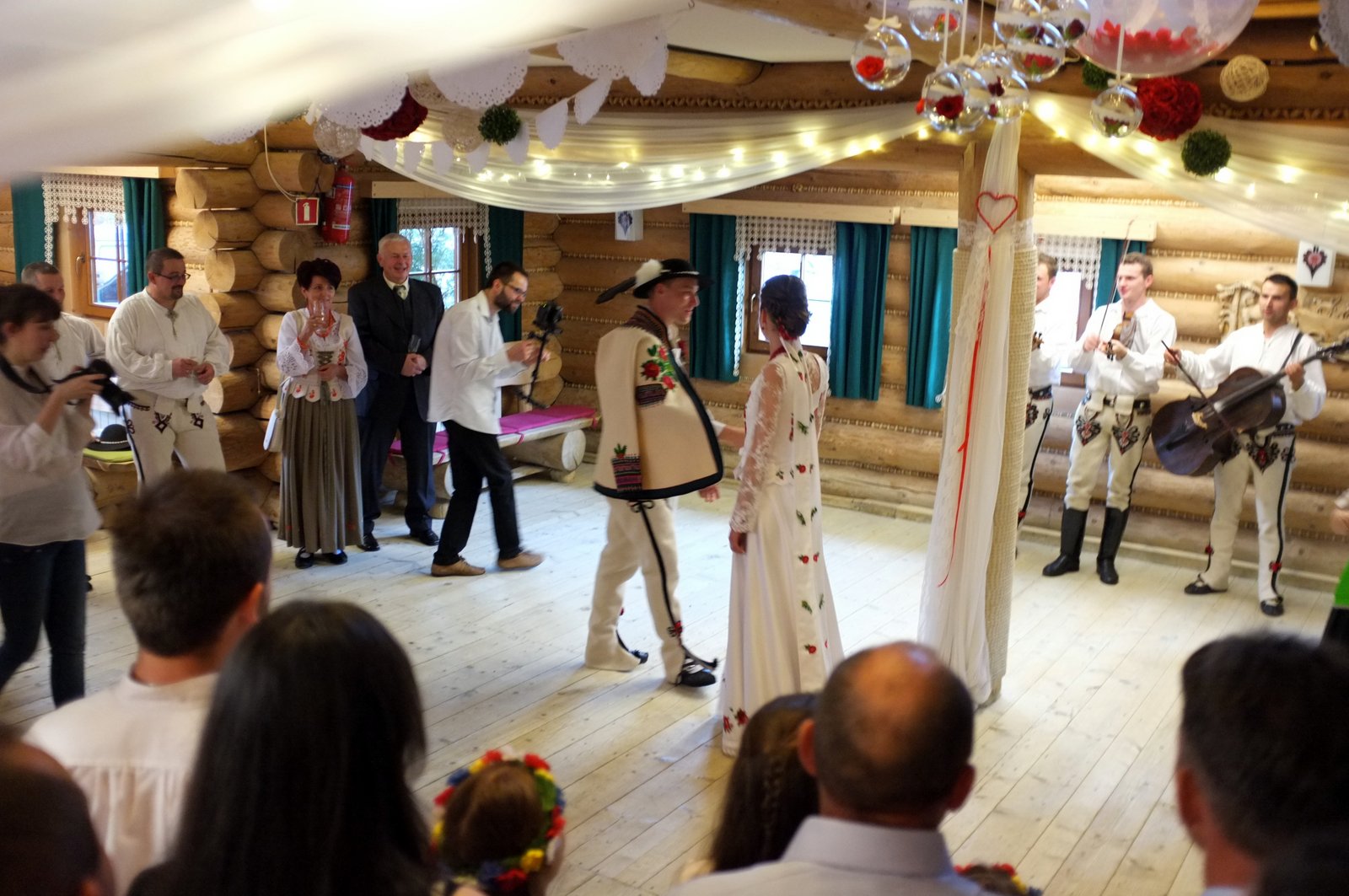
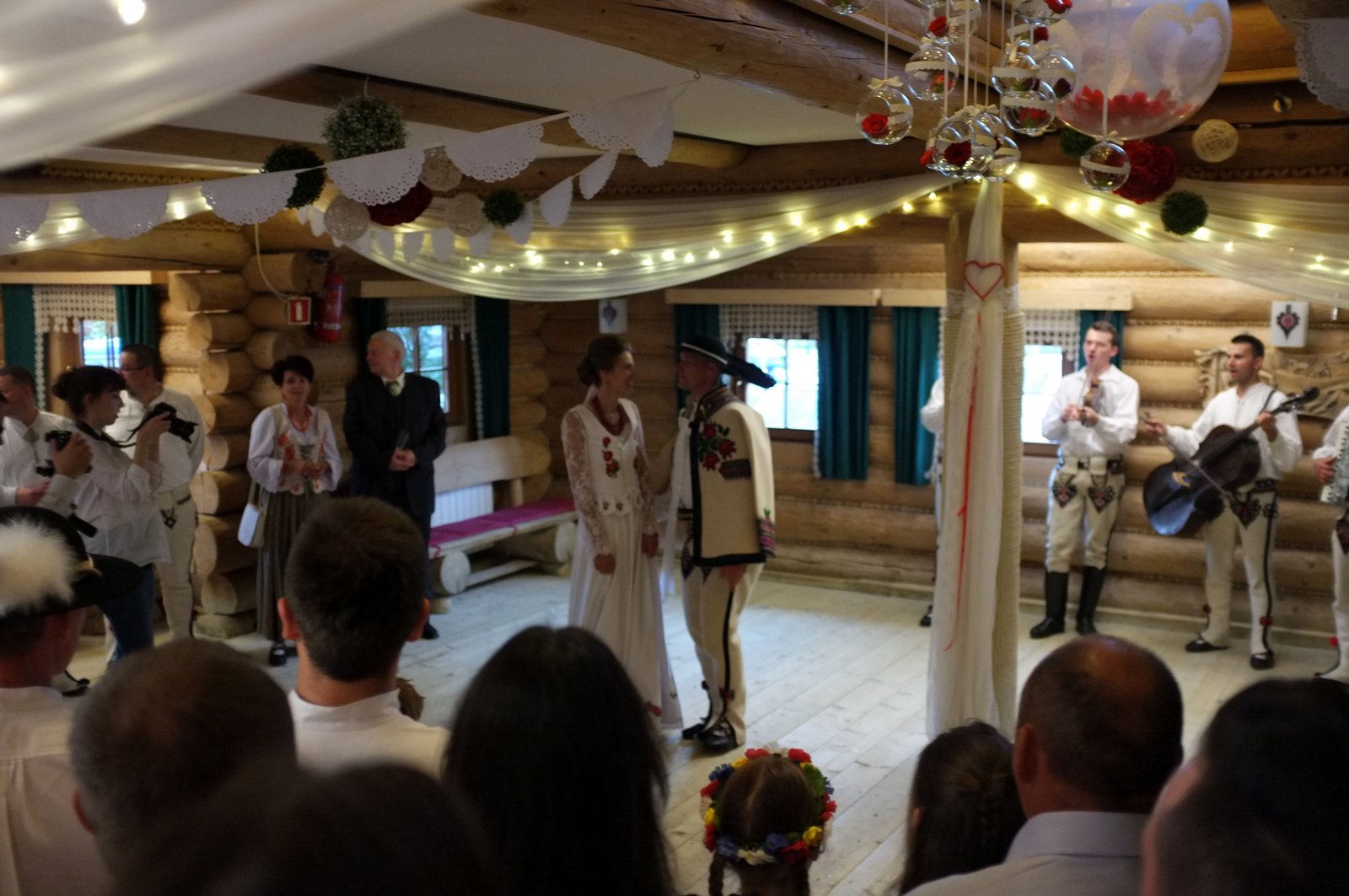
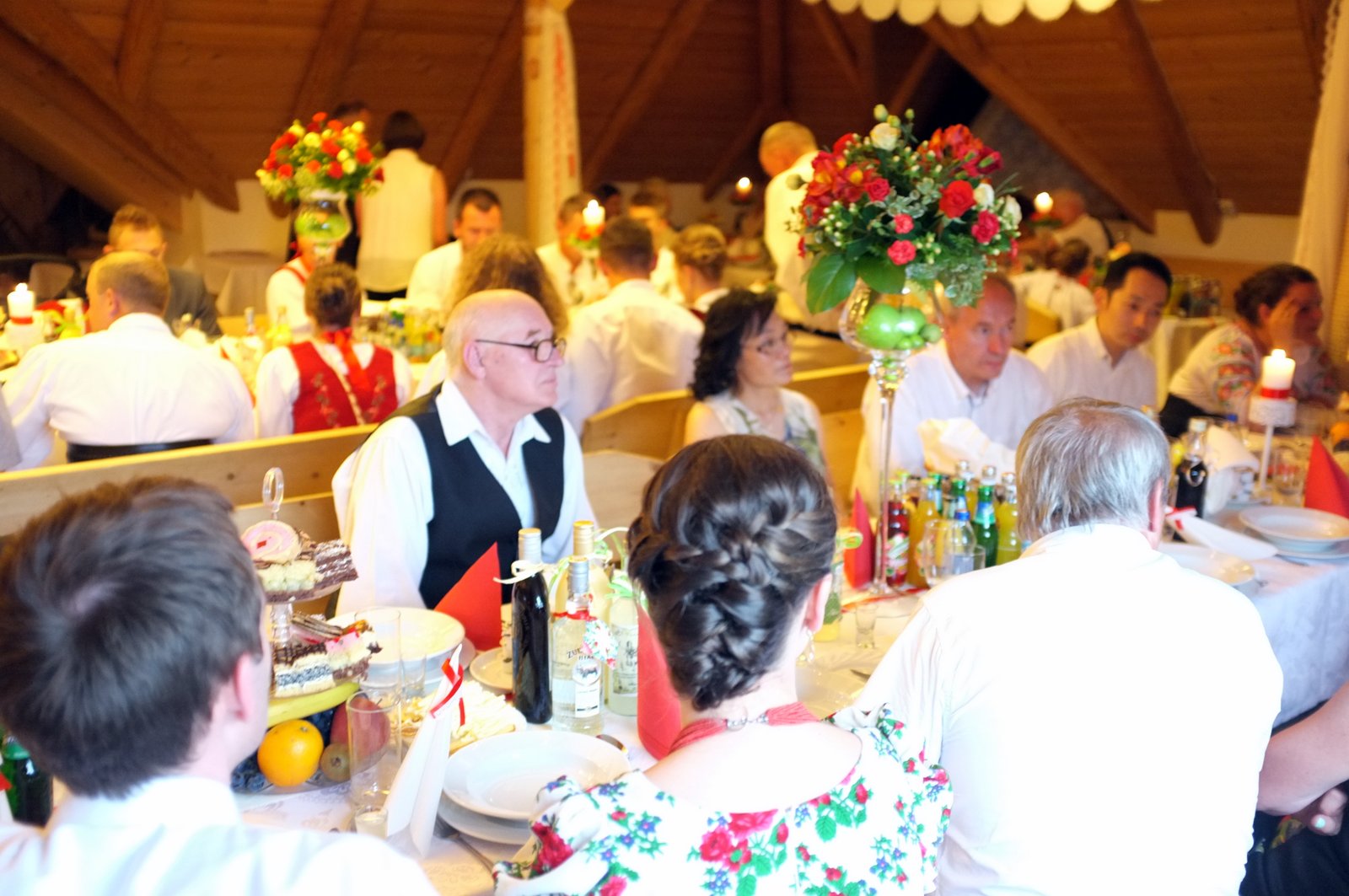
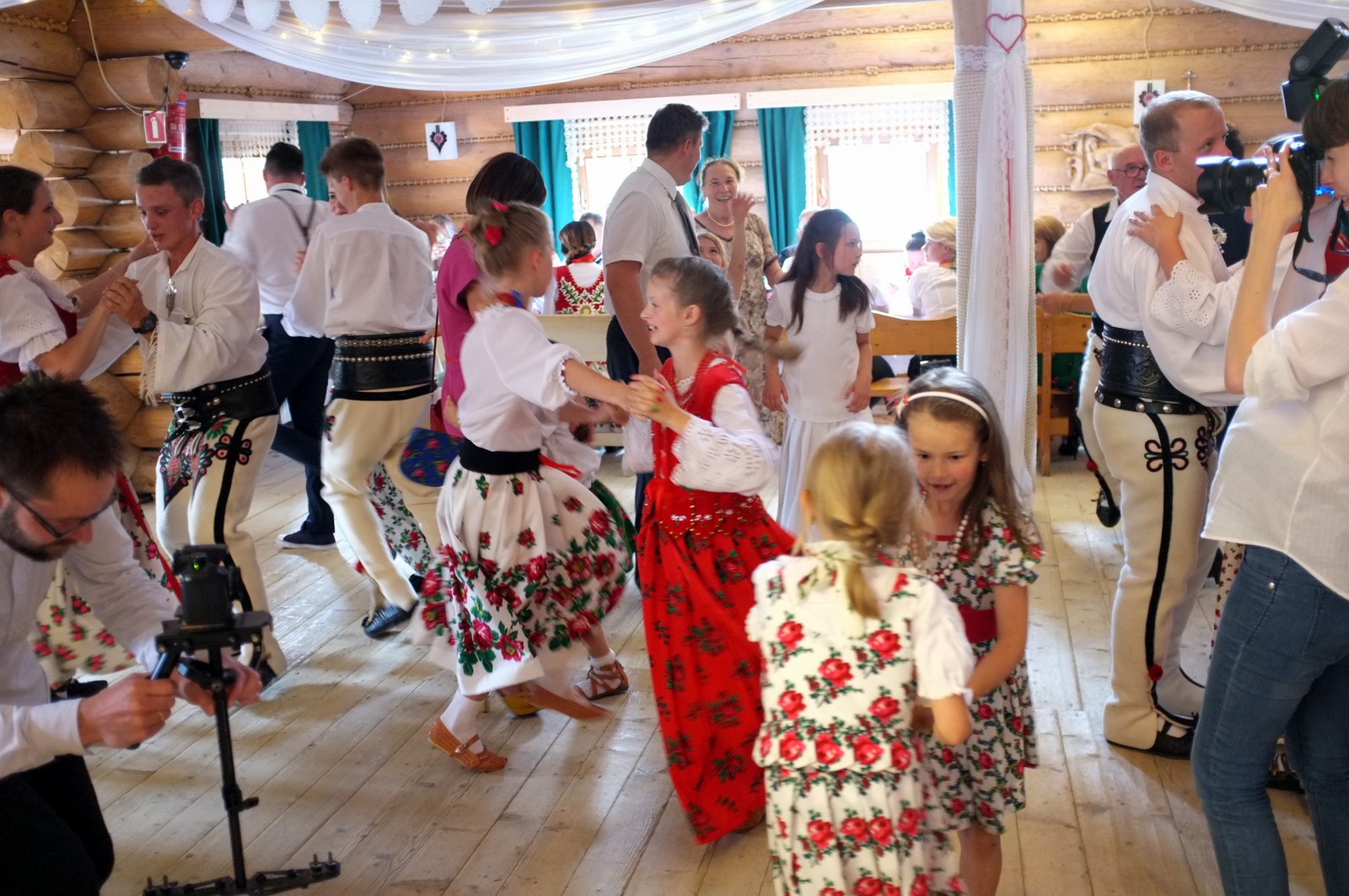
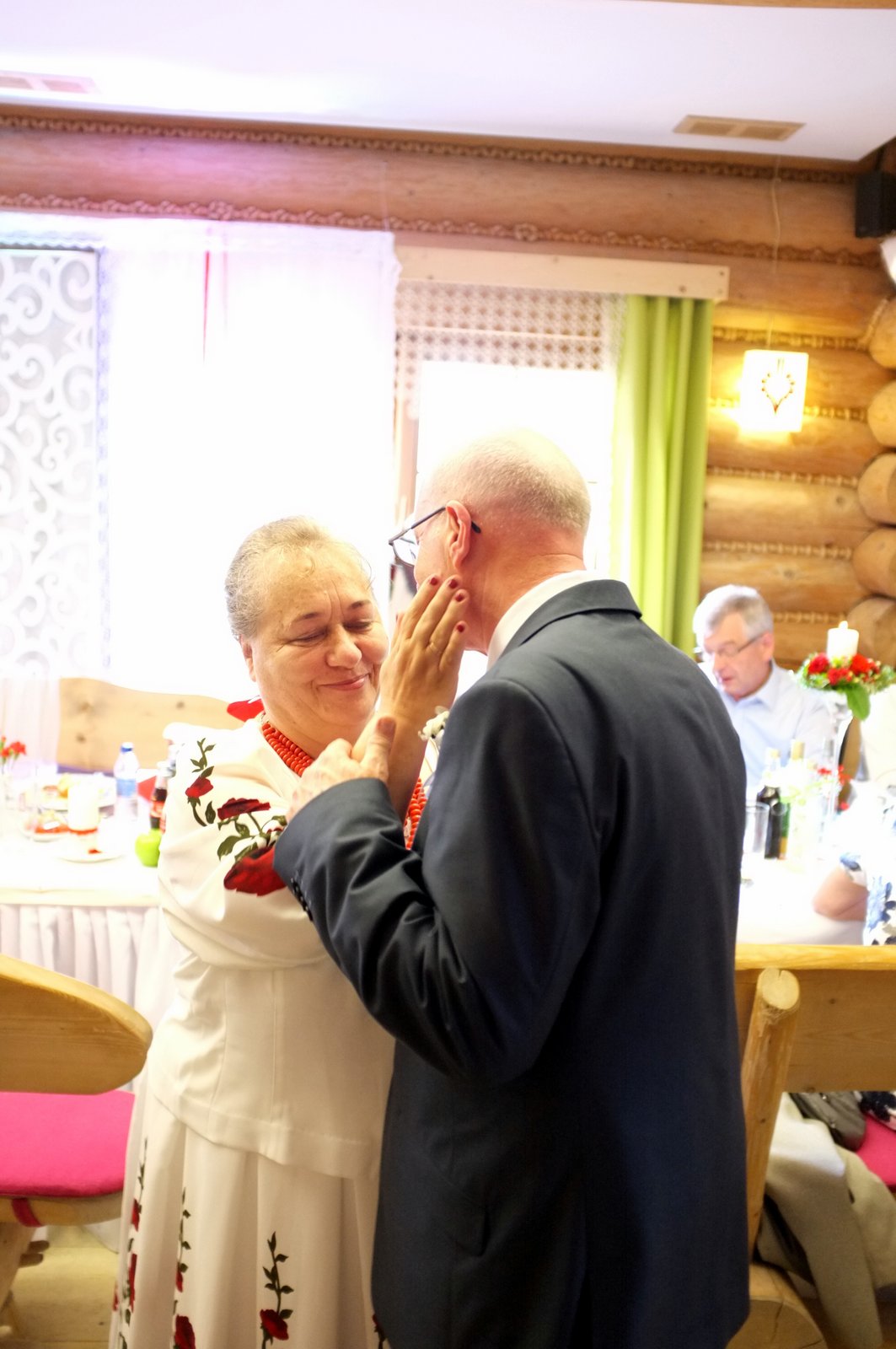
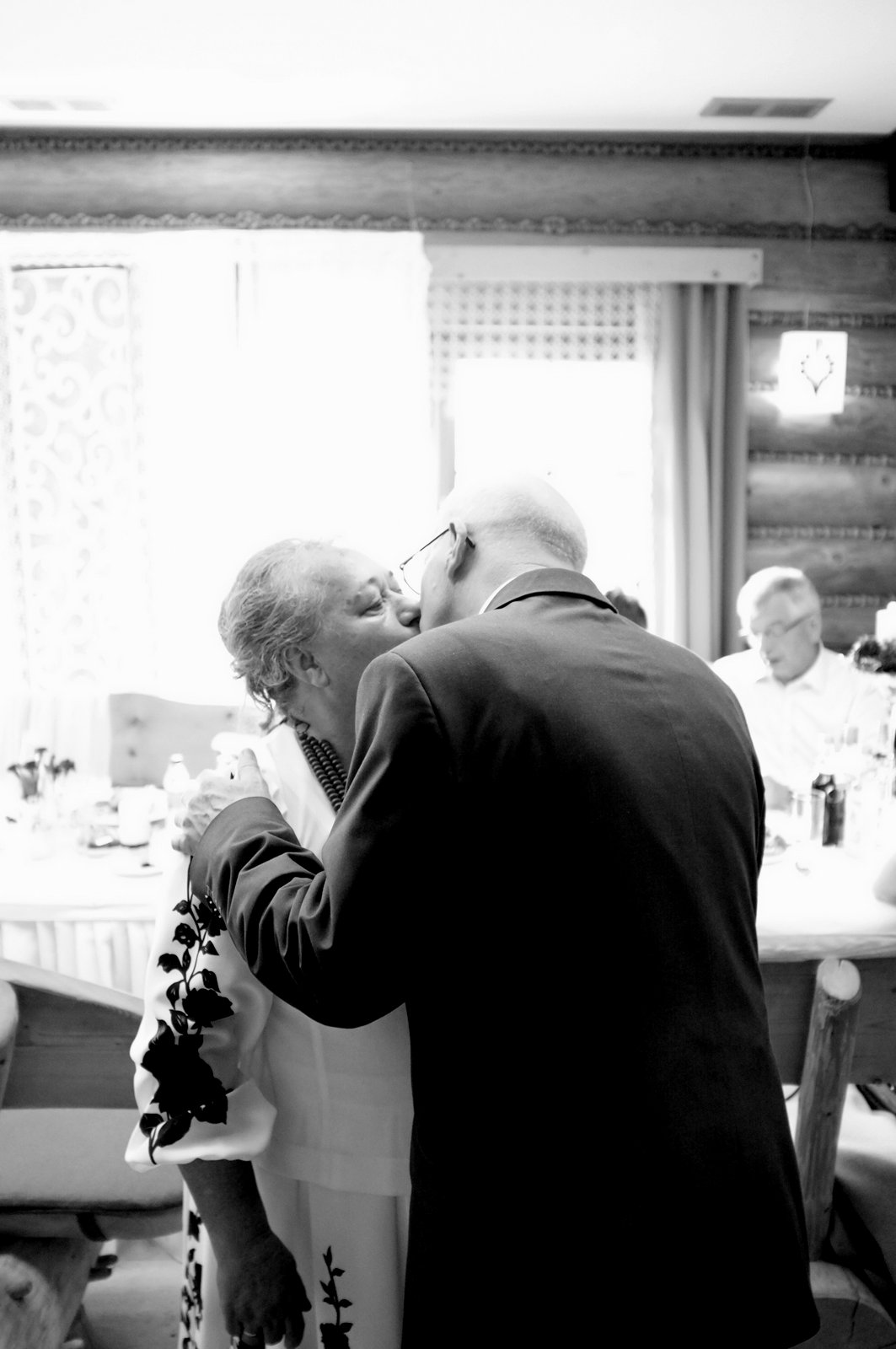
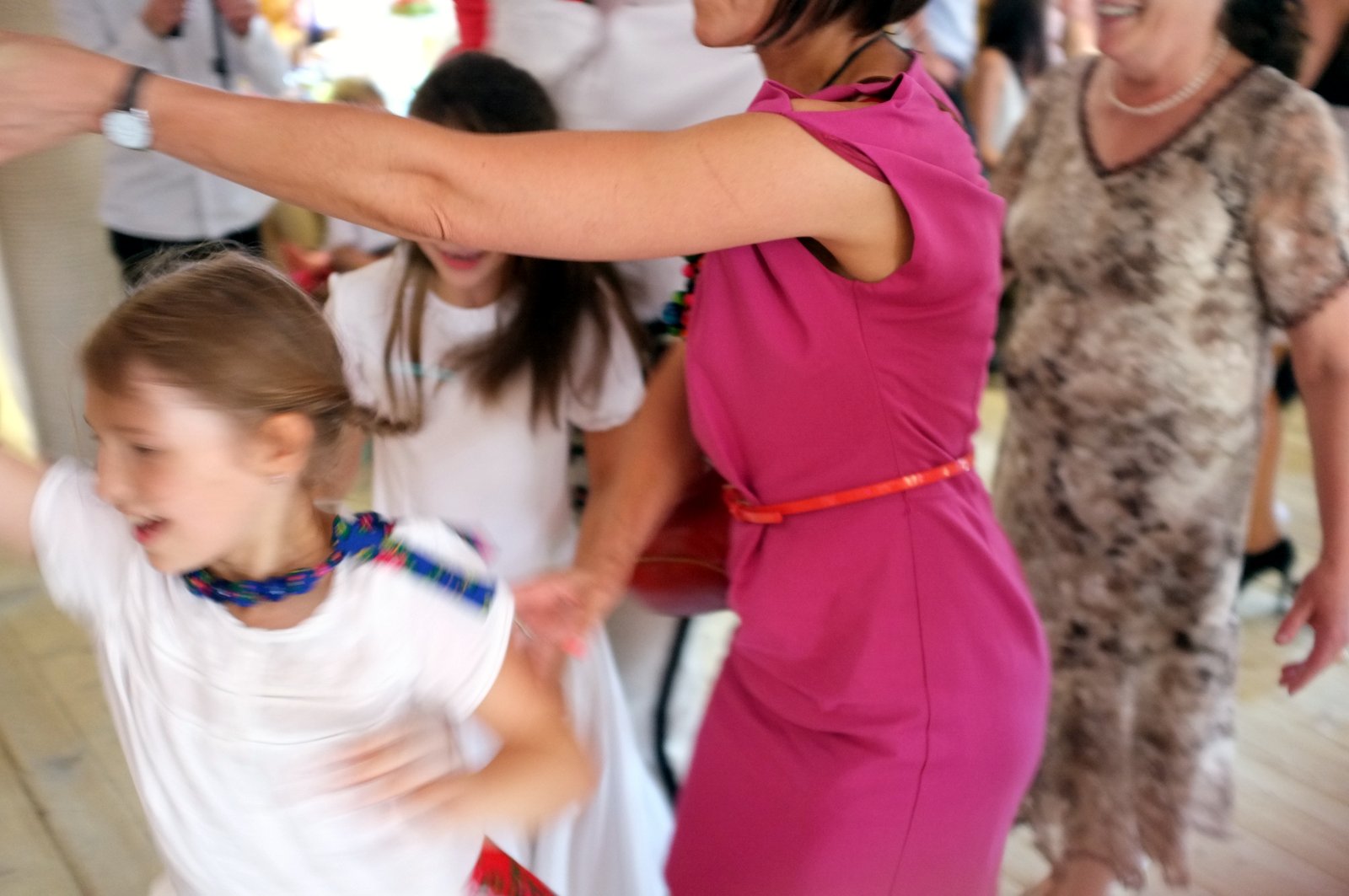
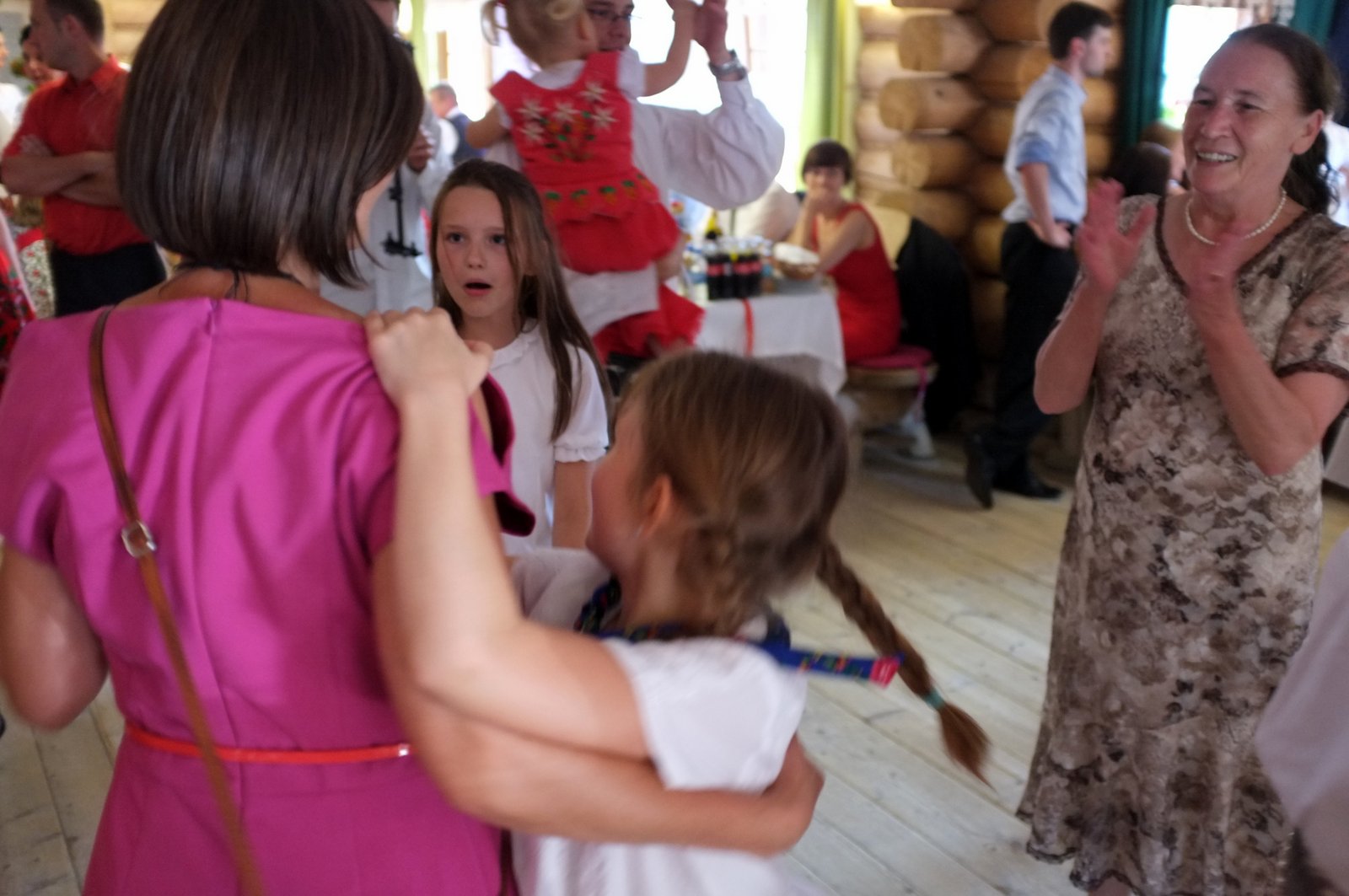
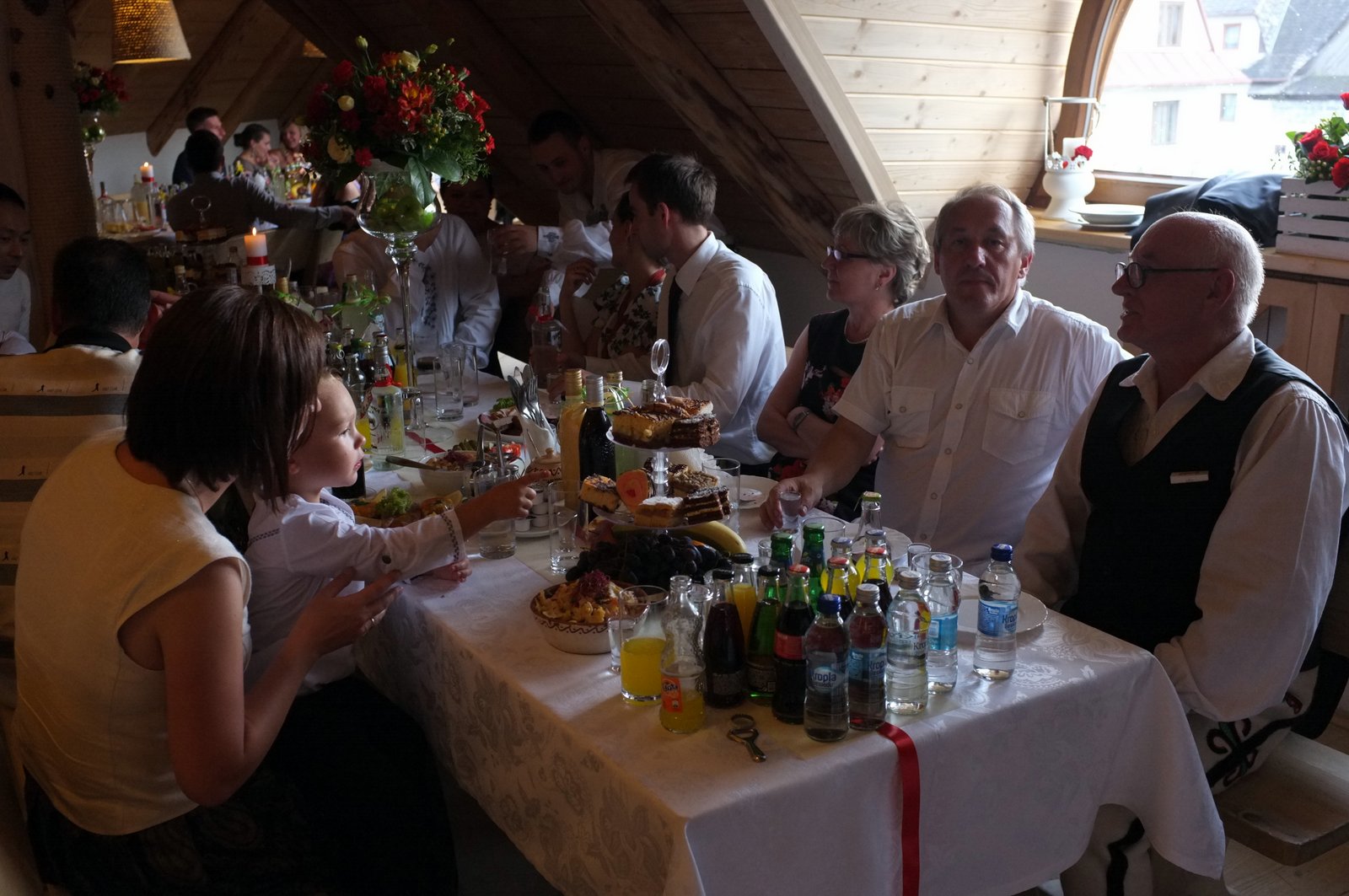
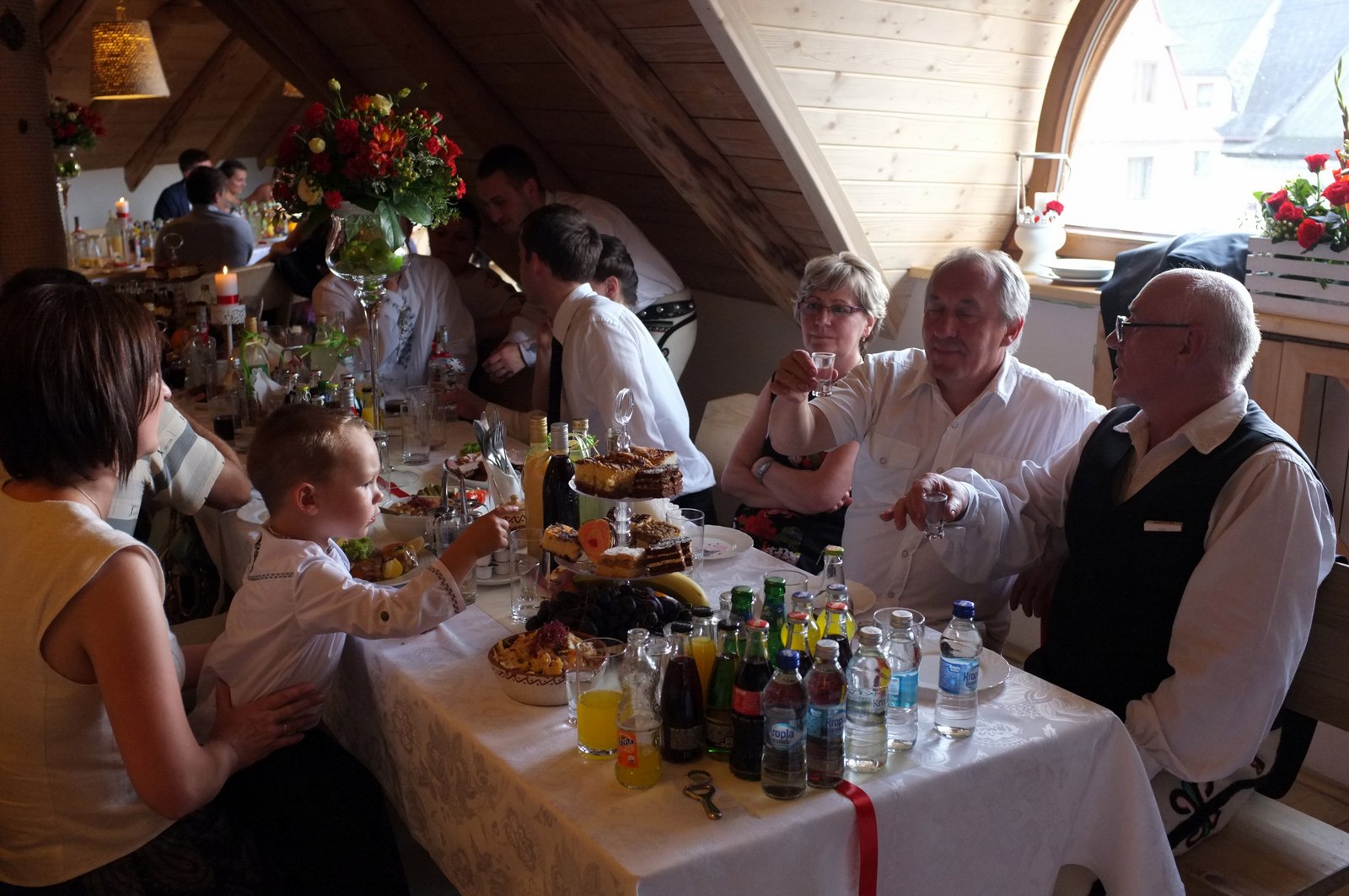
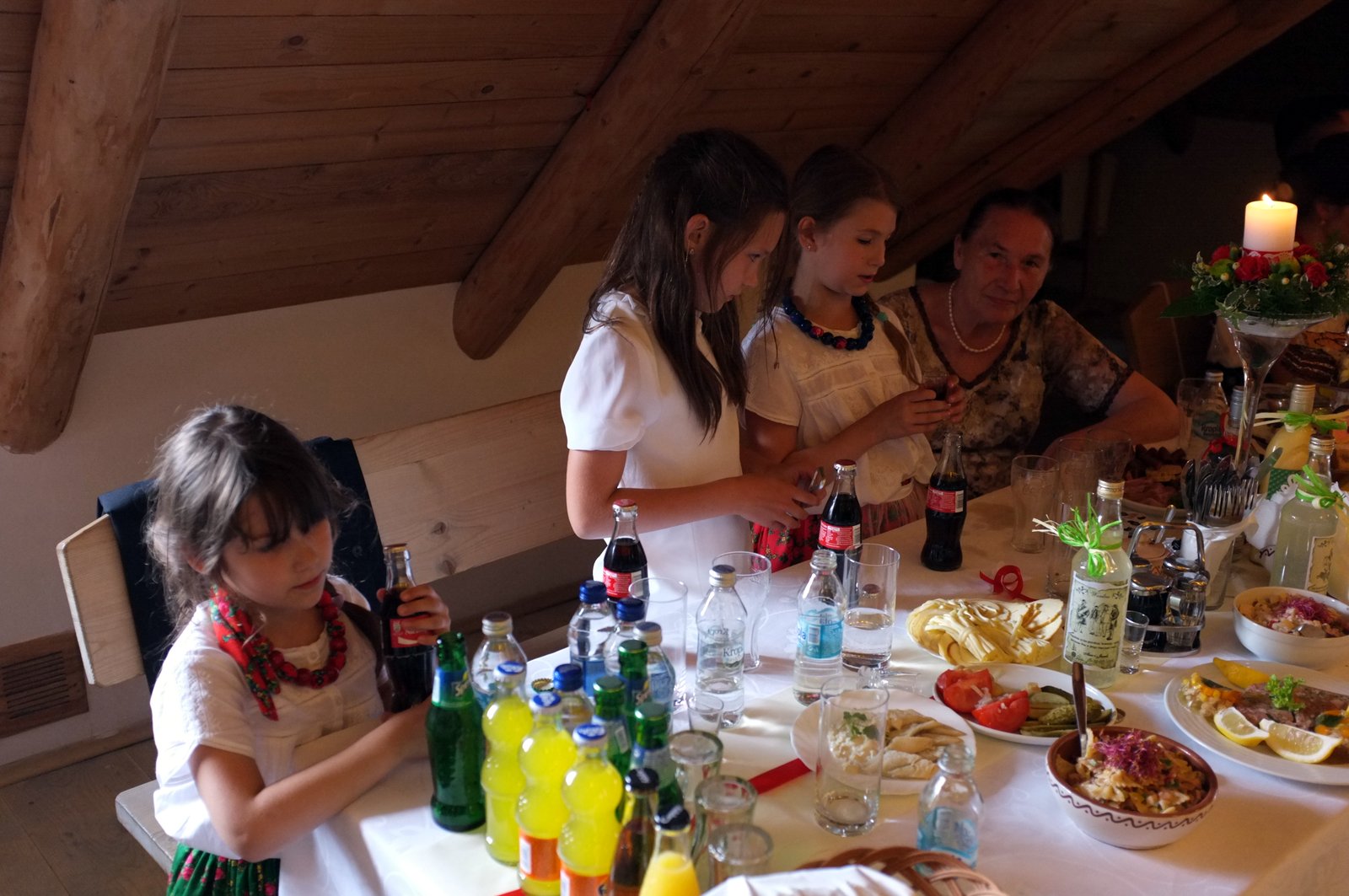
At some point shortly after the first meal, someone will start singing. There are seemingly countless songs that every Pole knows by heart, and soon the entire room is singing in one, loud voice, with occasional harmony added by the more gifted guests. It’s a process that continues throughout the evening. Eat, drink, sing. Eat, drink sing. At our wedding, a guest brought his accordion, but accompaniment is not necessary: these are songs that Poles ingest with their daily potatoes, songs that stick to the bottoms of their shoes like the snow that covers the country through most of the winter.
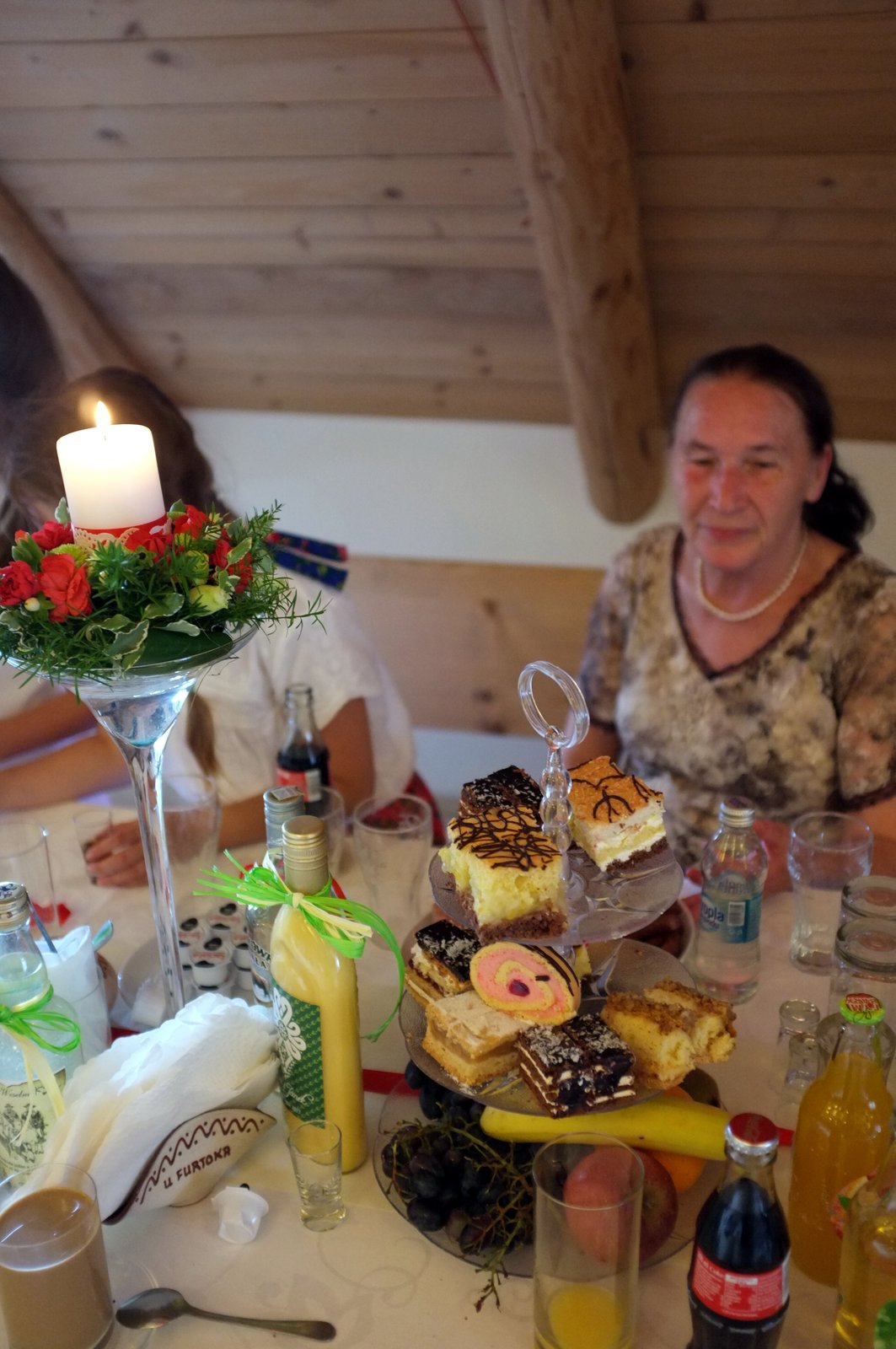
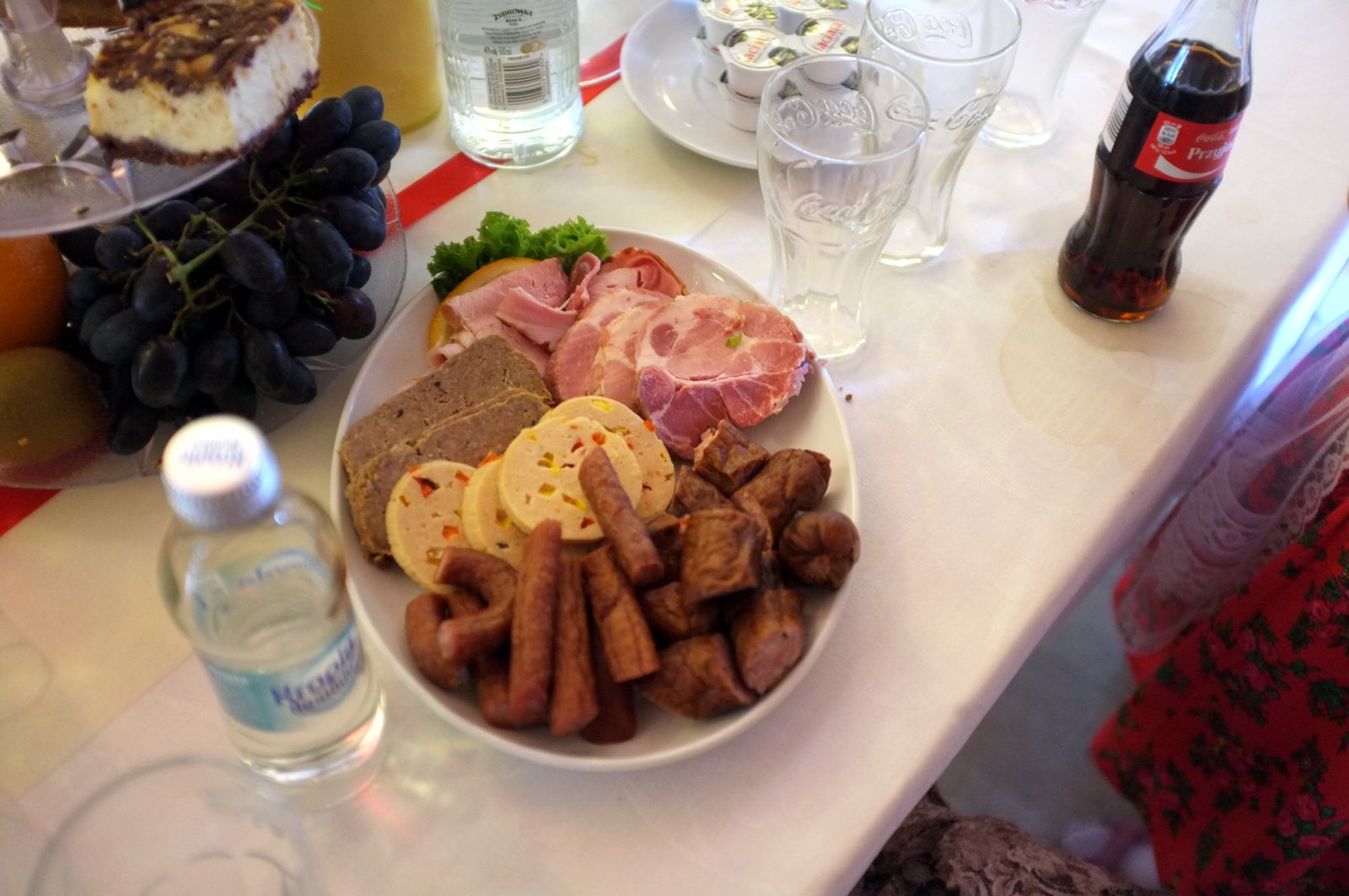
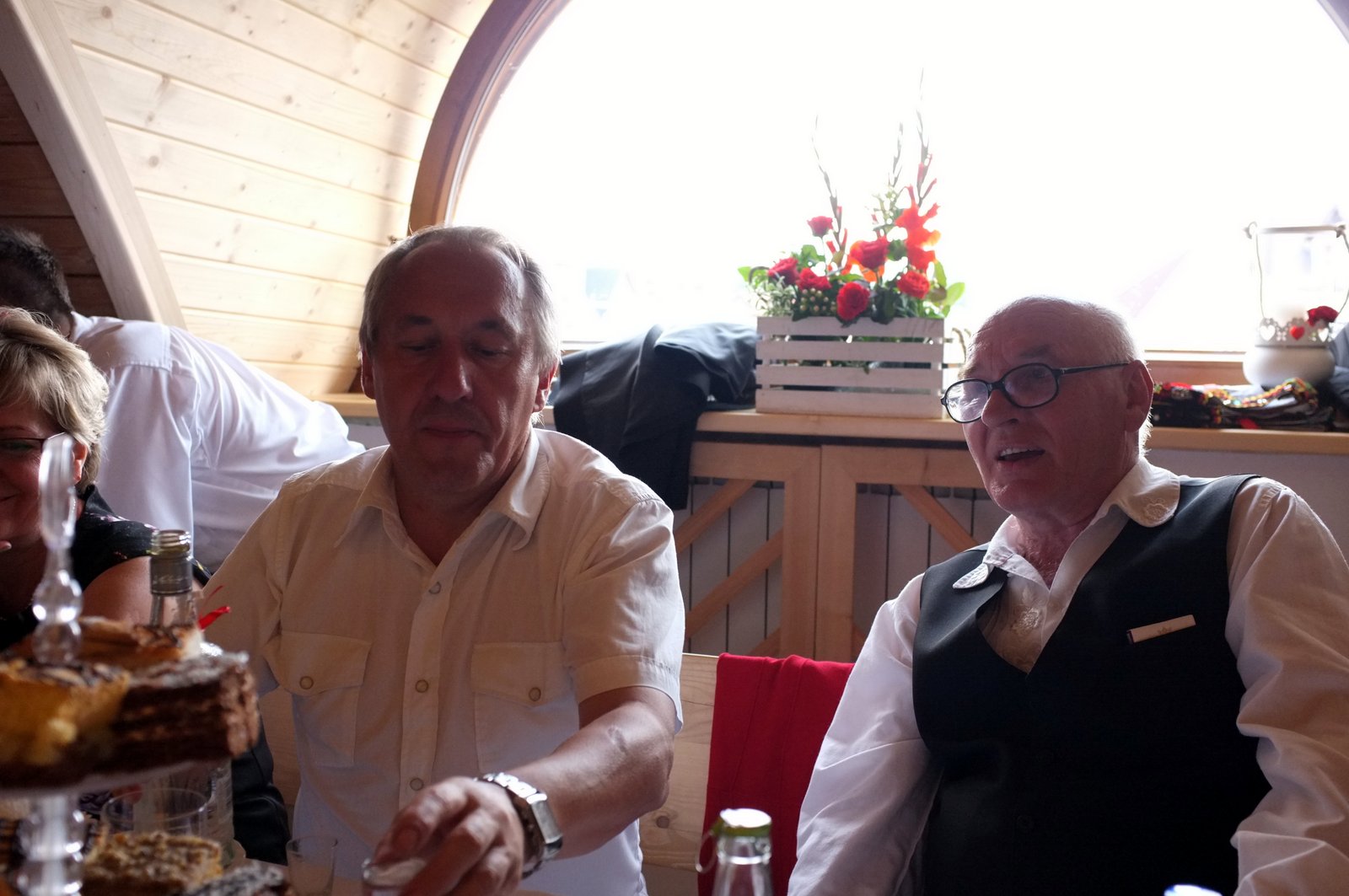
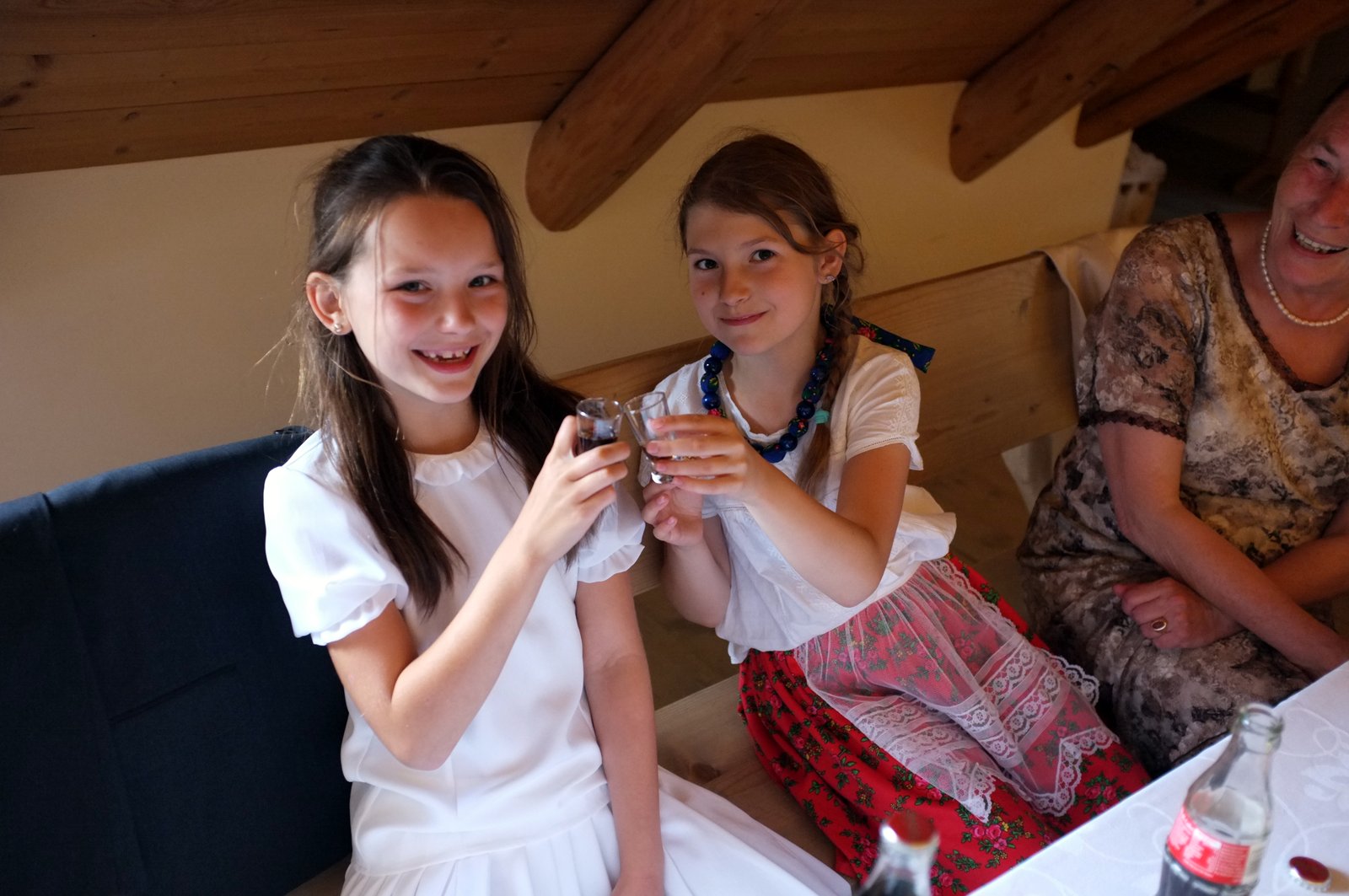
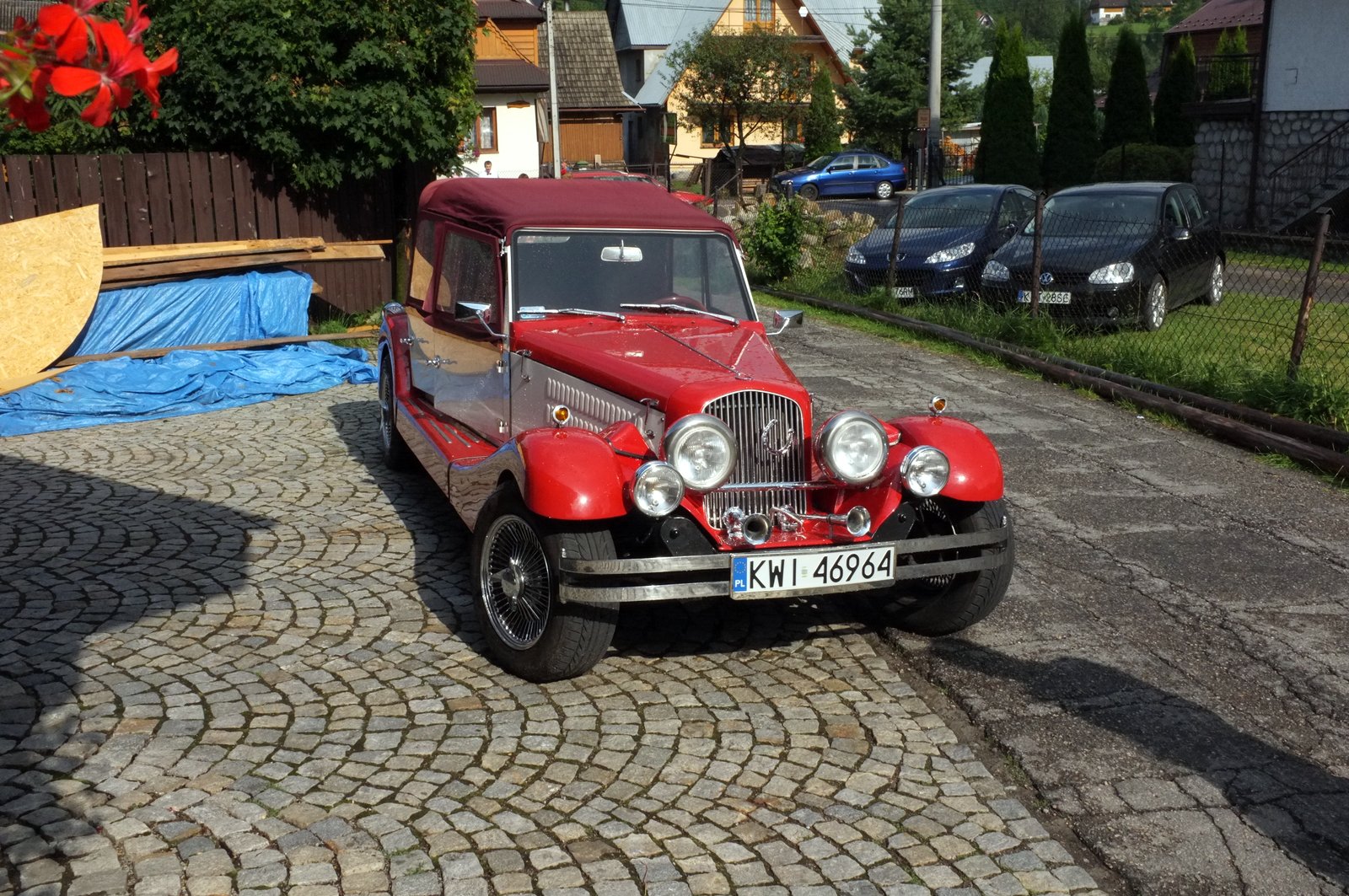
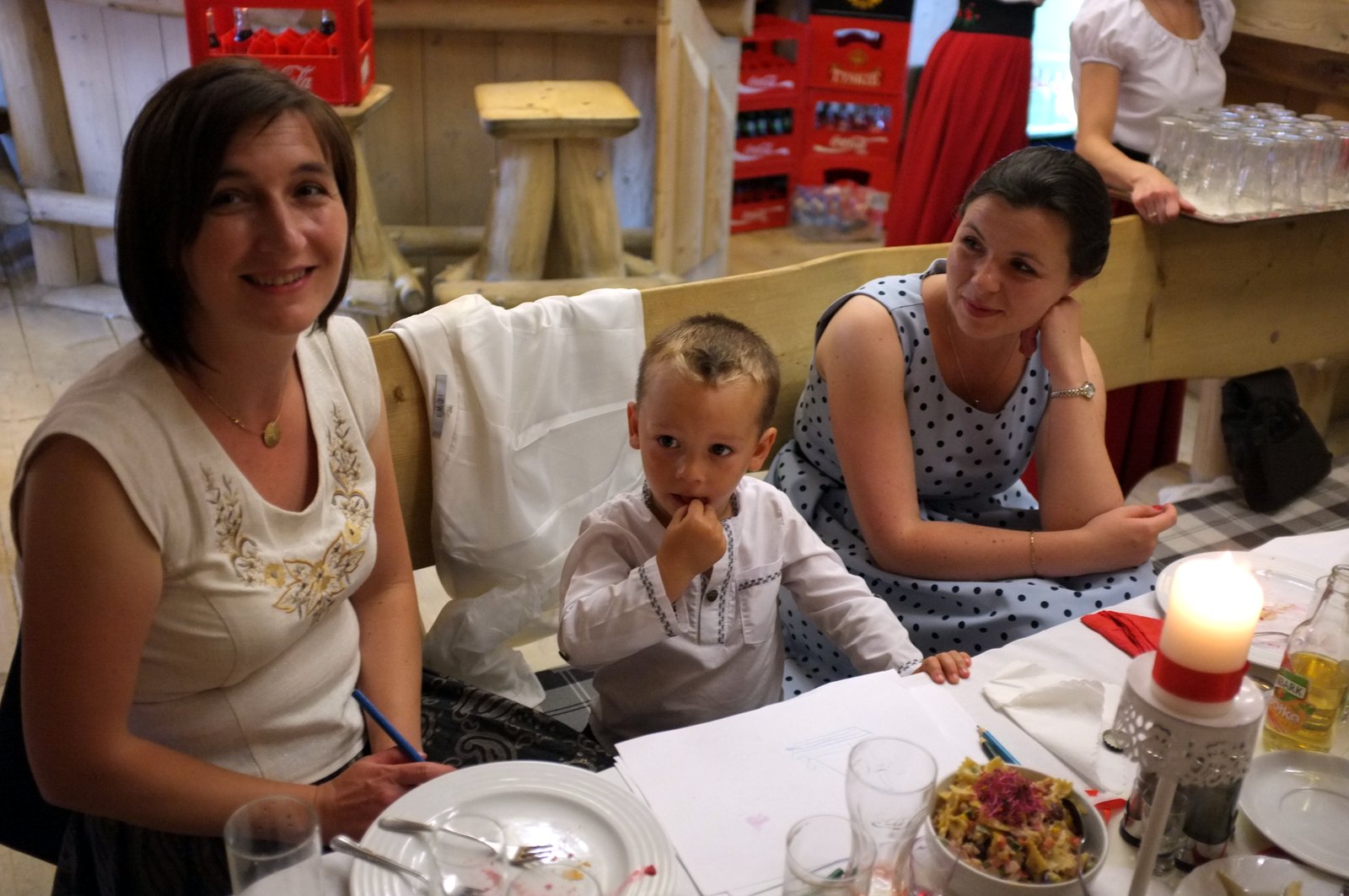
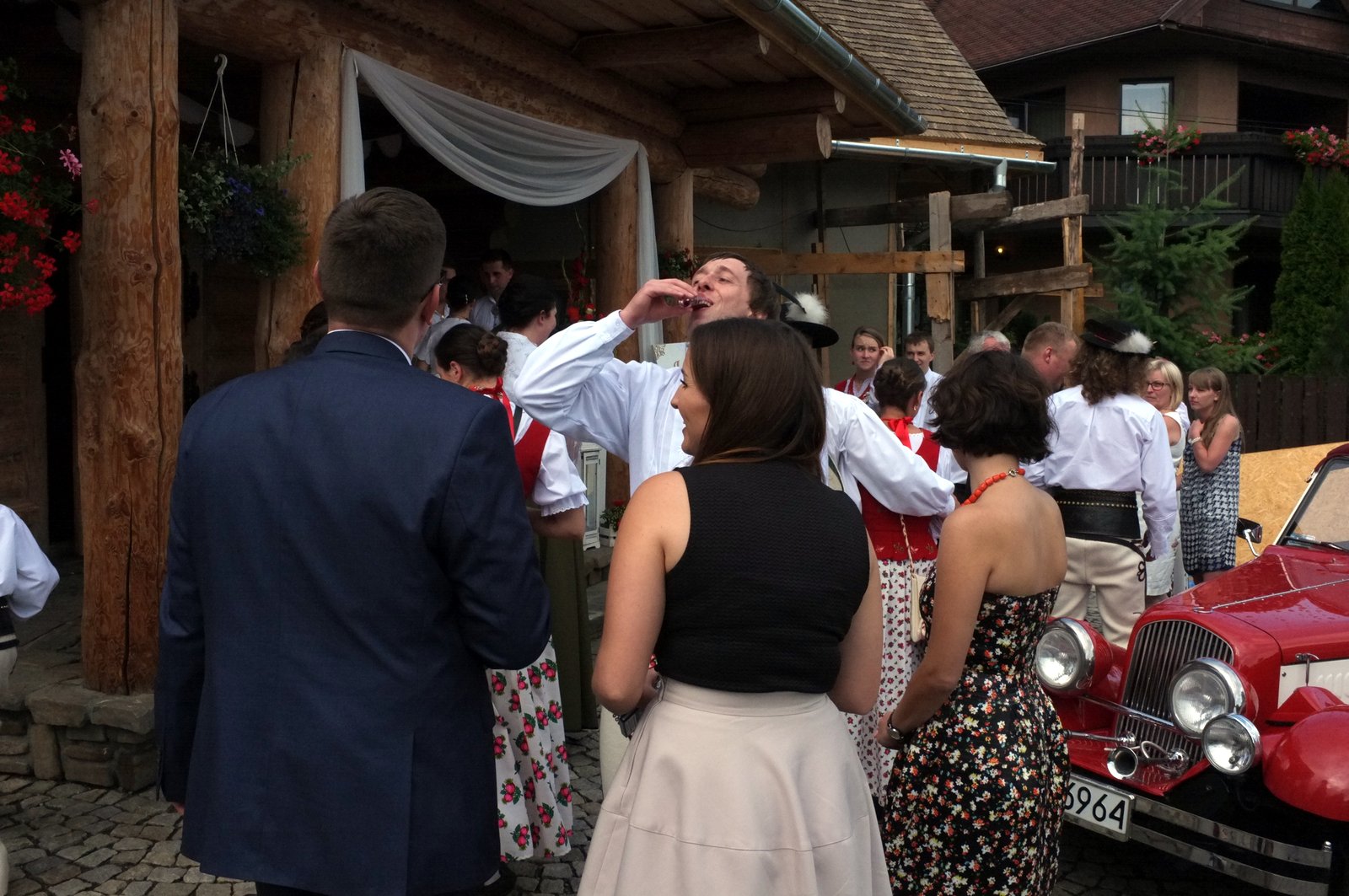
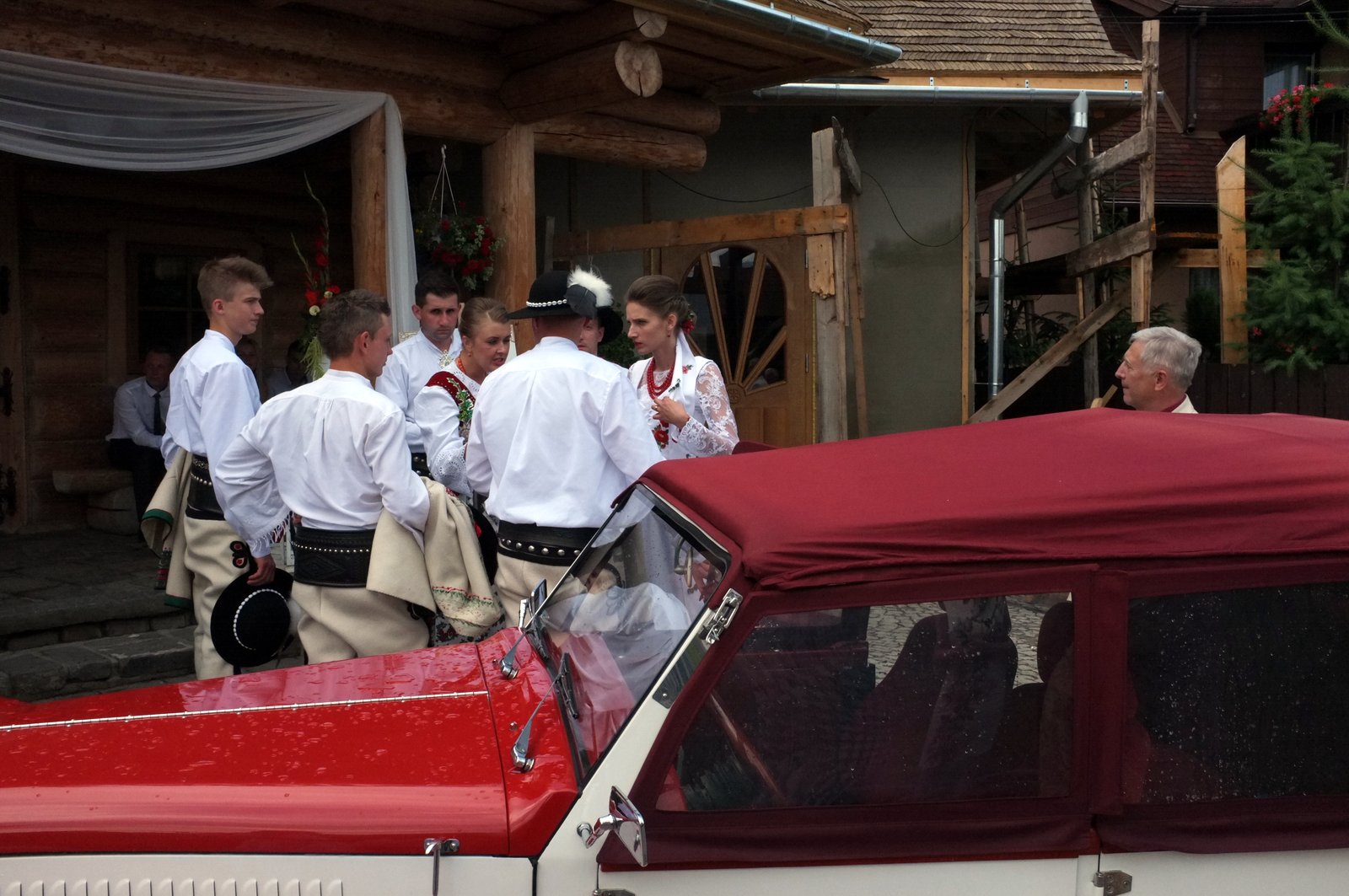
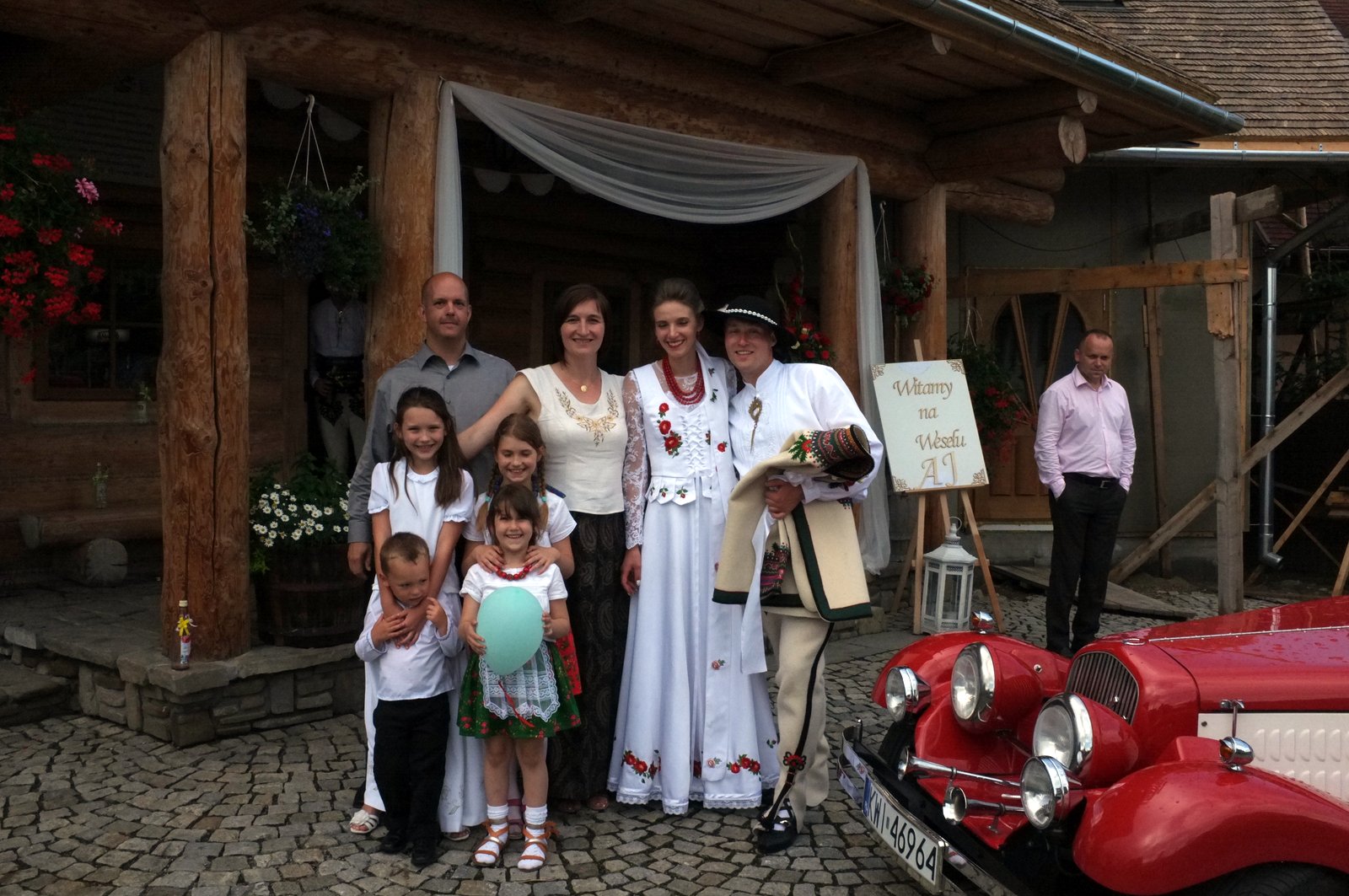
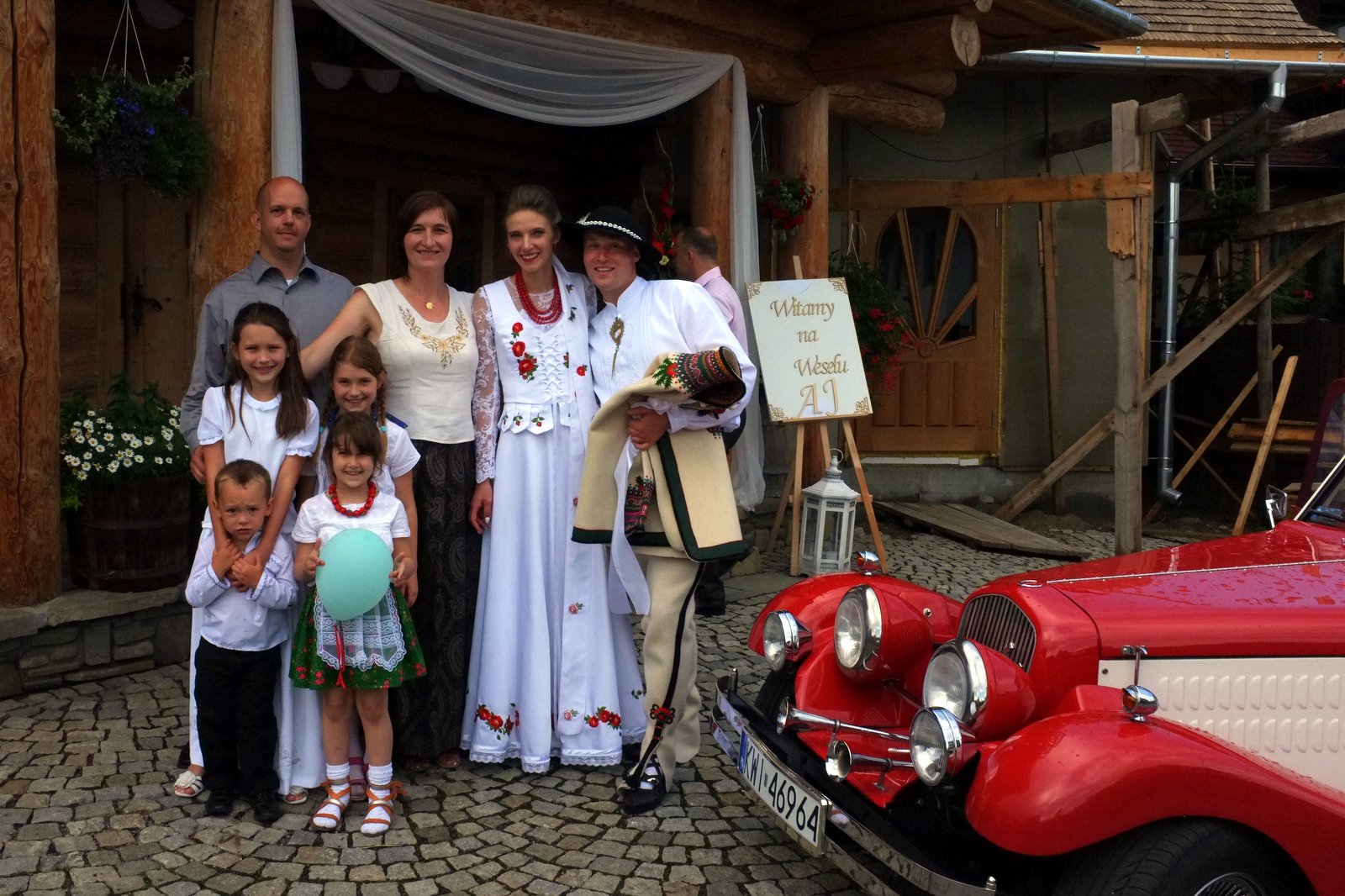
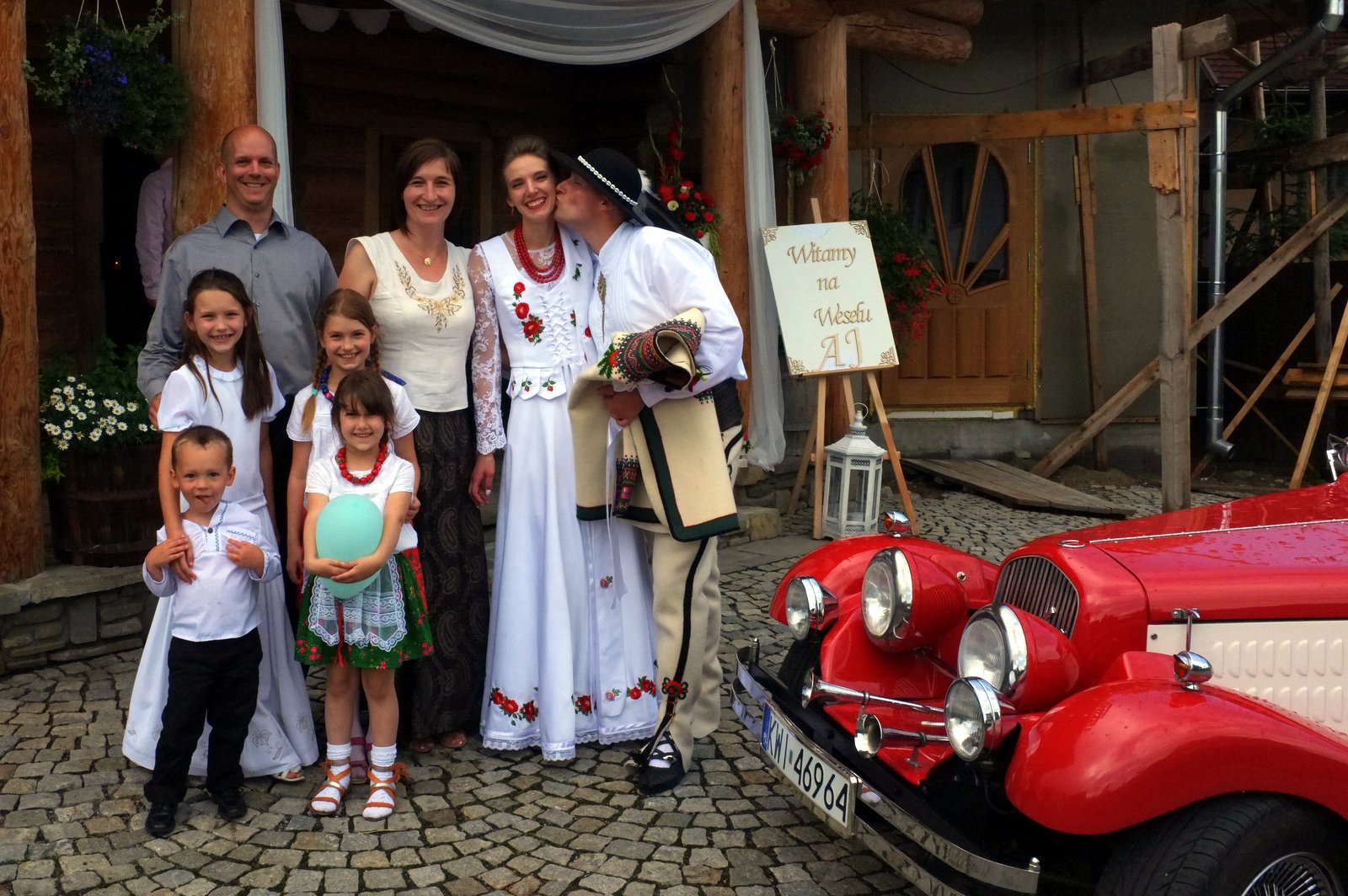
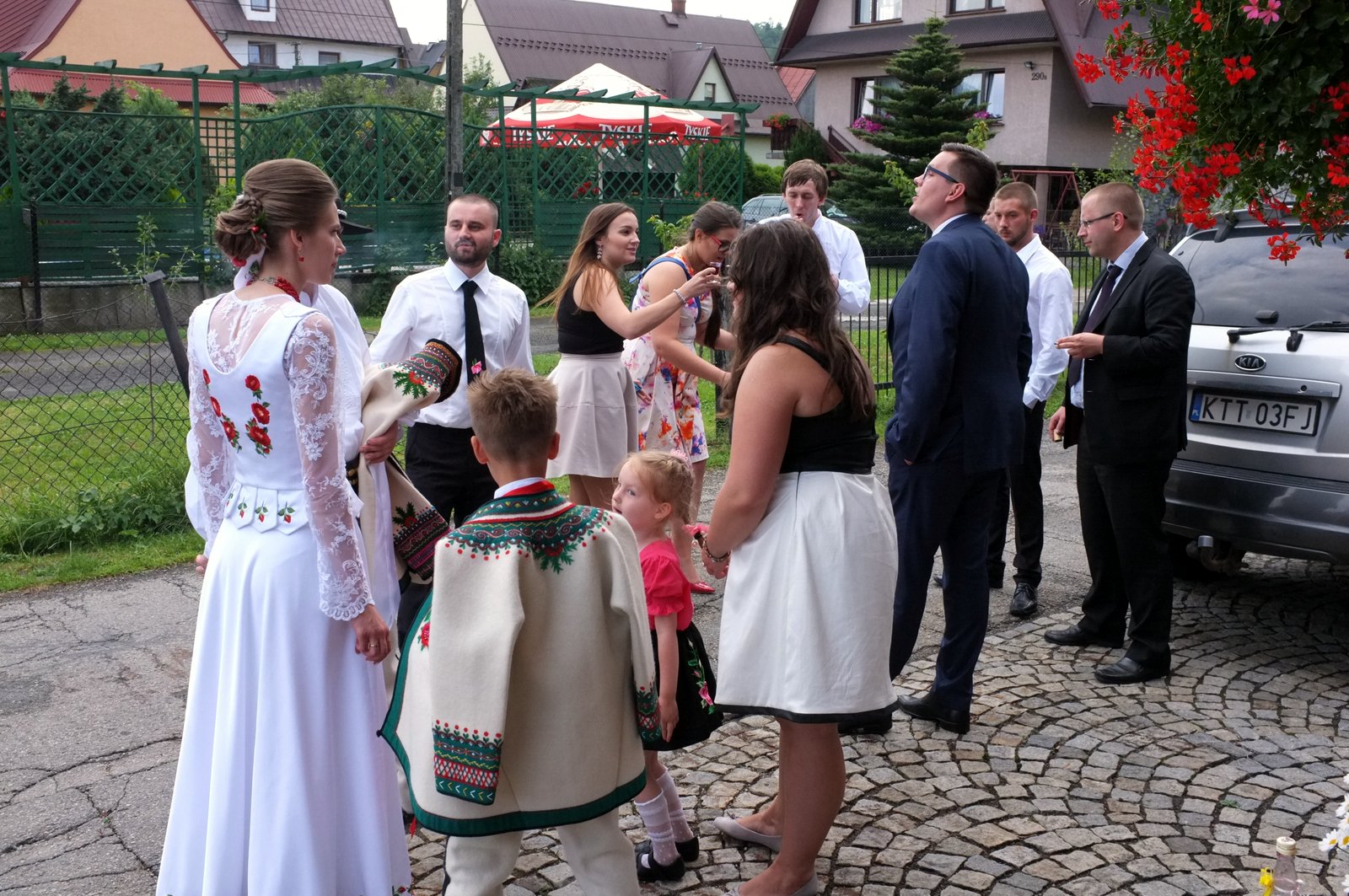
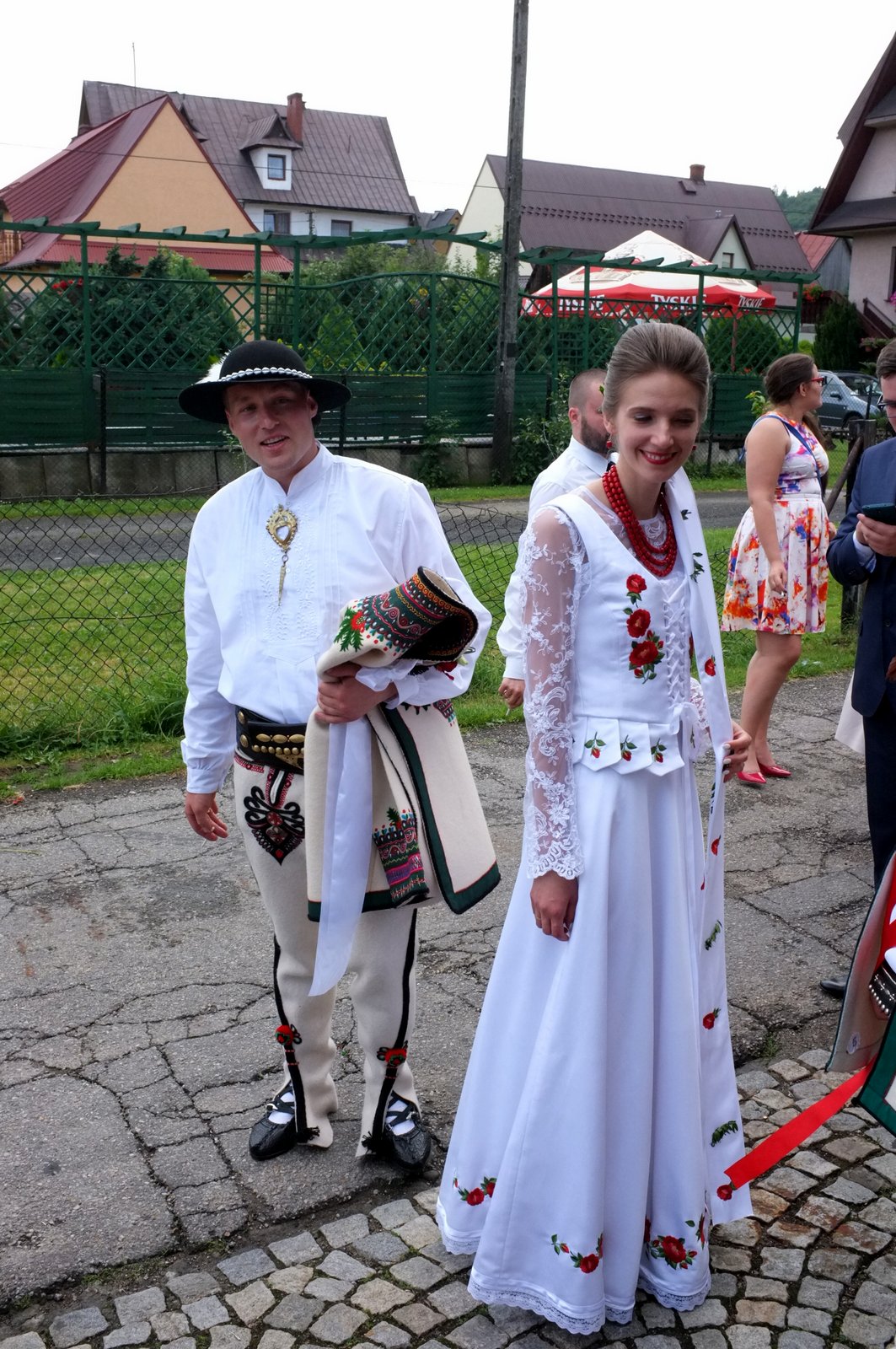
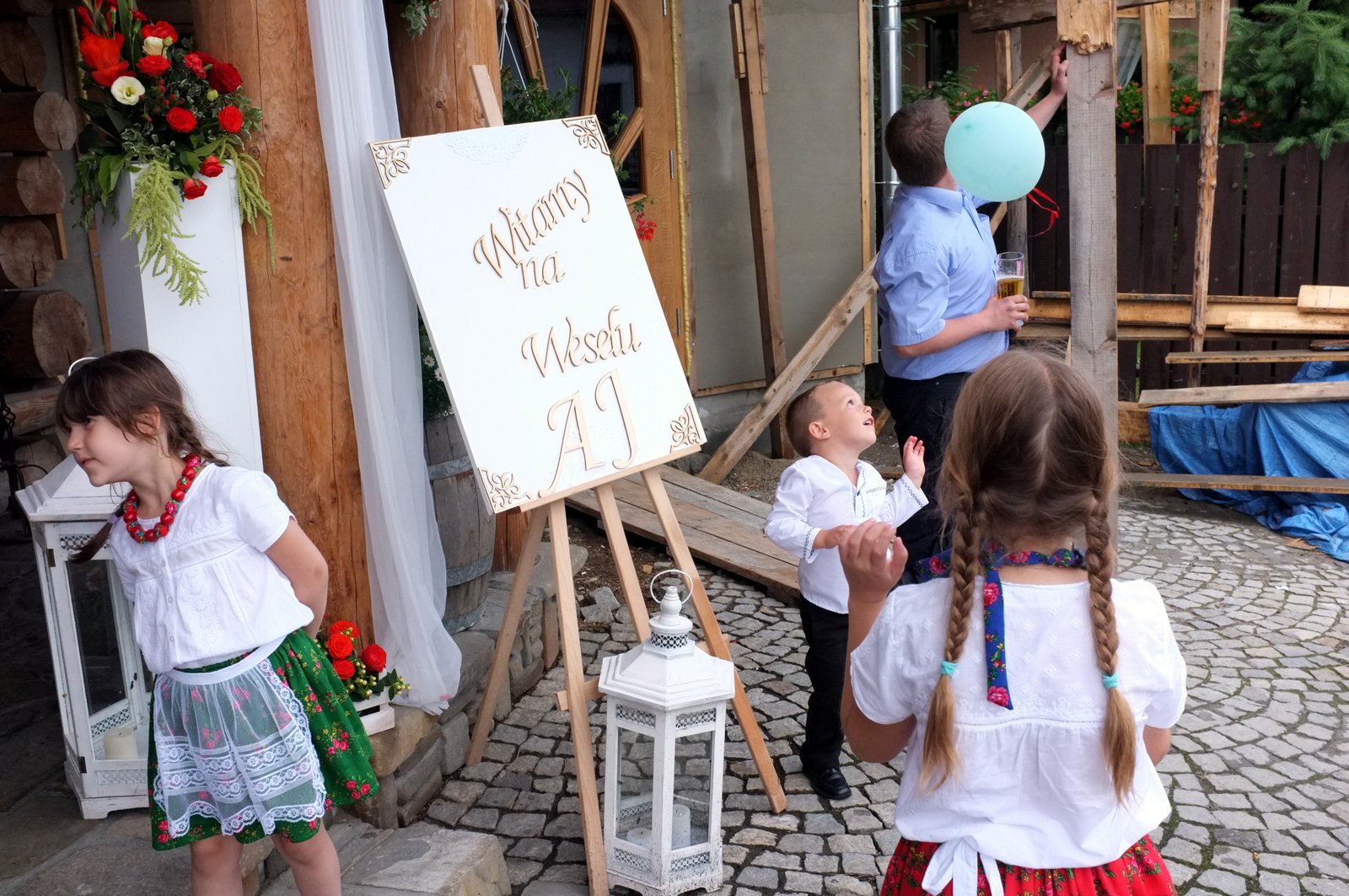
Soon after the first meal and the first songs, the band strikes up for the newlyweds’ first dance. All the guests crowd the dance floor, making a circle around the smiling couple, occasionally joining hands if there’s enough room and moving around the dancing pair with swaying hands. And then come the first calls of Gorszko! Gorszko! A single repeated word that needs a pair of sentences for translation: “It’s bitter in here! Make it sweet with a kiss!” At this point, someone brings the couple two glasses of champaigne, which they drink and toss the empty glasses over their shoulders to the floor. Someone else brings a broom and dustpan, and the groom is to clean up the mess. Sometimes it’s likely that it might be the only time the groom does so, but the gender division of housework seems slowly to be changing.

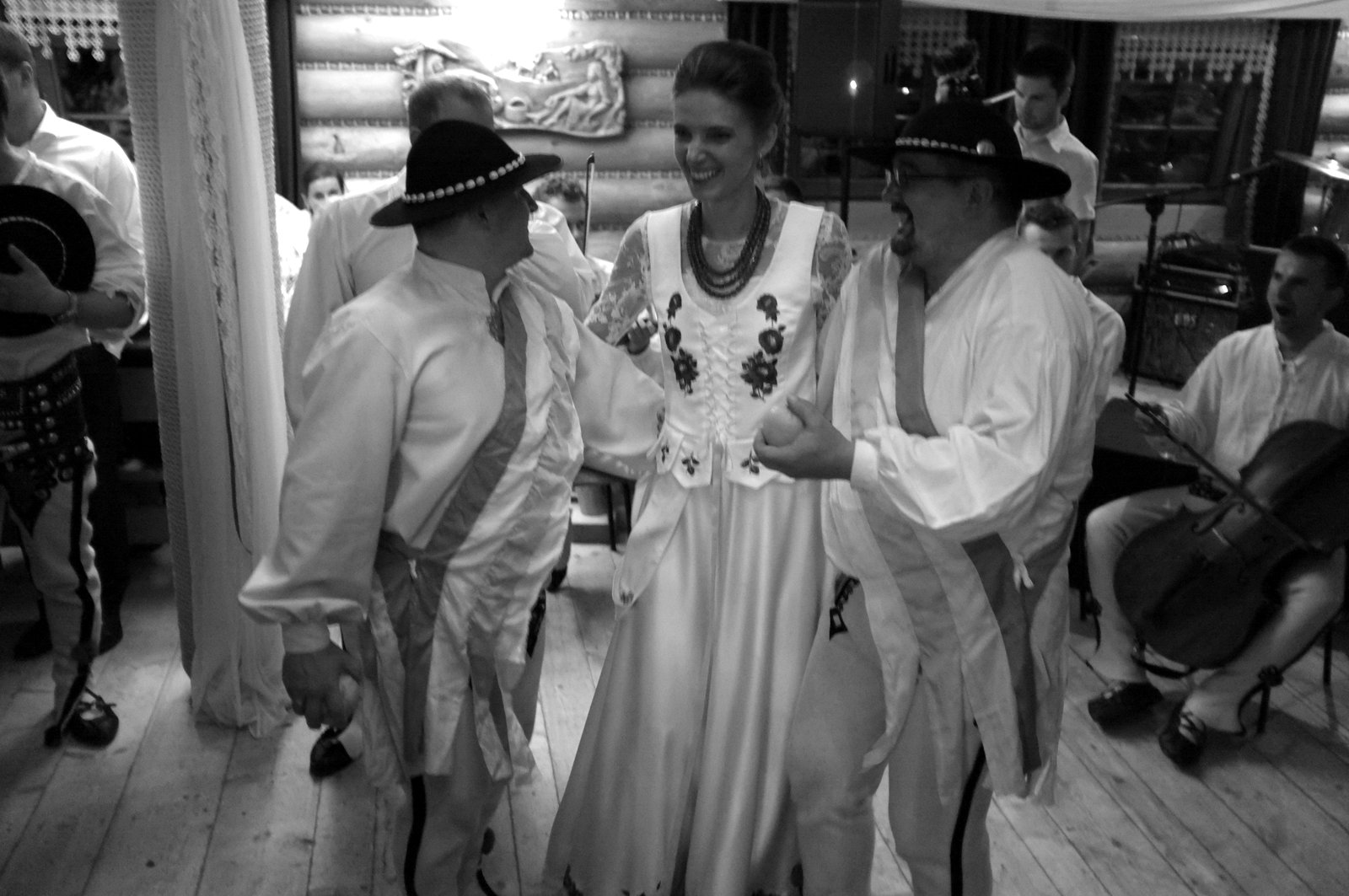
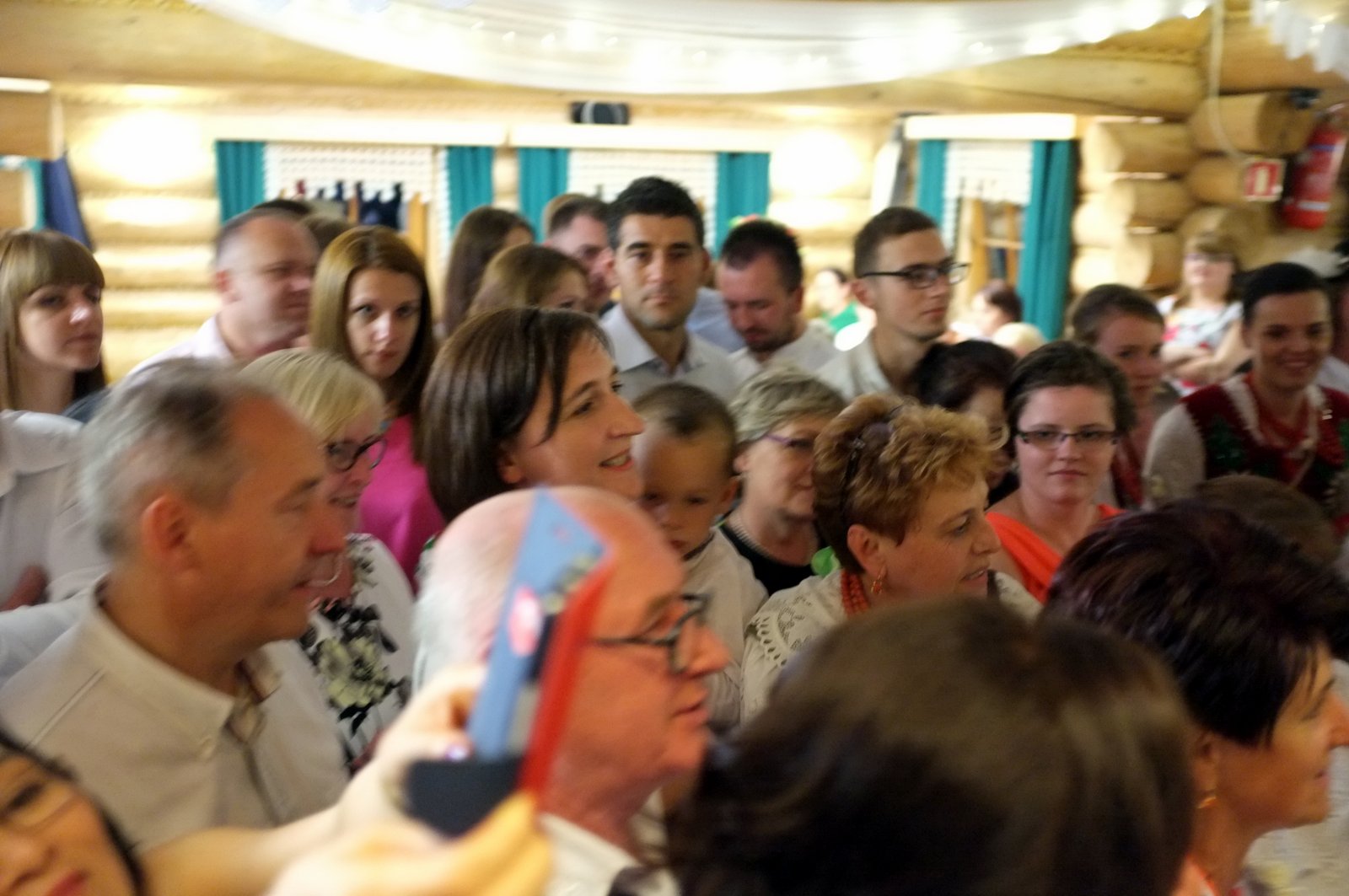
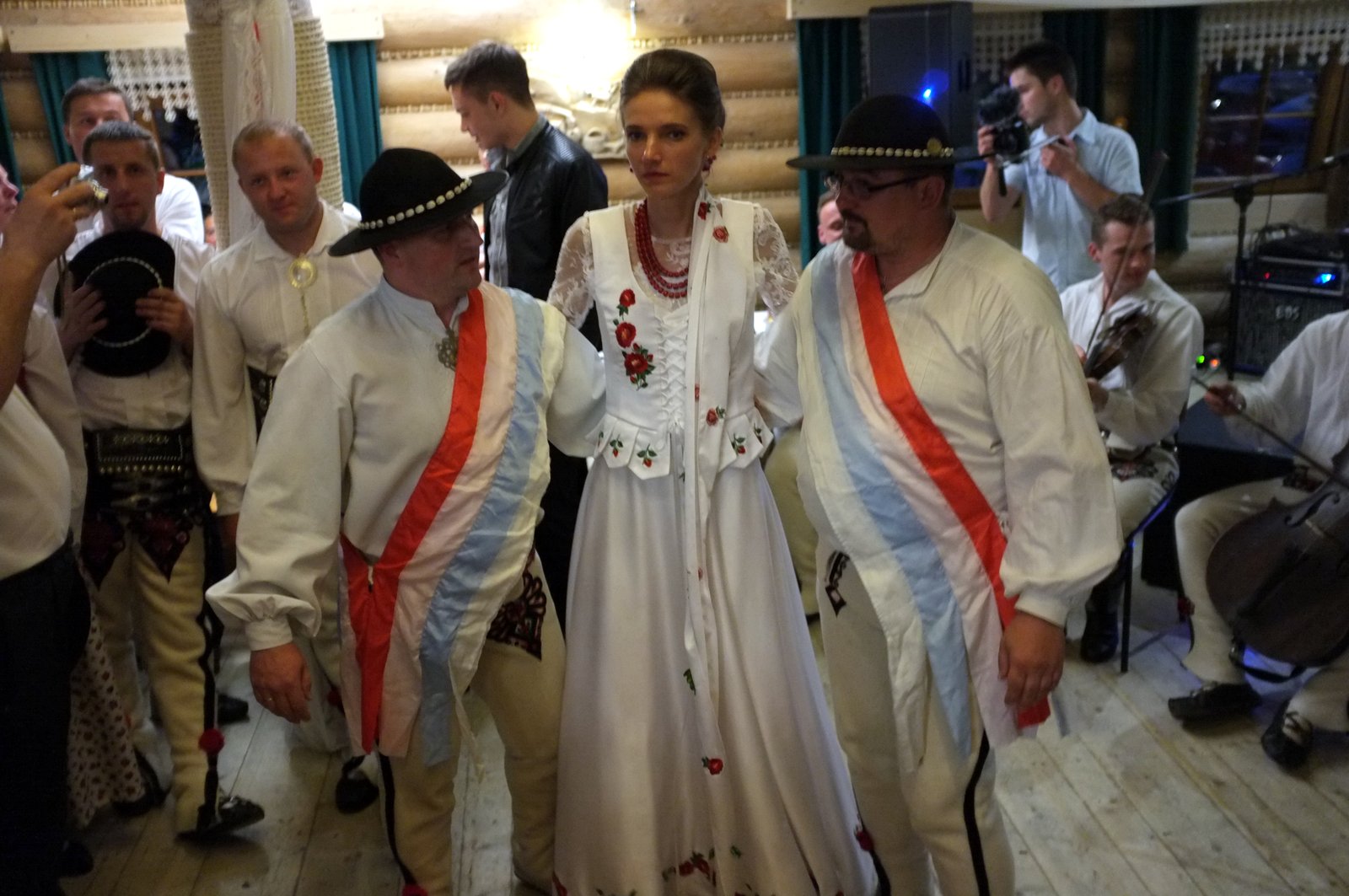
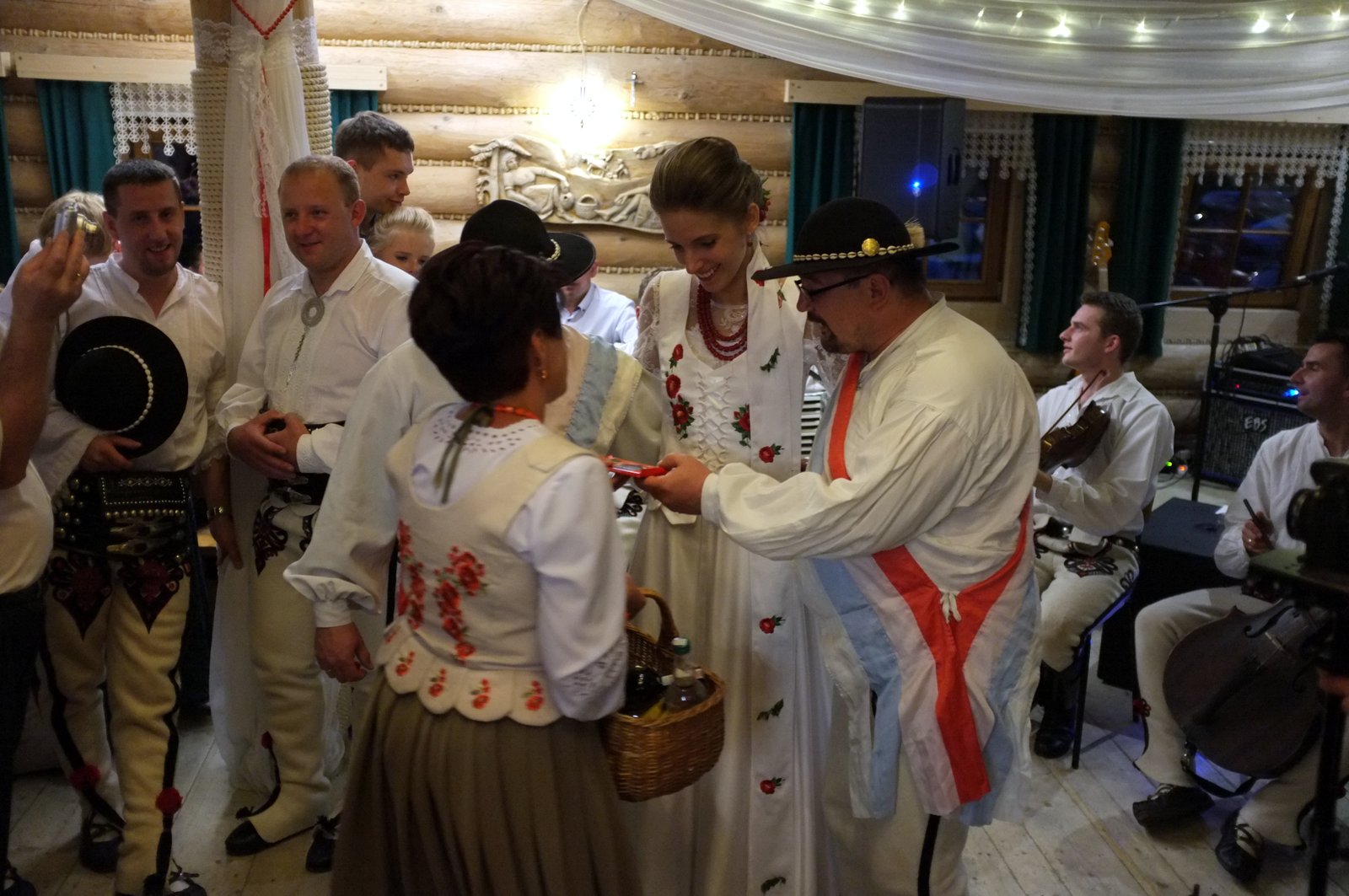
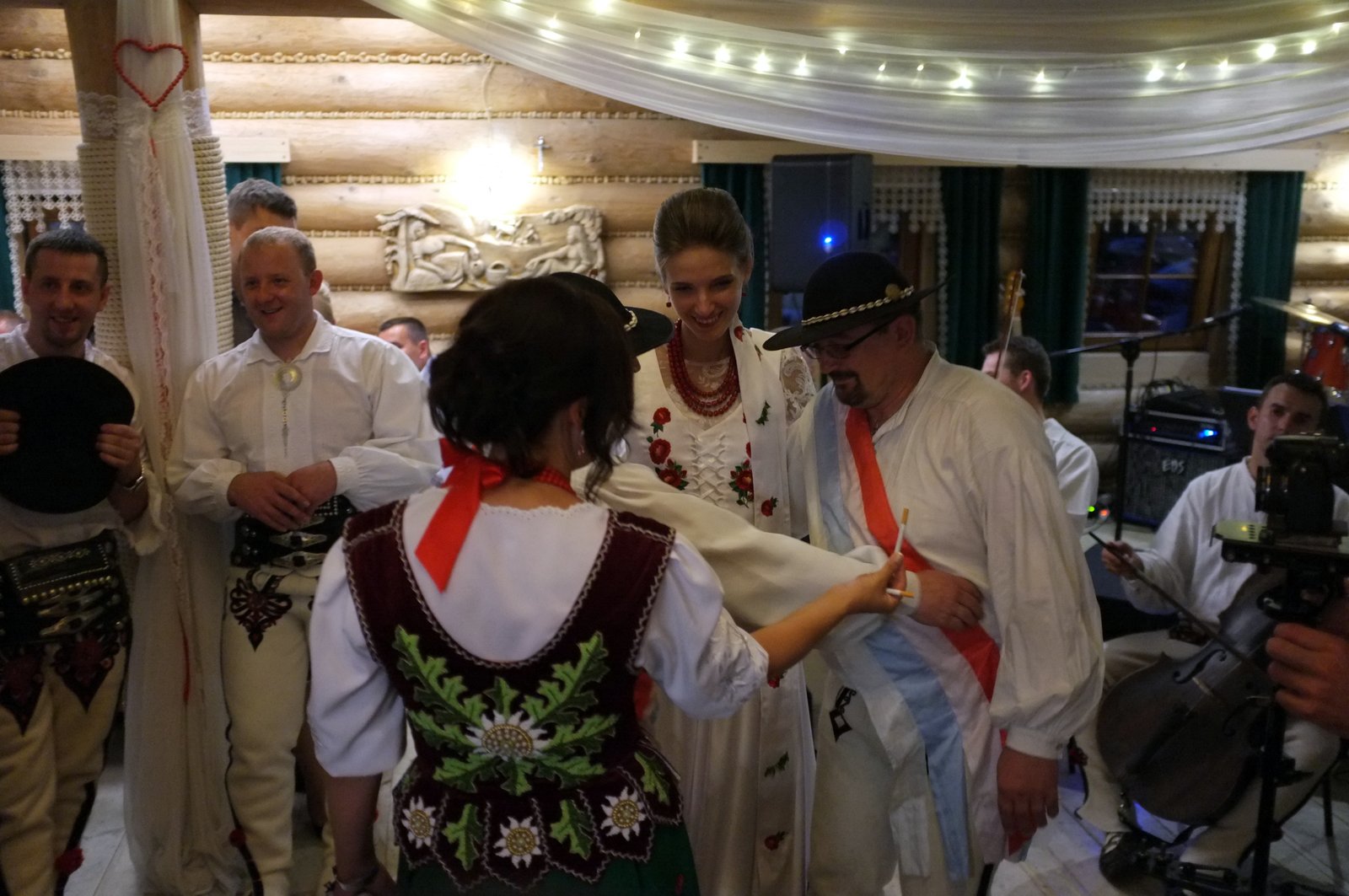
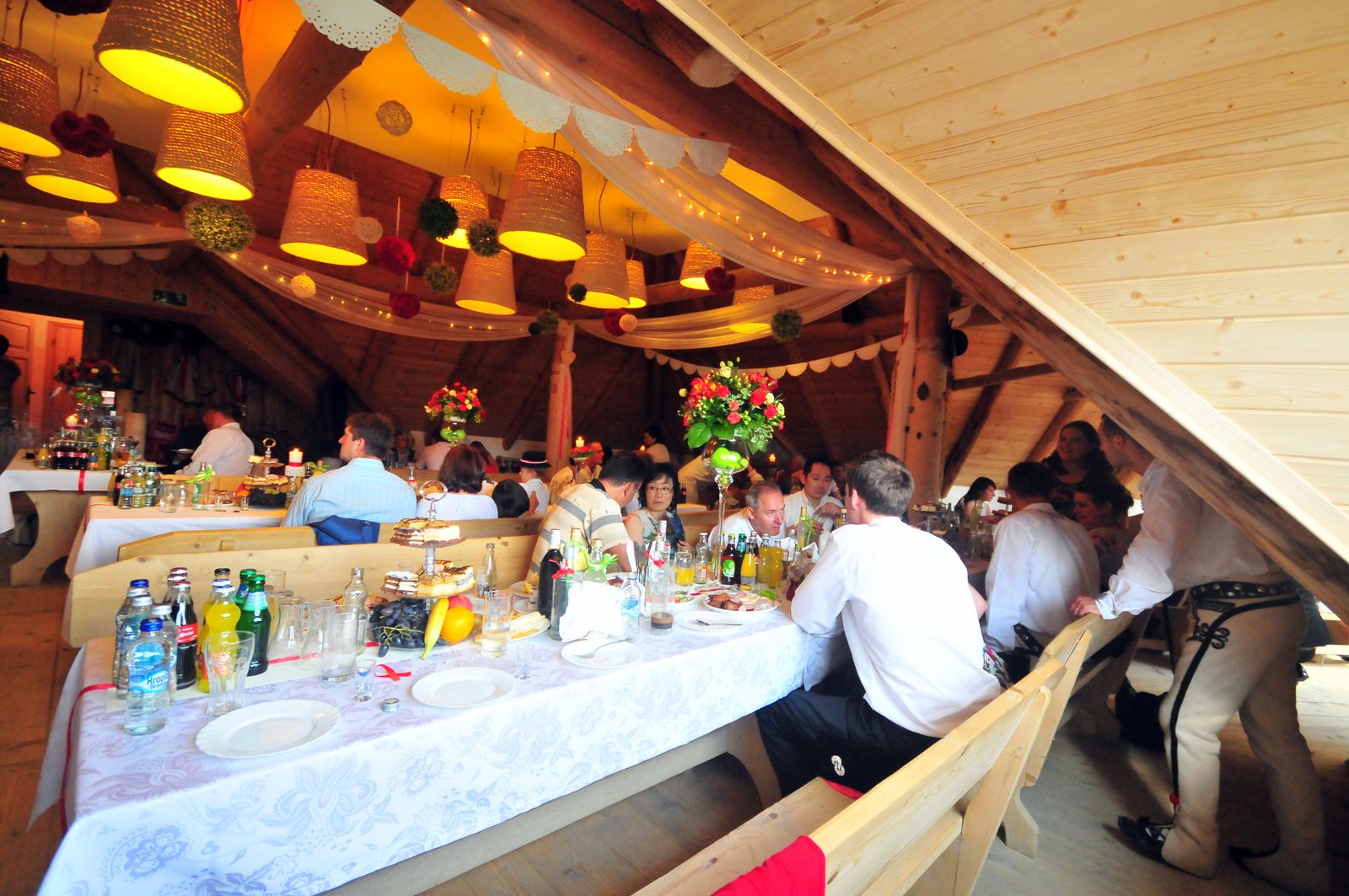
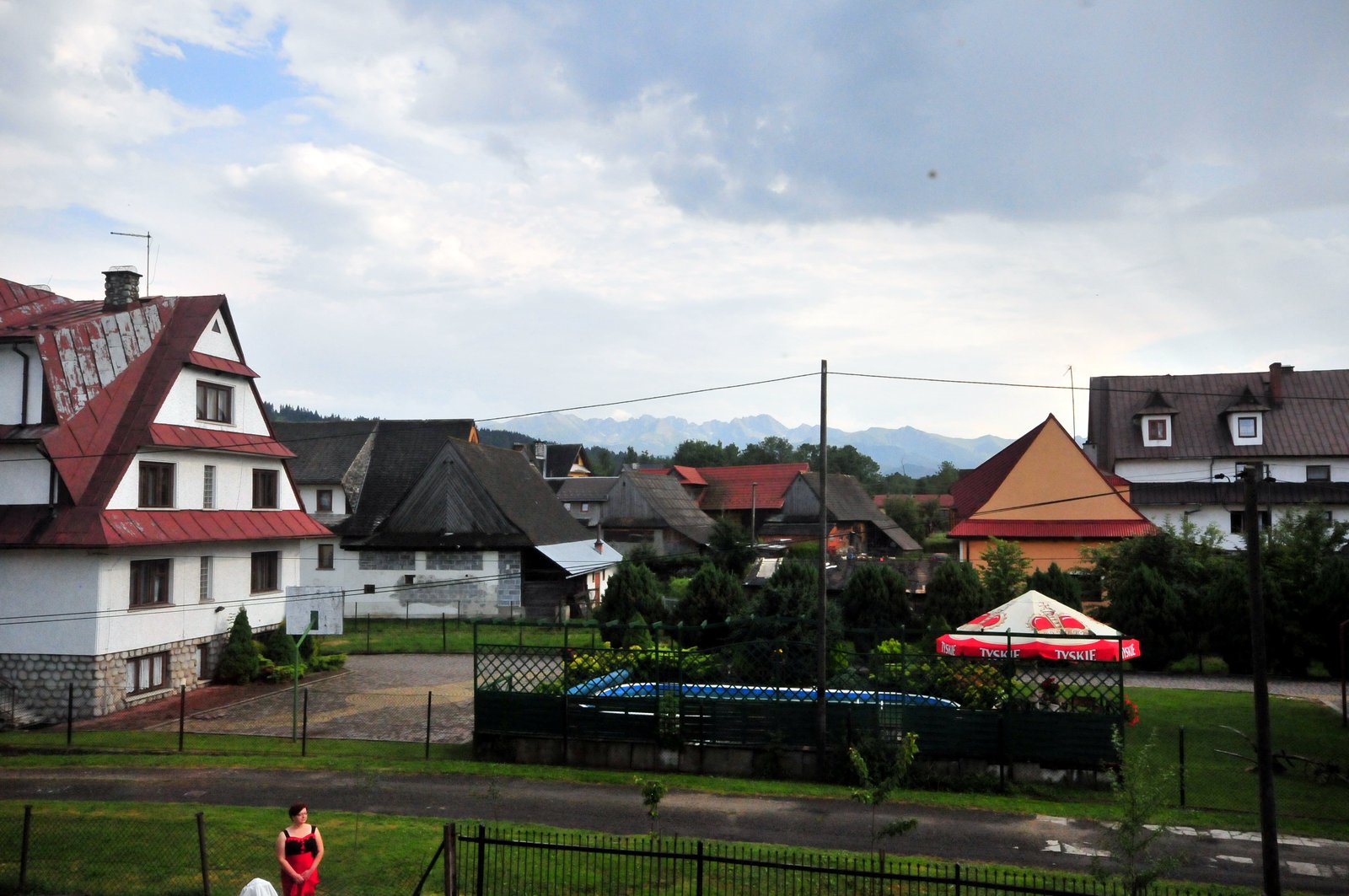
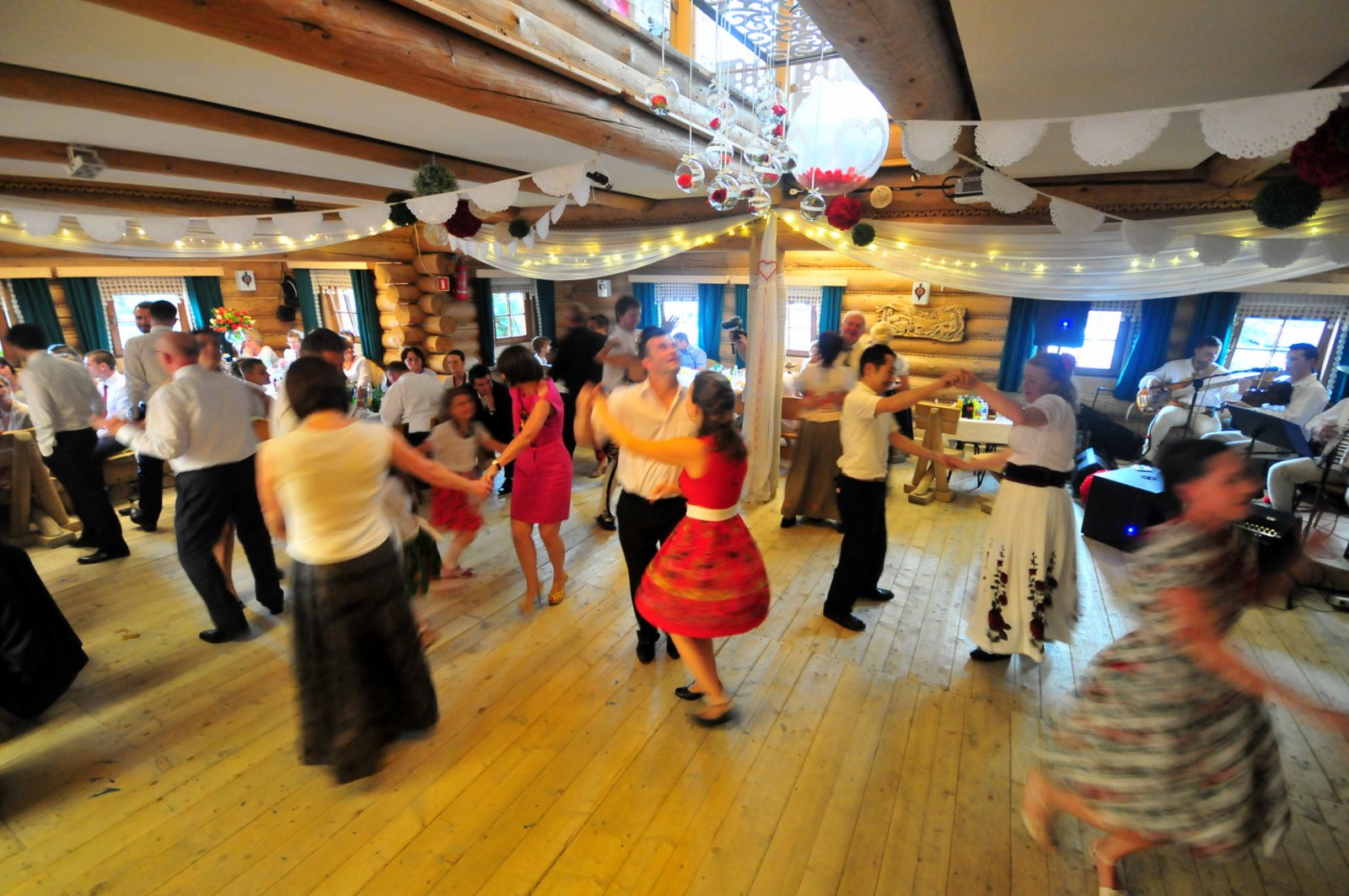
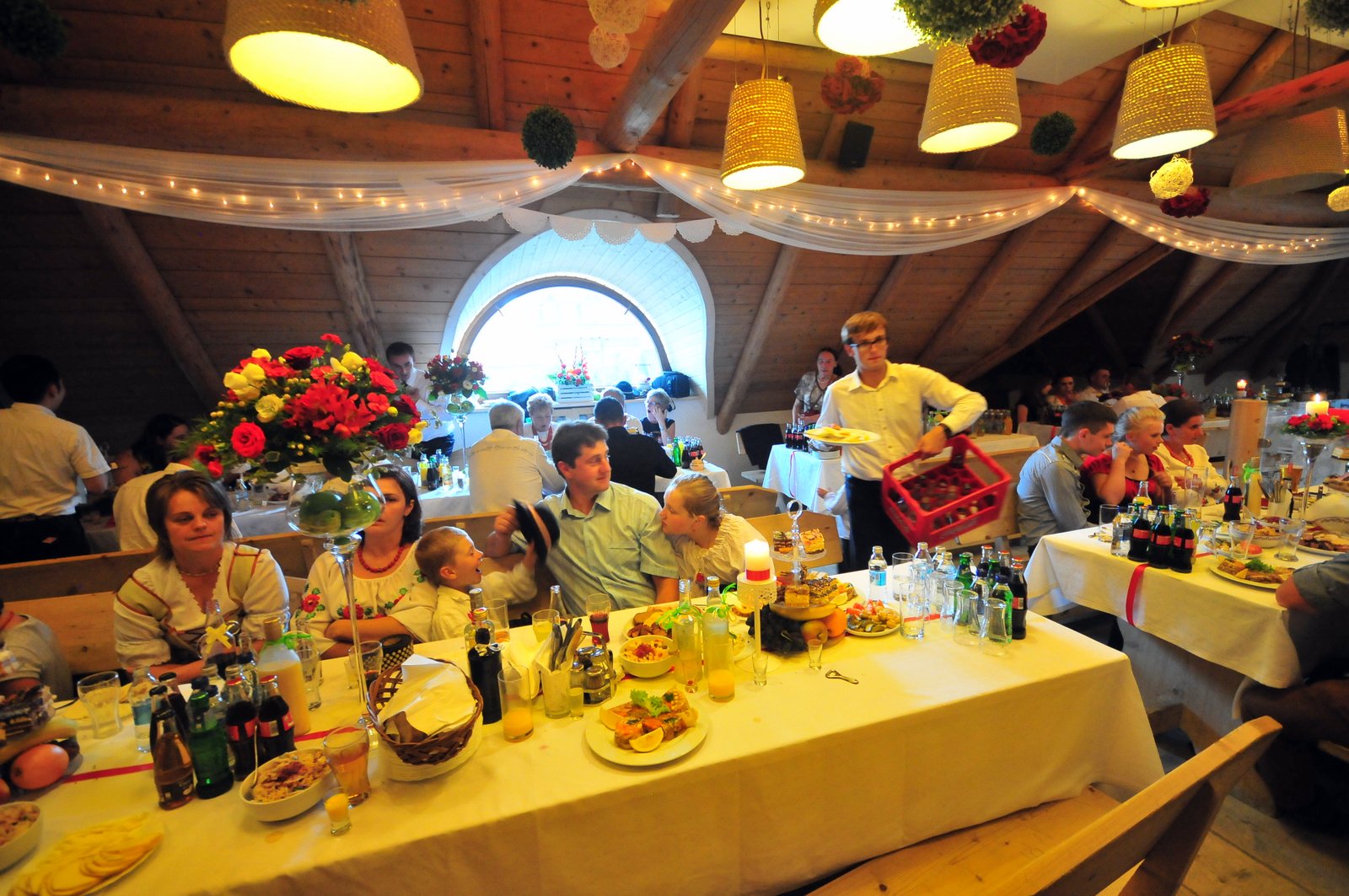
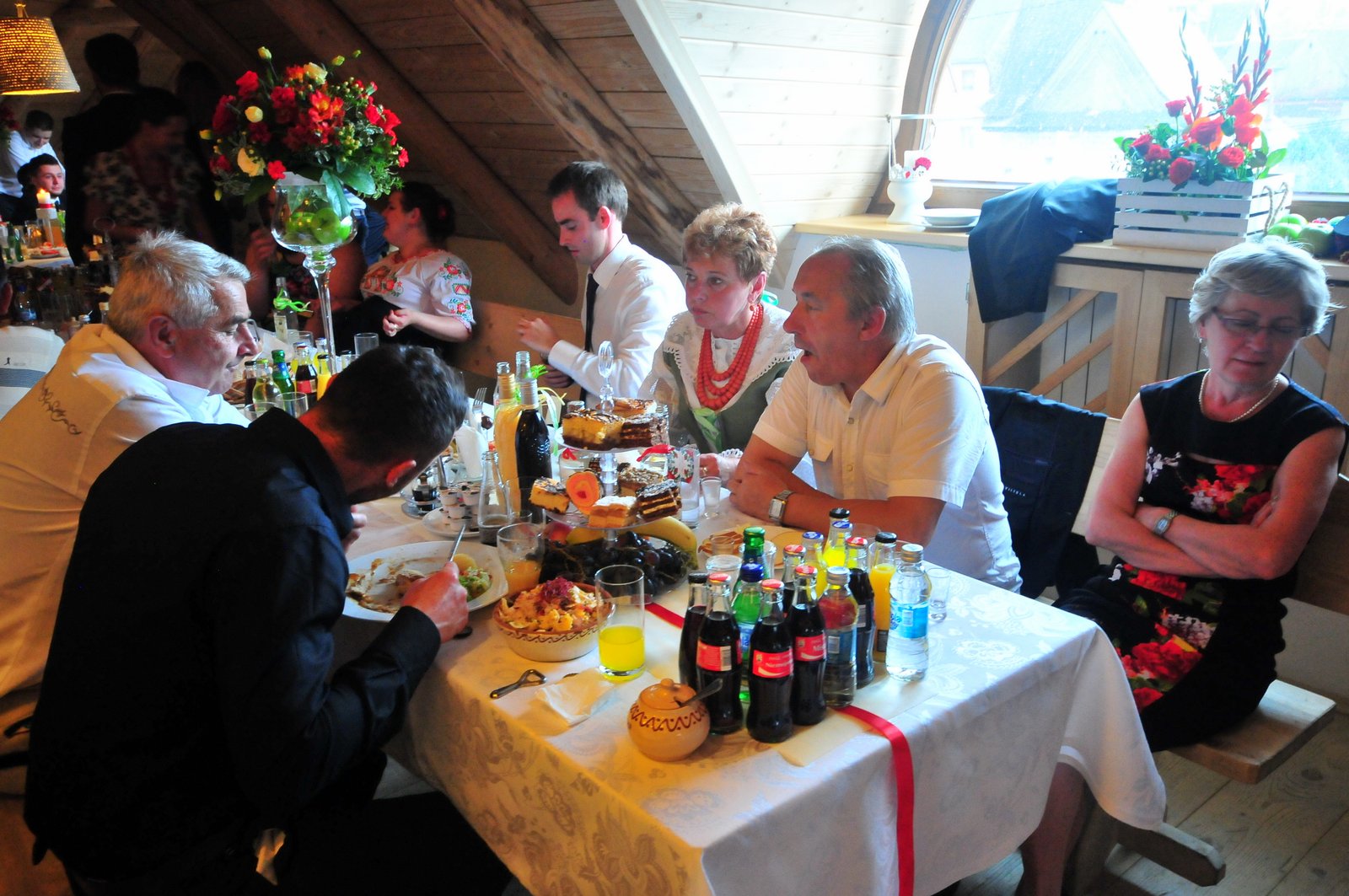
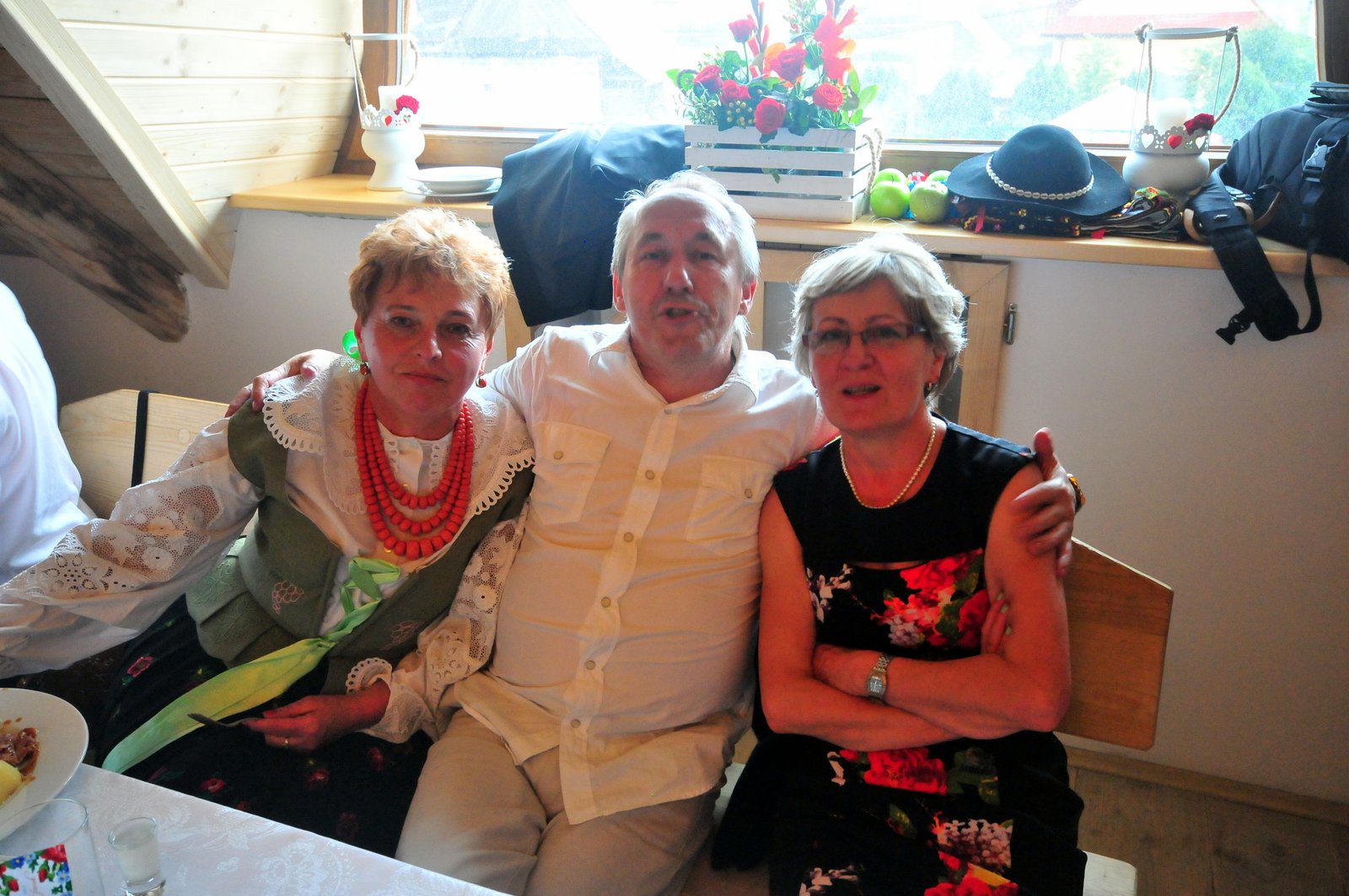
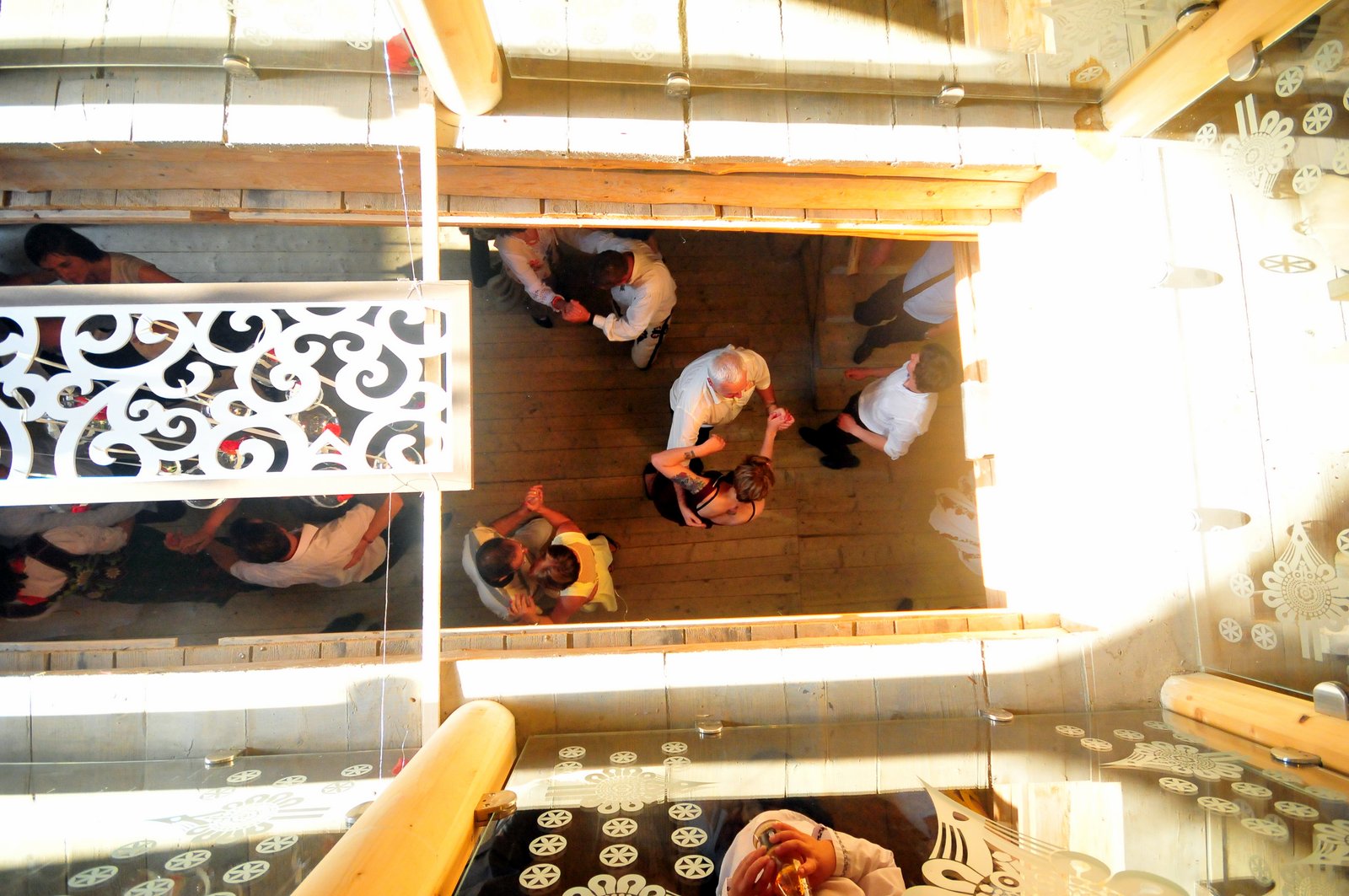
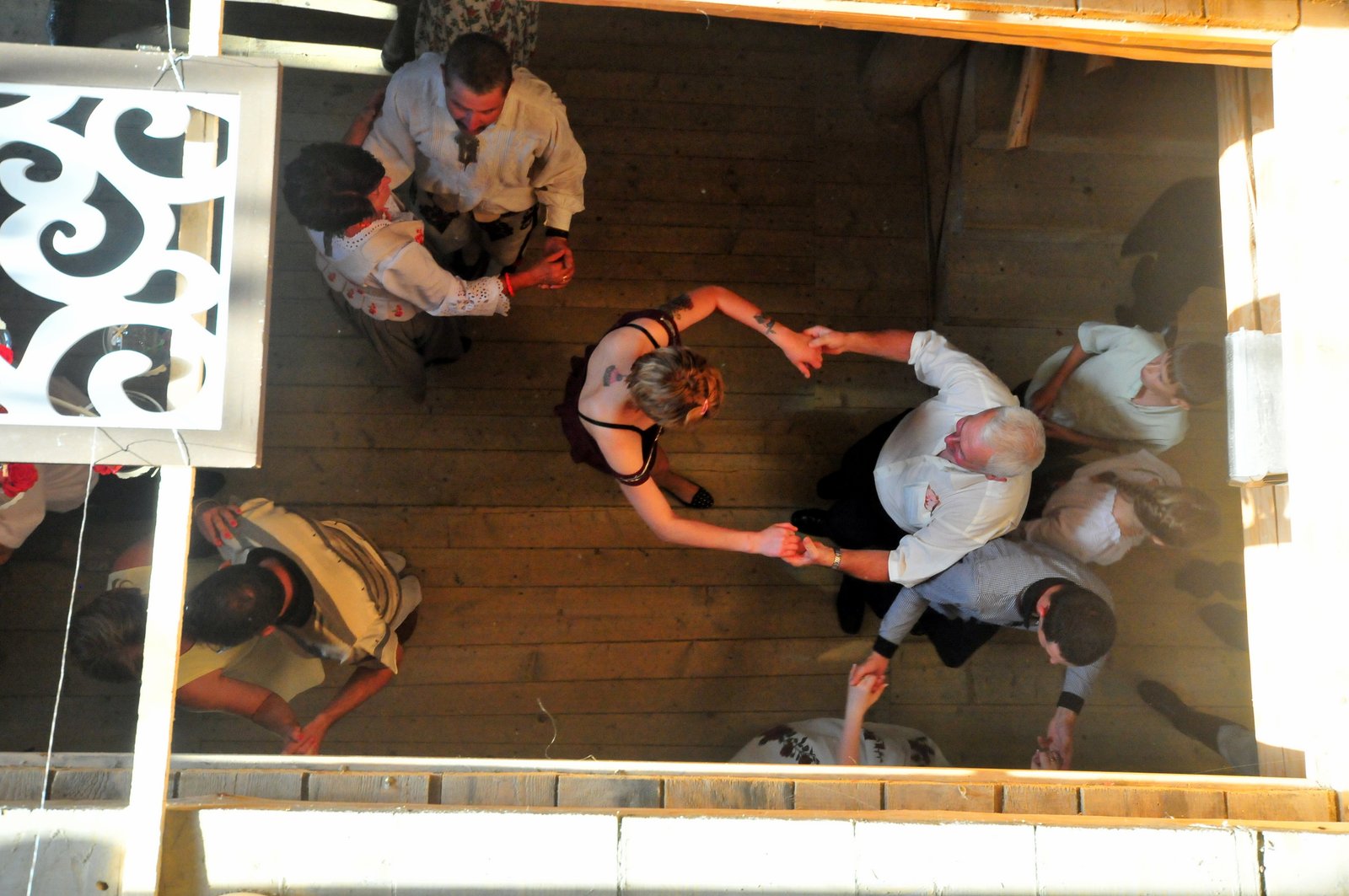
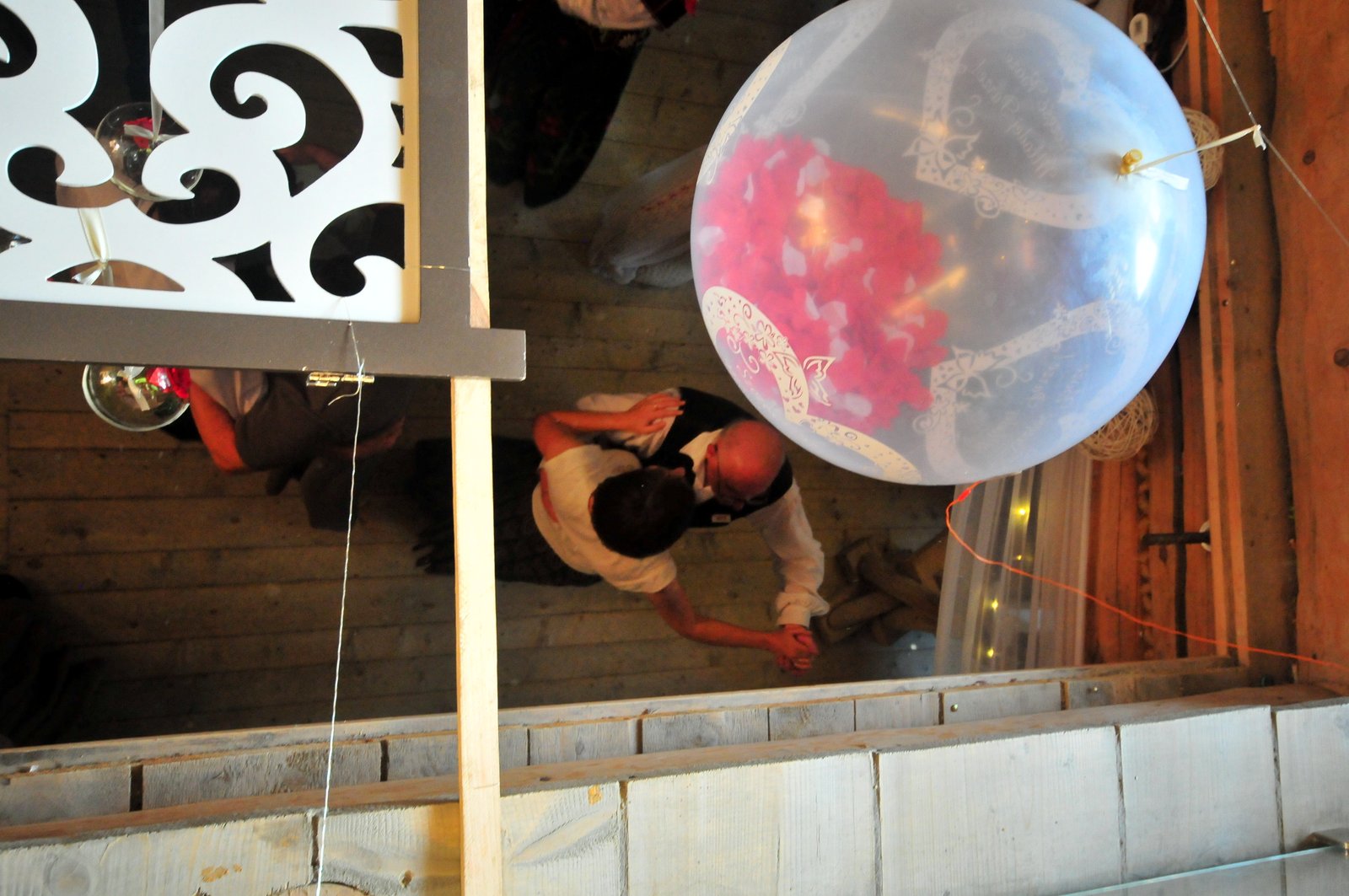
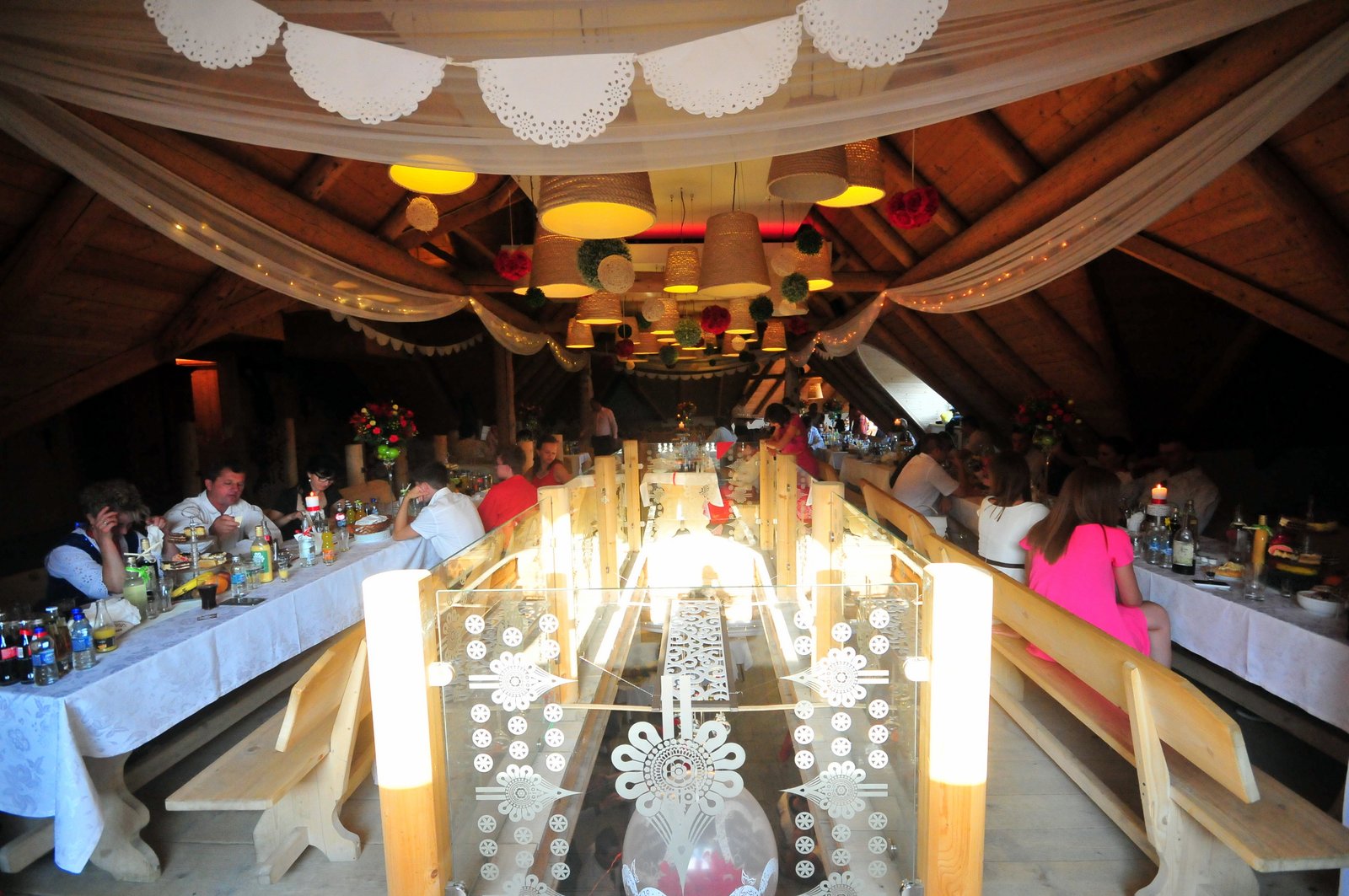
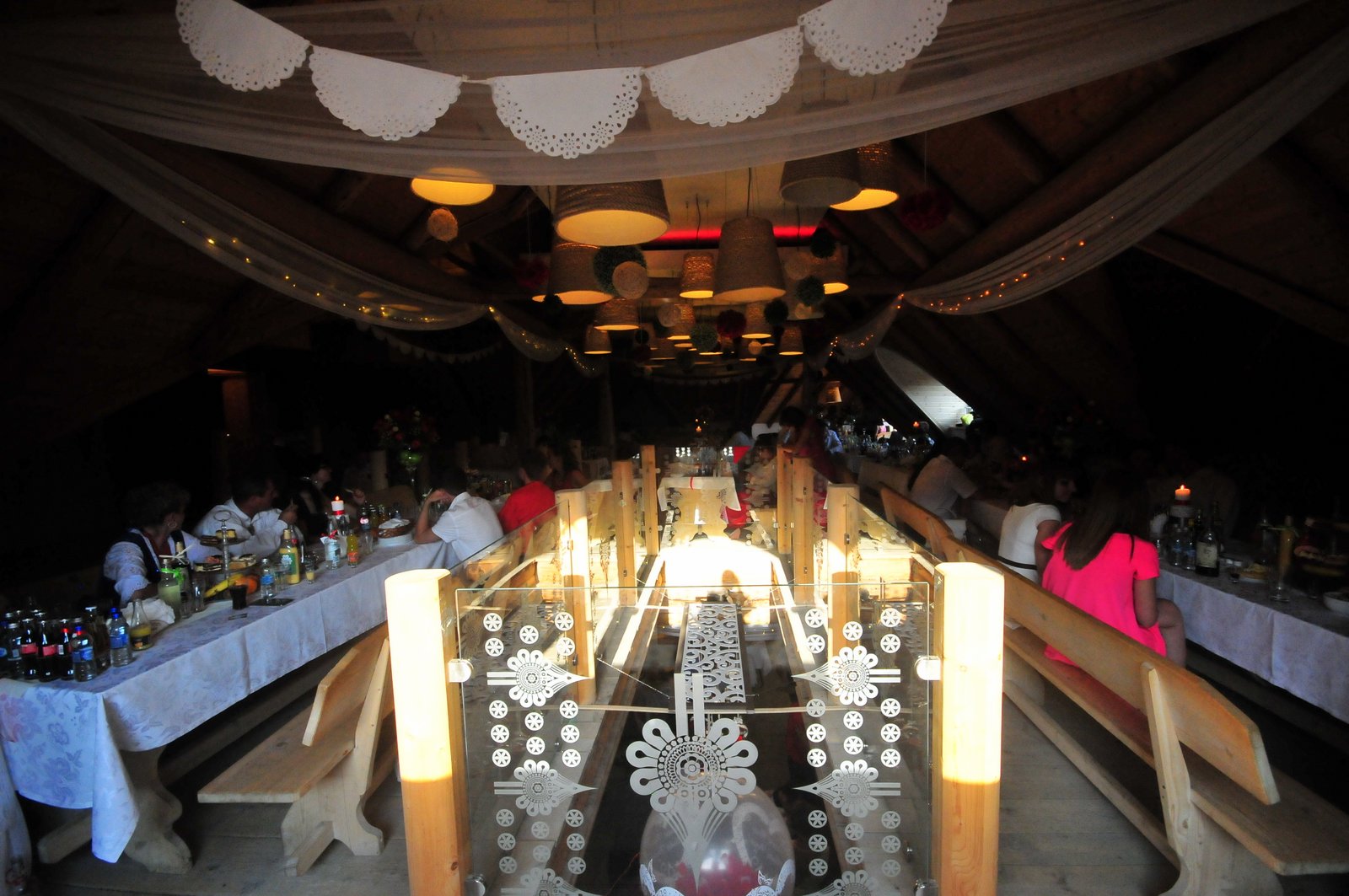
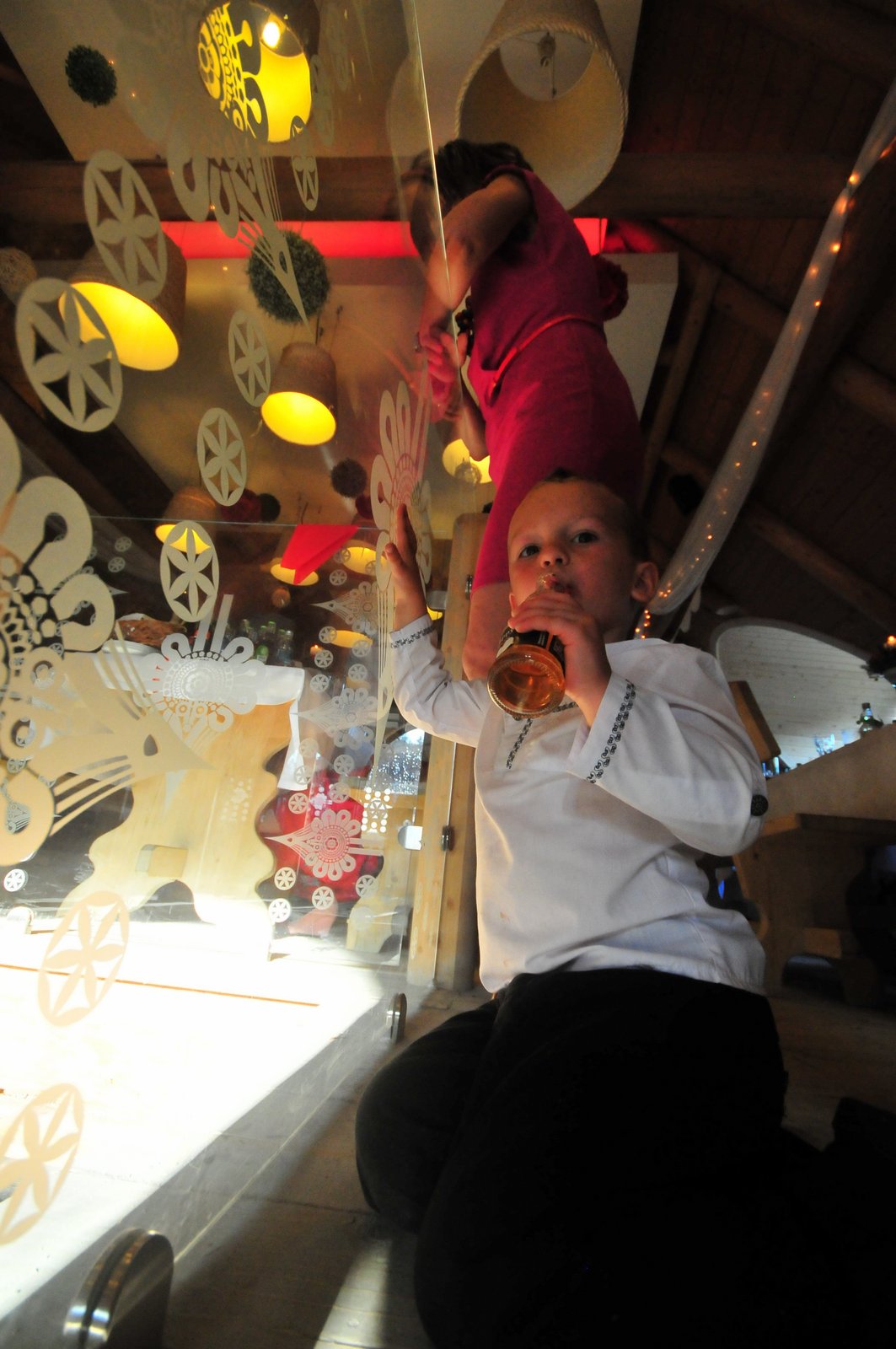
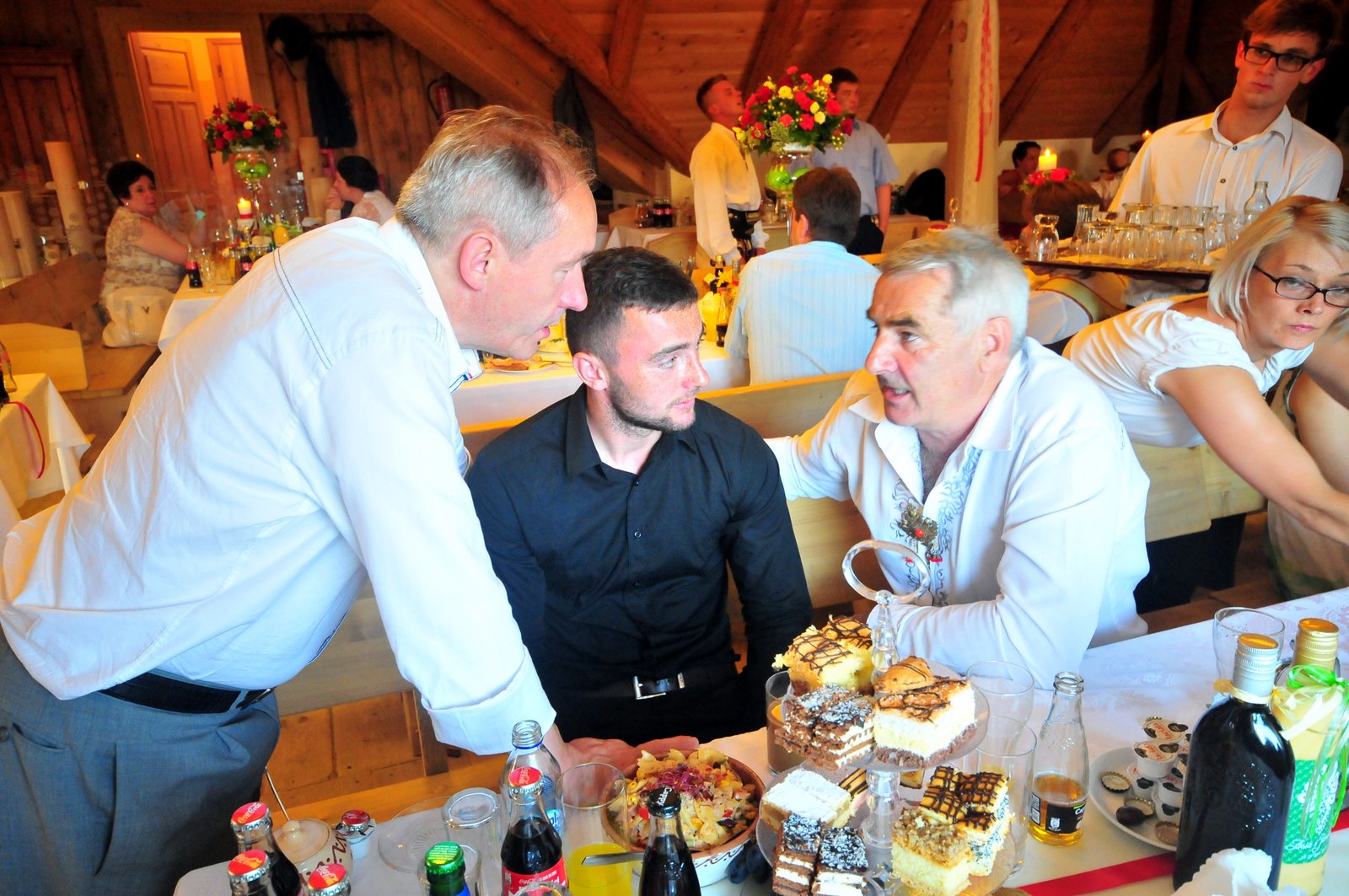
And throughout the evening, thus it continues: eat, drink, be silly, dance, sing, repeat. If it’s a wedding in the highlands of southern Poland, there is even more choreography. At some point some four or five hours into the wedding, the guests gather on the dance floor for the ocepiny. Two of the grooms take the bride between them and refuse to give her over until their demands are met. These demands come in the form of a song that is often made up on the spot. A second group, called essentially “the old ladies,” reply with their own song in response to the grooms’ song, bringing some kind of gift that humorously fulfills the grooms’ request. And so it goes, back and forth, back and forth, for some time until it’s time for the “solos” — a man stands before the band (now a traditional highlander group consisting of one or two violins, a viola, and a cello to provide the bass), sings the first bit of a song he wants, then takes the bride for a turn around the dance floor. More gifts, more songs, more singing, and it goes on and on, an hour, an hour and a half.
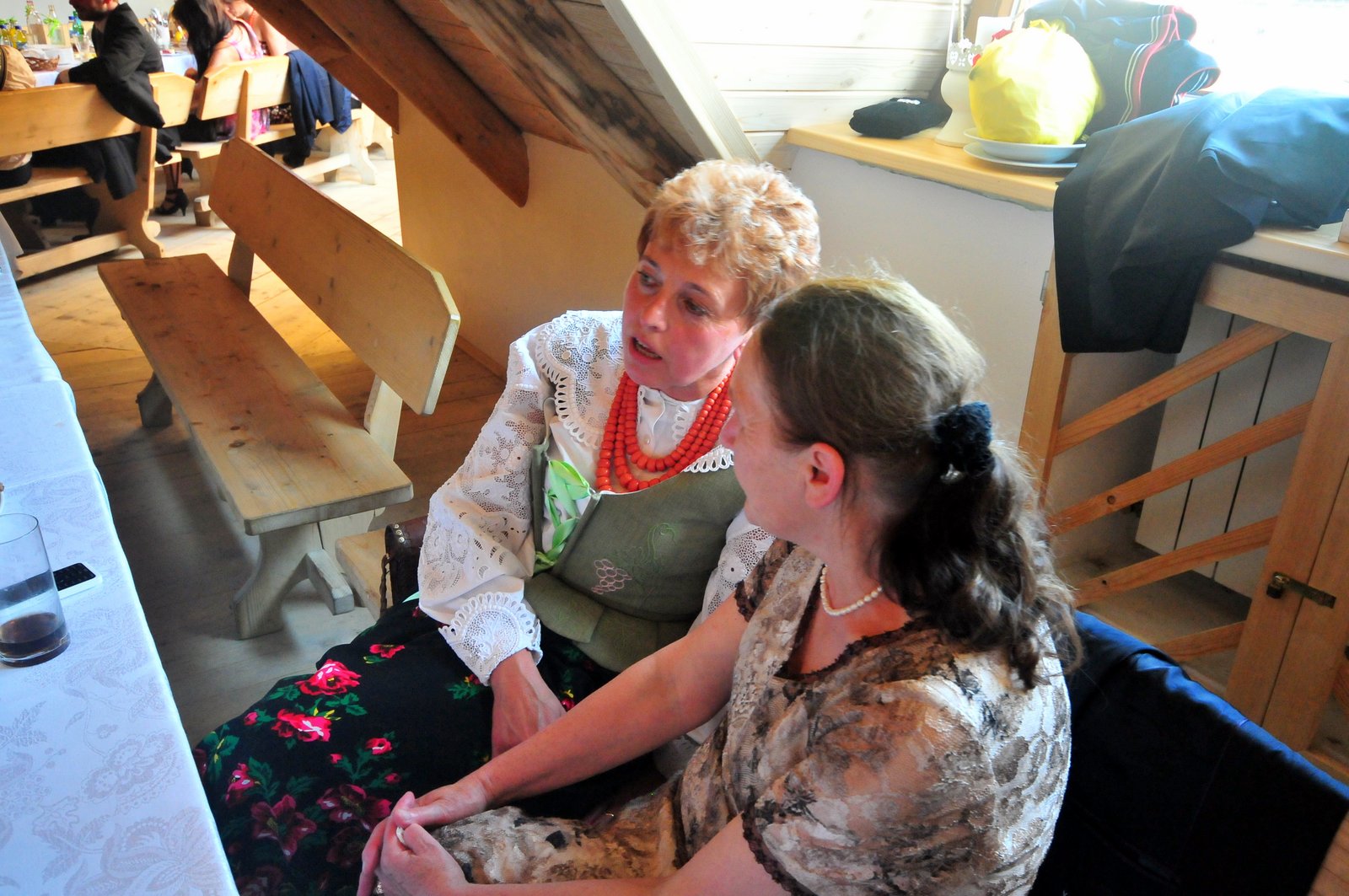
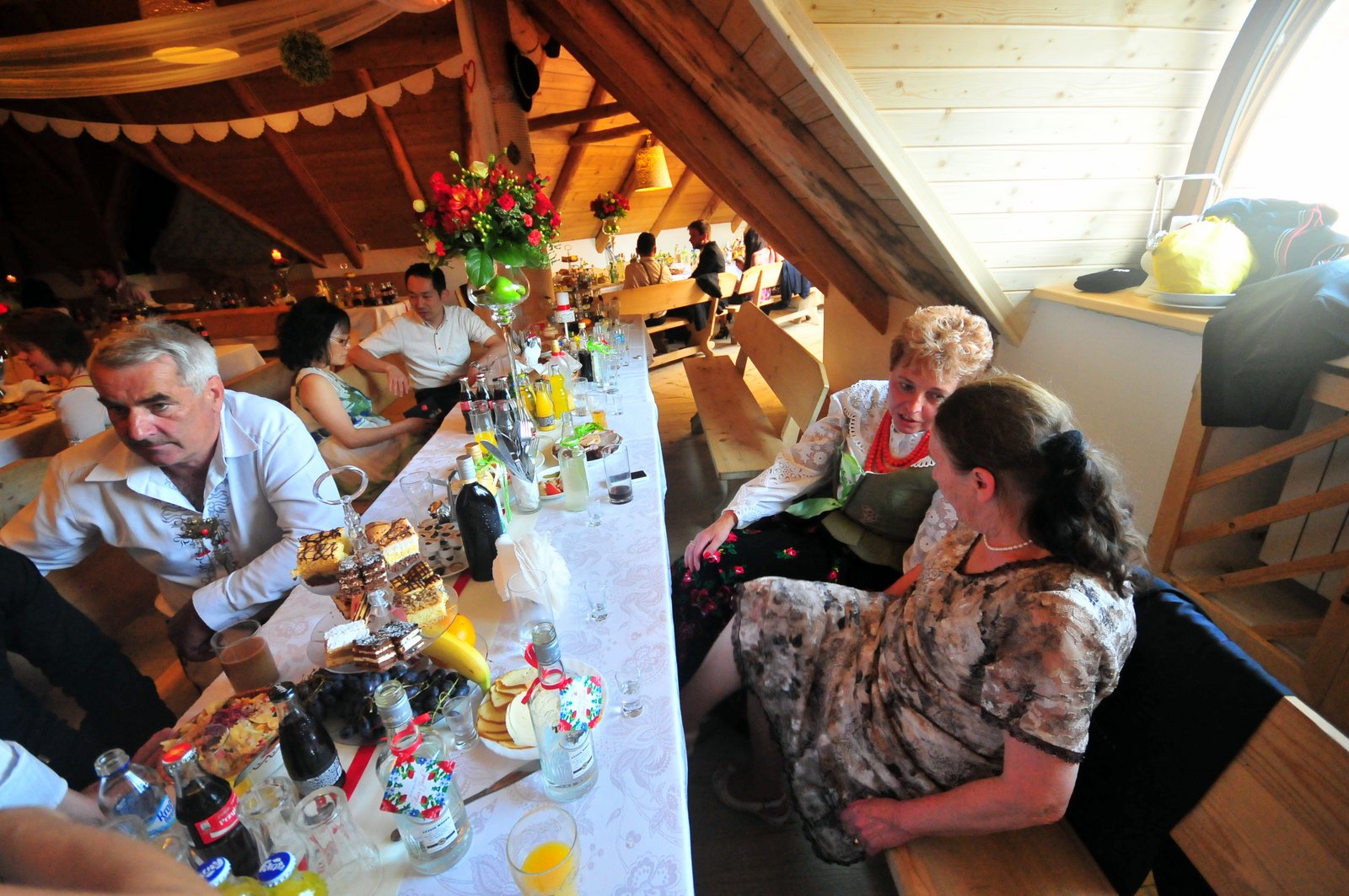
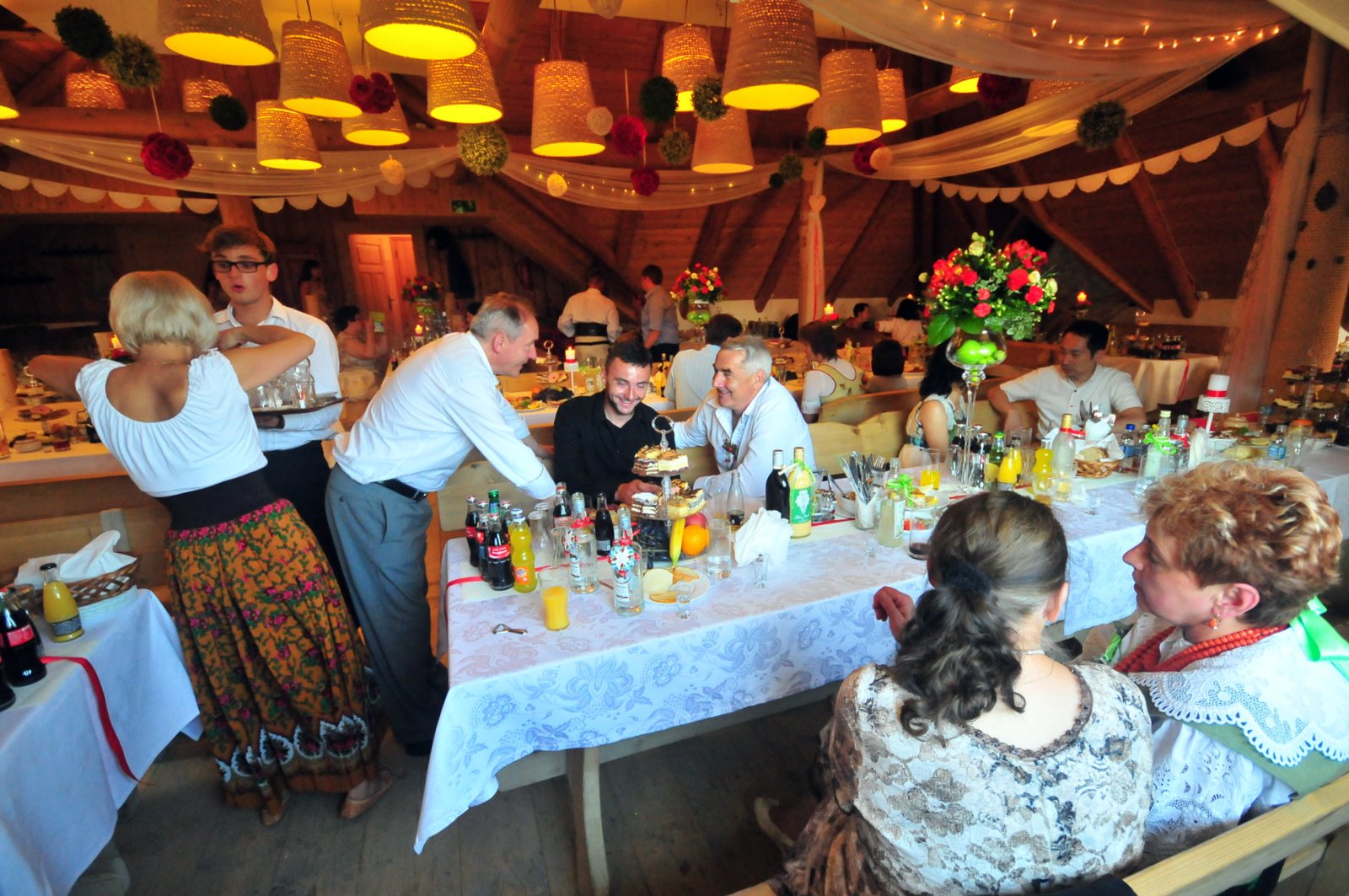
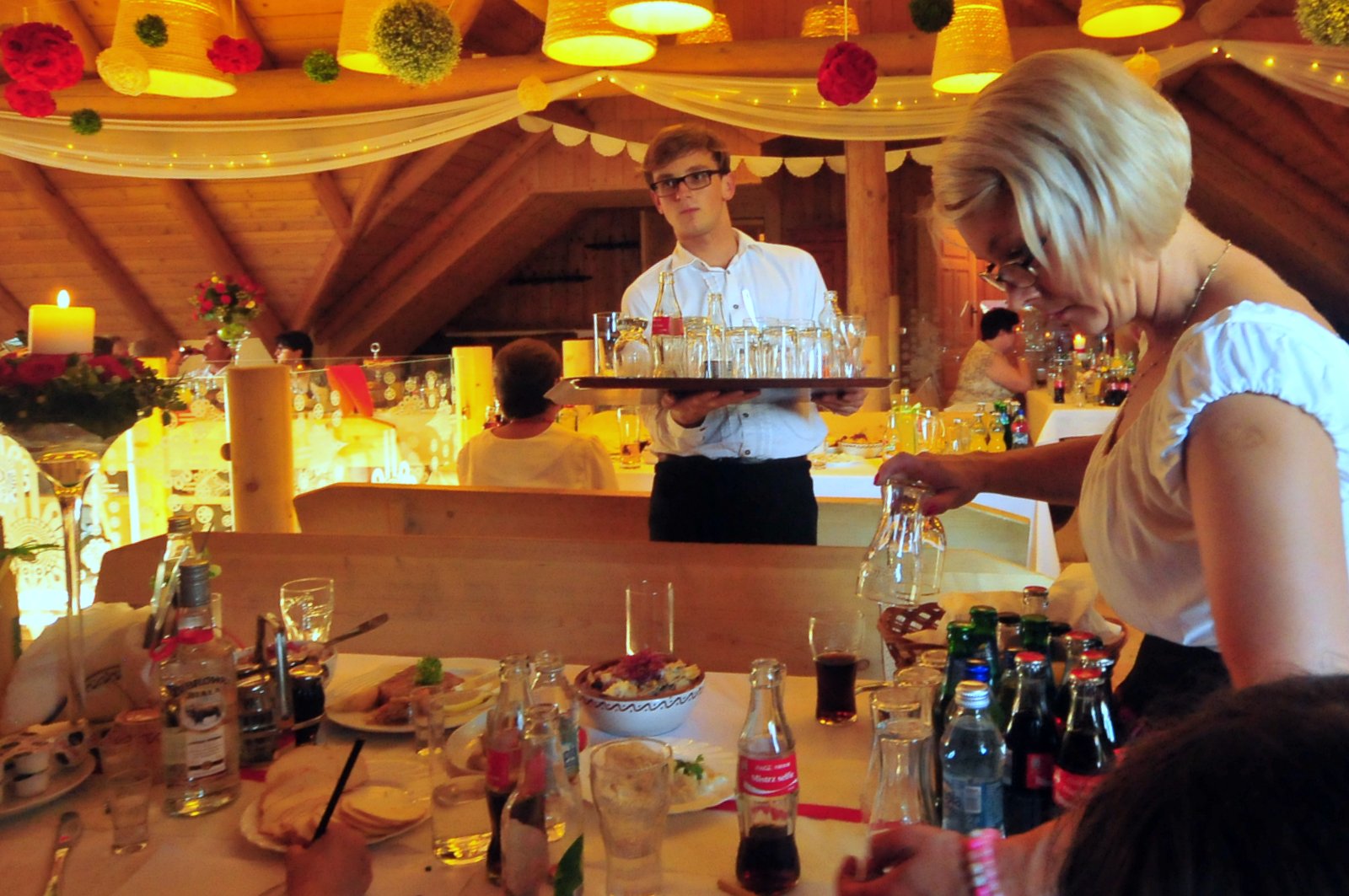
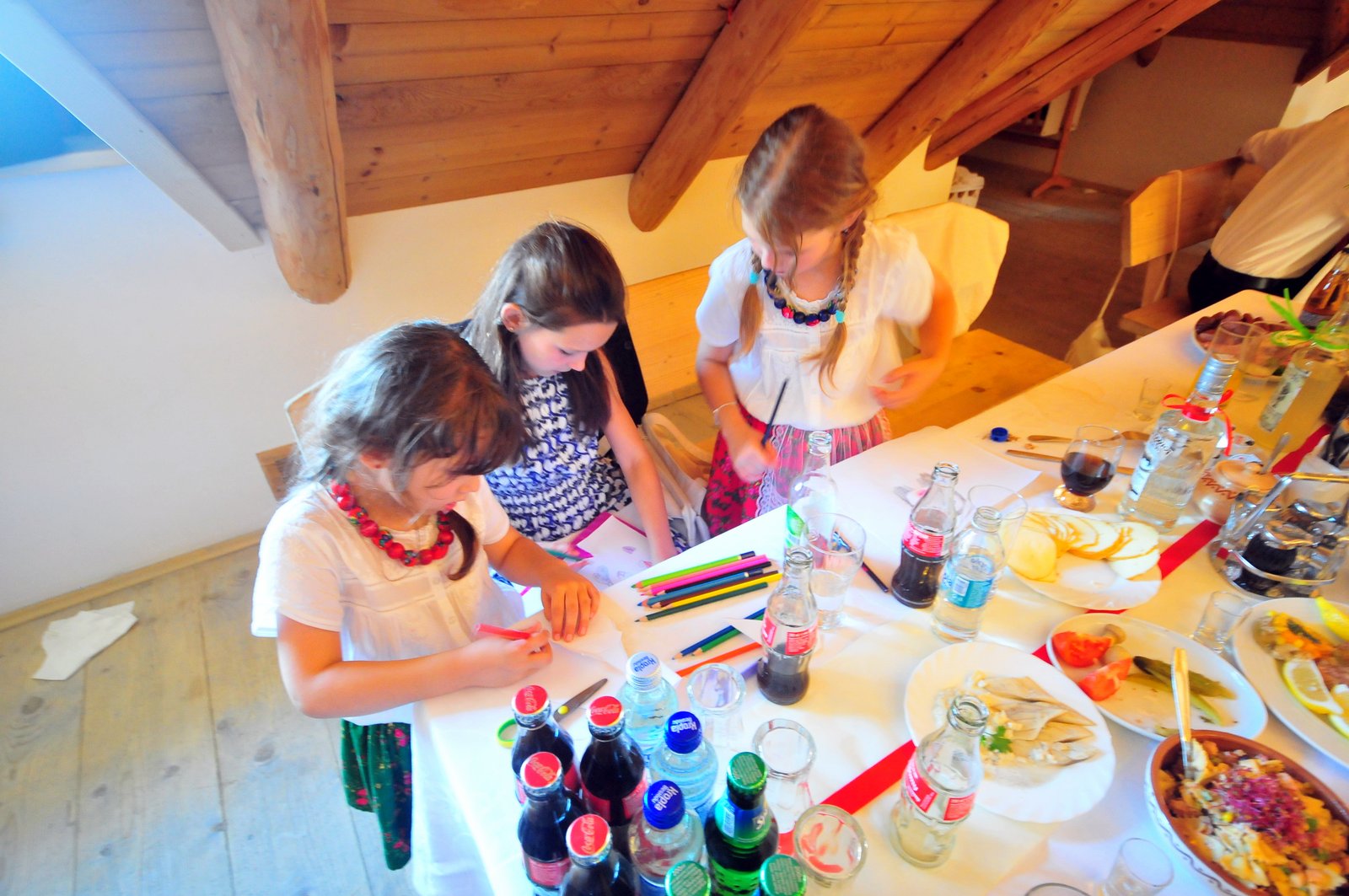
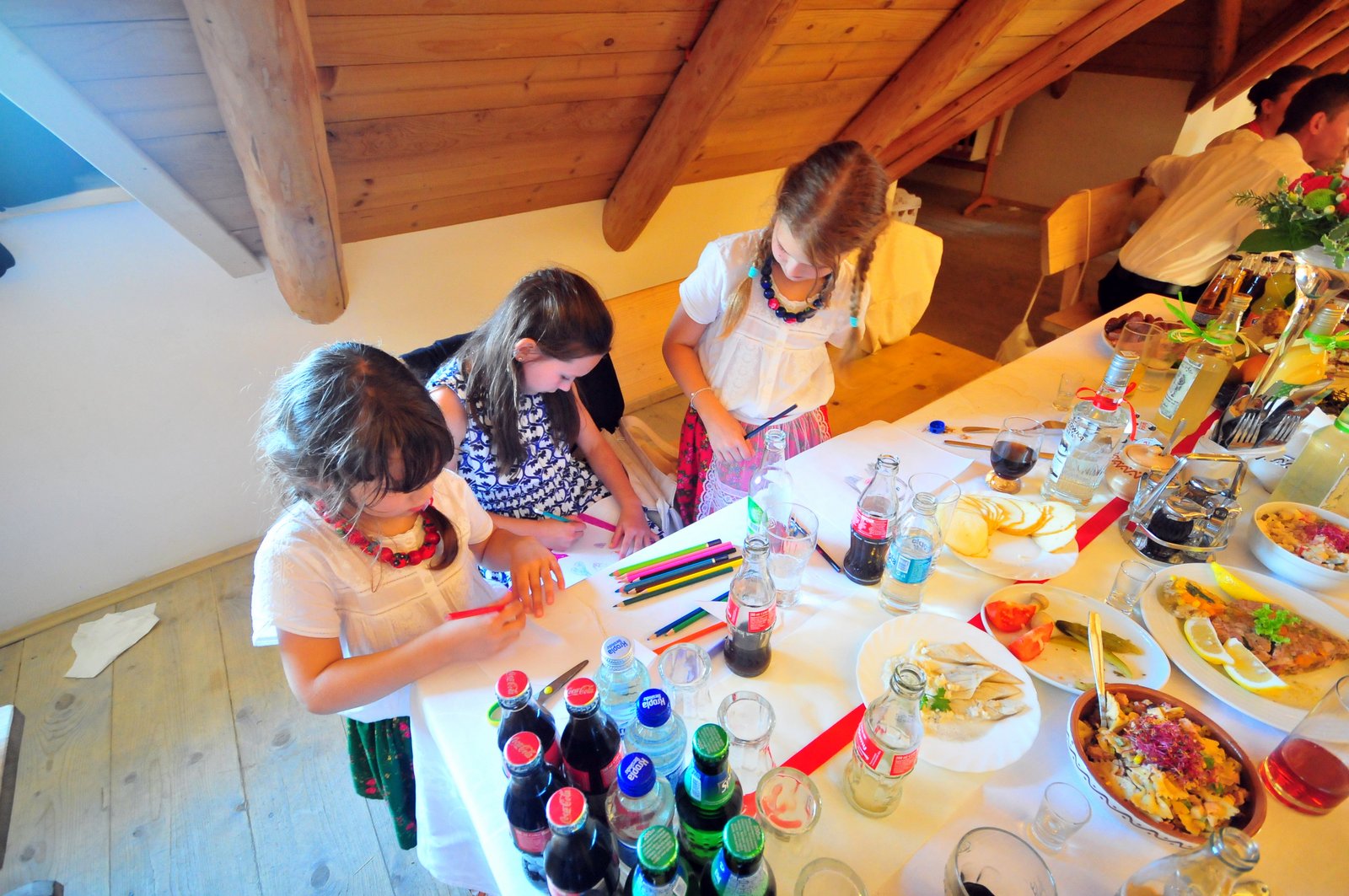
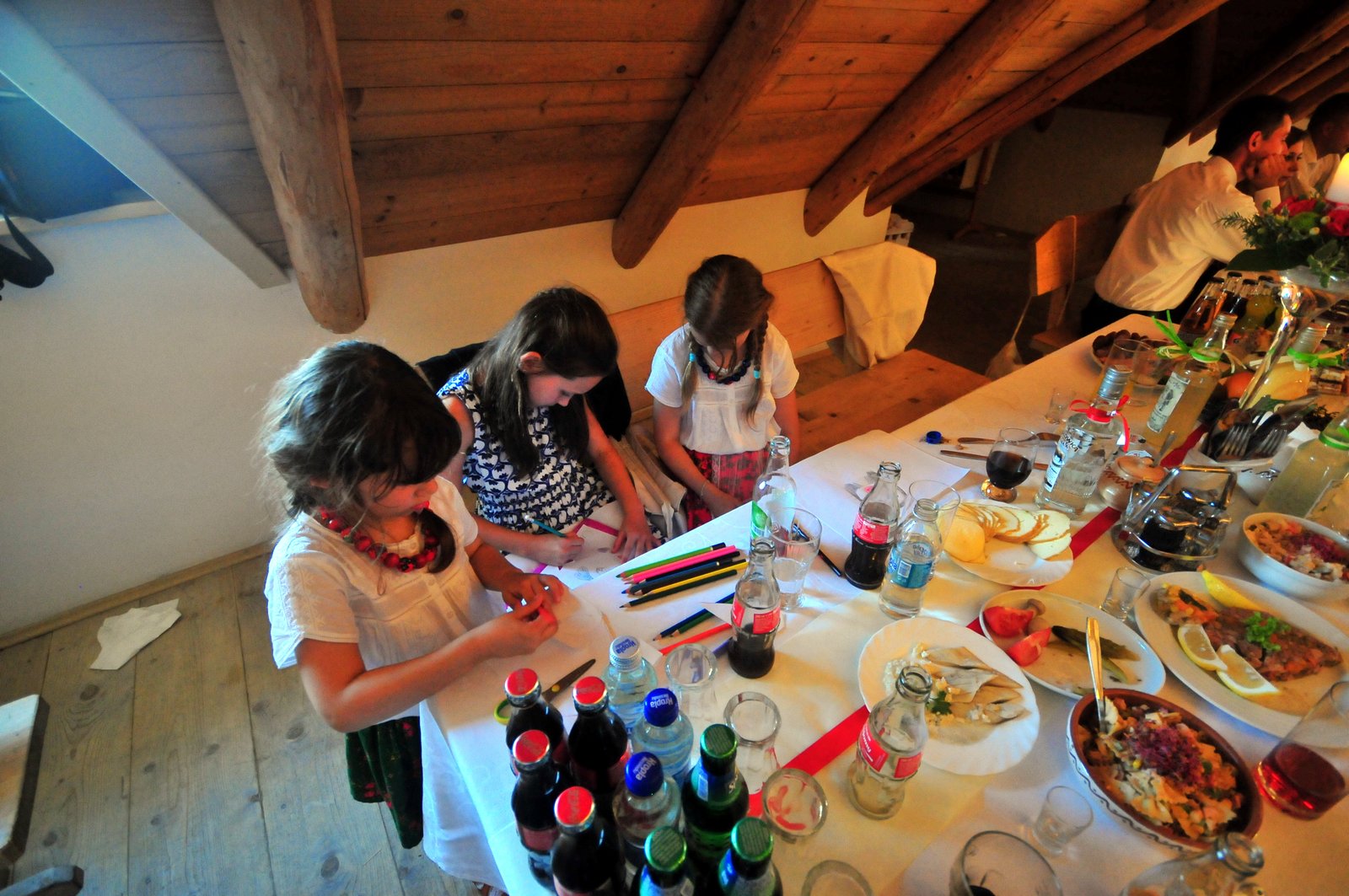
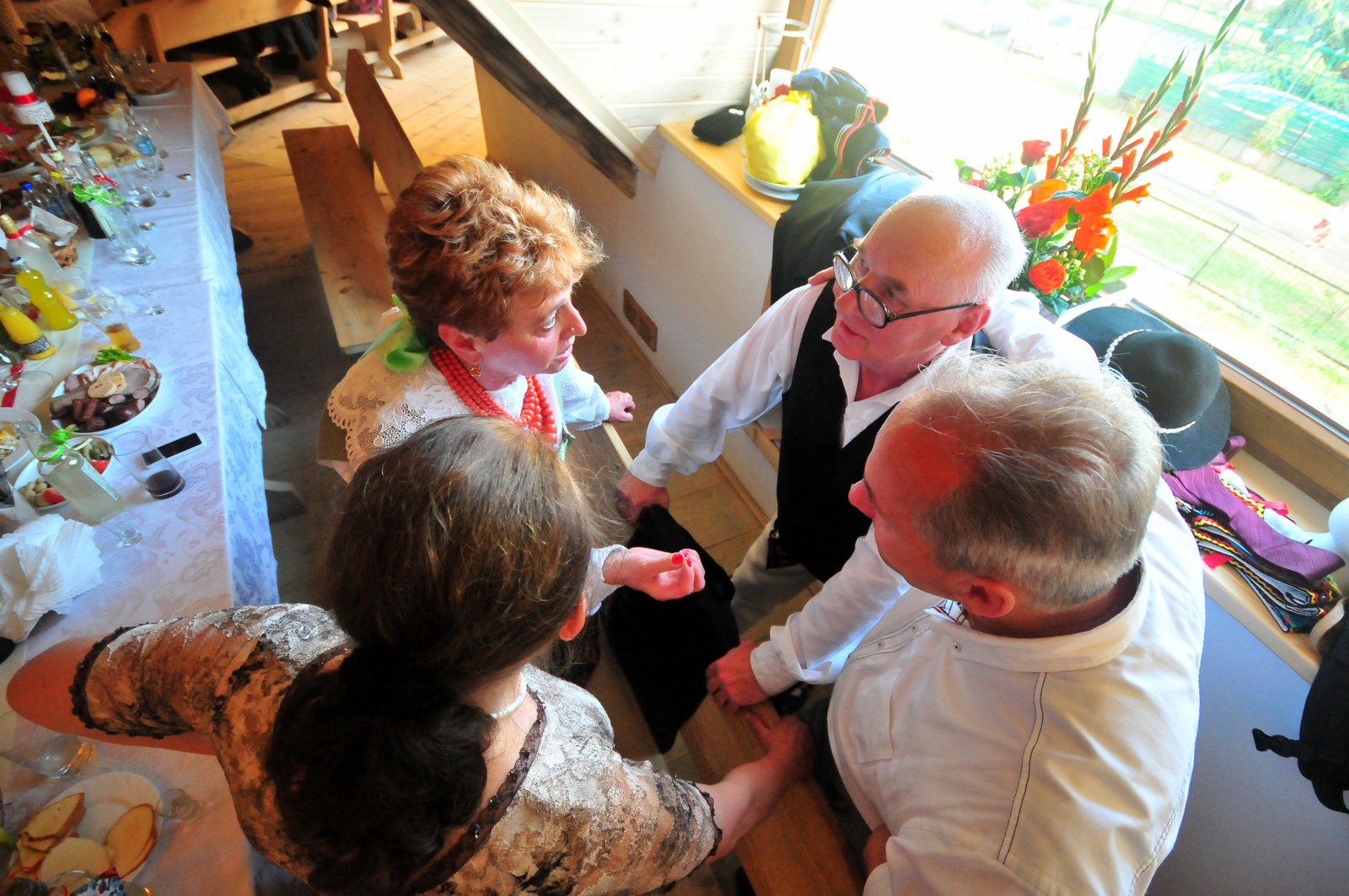
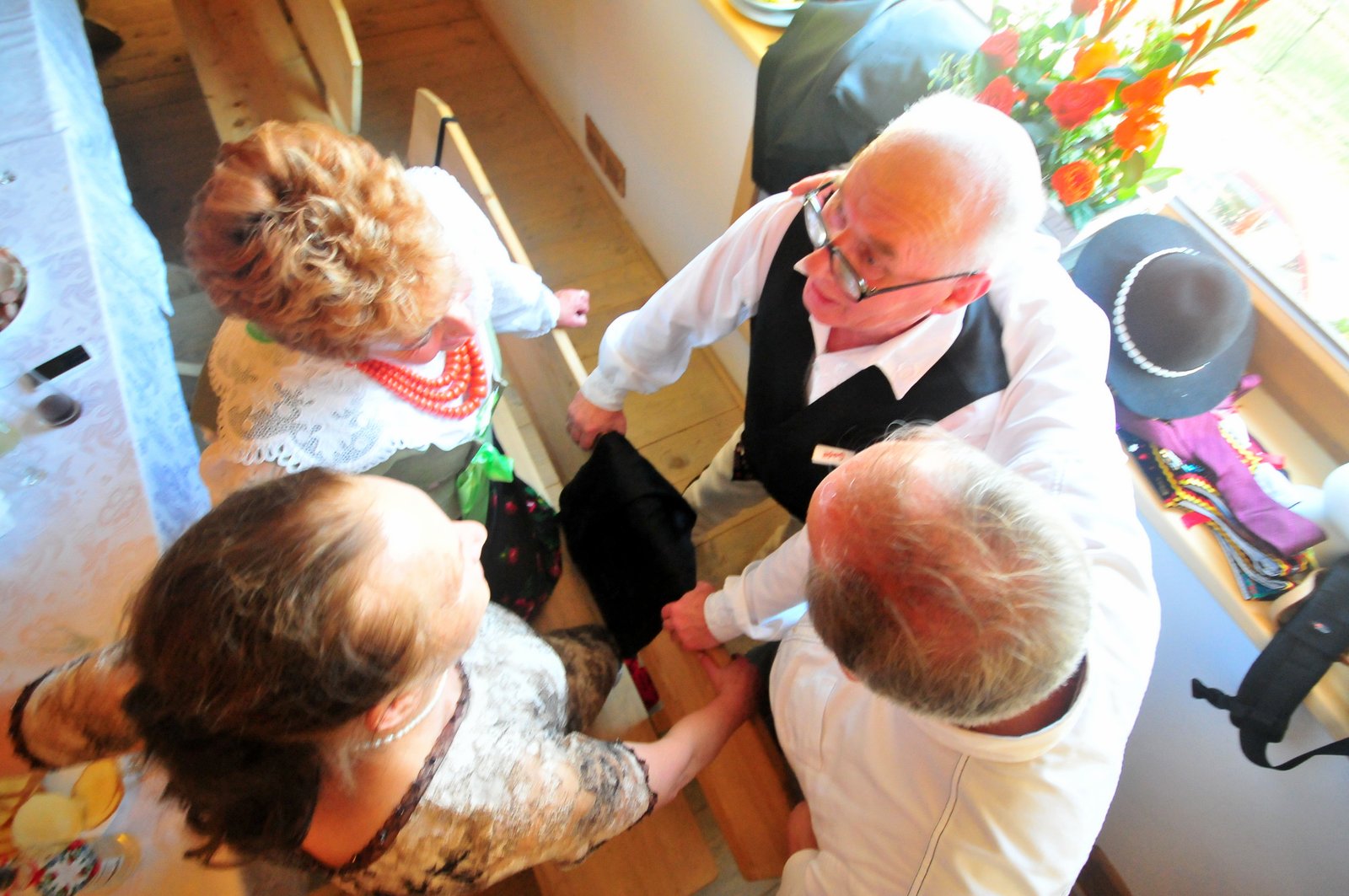
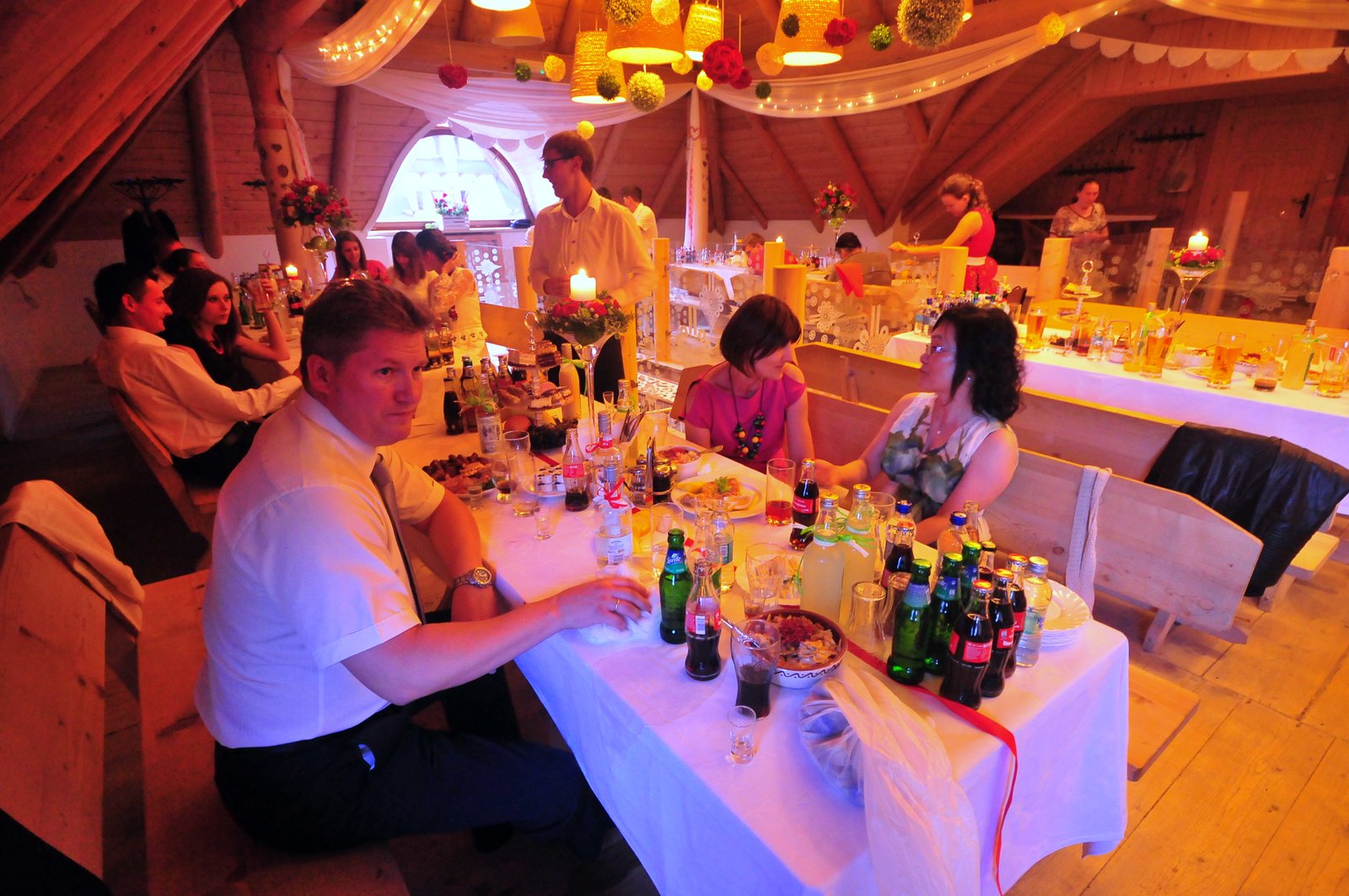
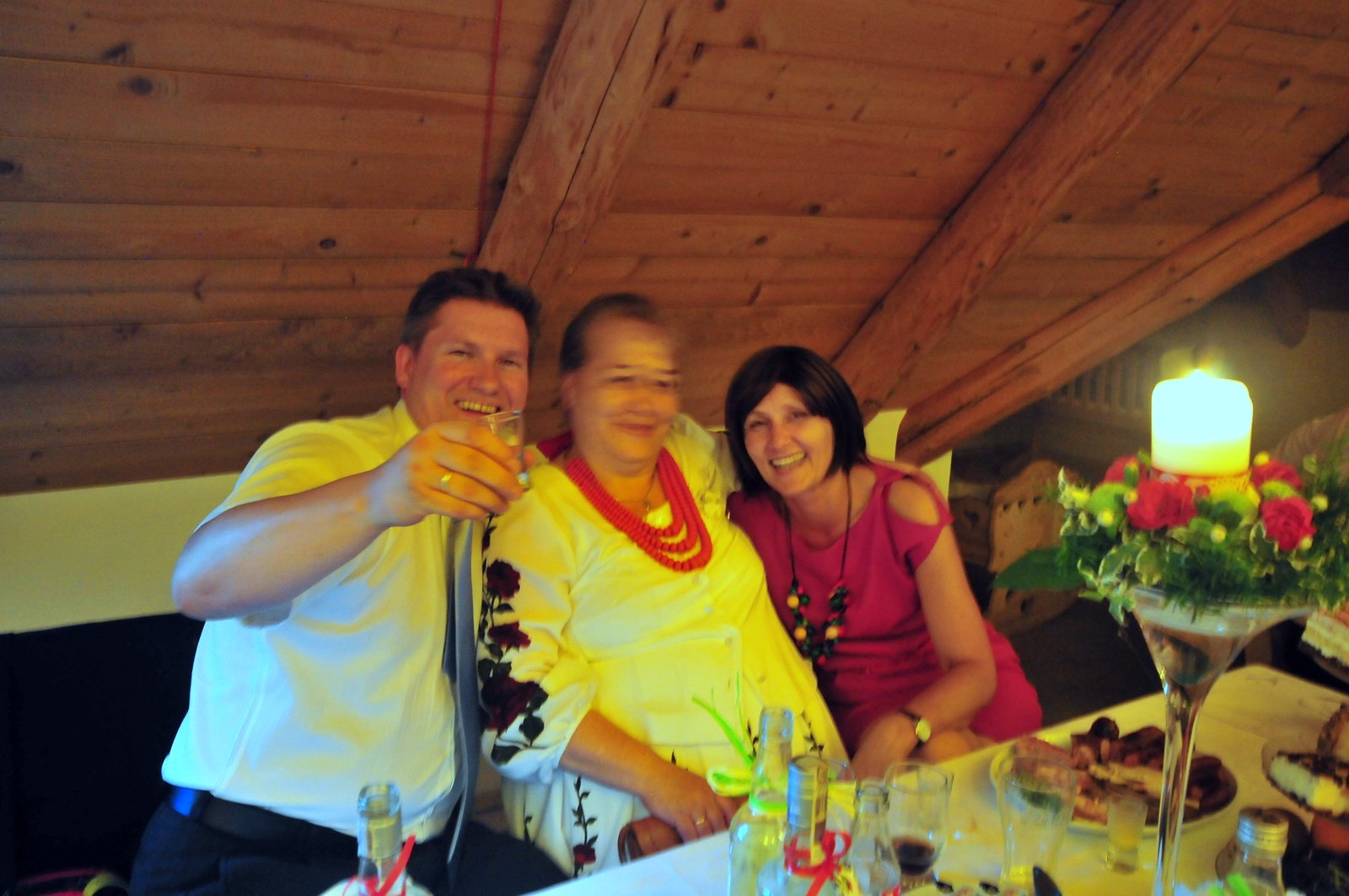
And this all seems to combine to from a good definition of culture: a choreography that insiders seem to perform without thinking while outsiders look for the pattern. That was part of the joy of living in Poland for so long: looking for, noticing, and then learning those patterns, eventually even taking part in many of them. It’s the process of moving from the outside to the inside that makes living abroad so enlightening, for not only do you learn about your new home’s culture but you also notice things about your own culture than you never noticed before as you compare the two. Sometimes the things you notice about your own culture aren’t so very pleasant, but often having that second pattern makes the first more clear.
0 Comments